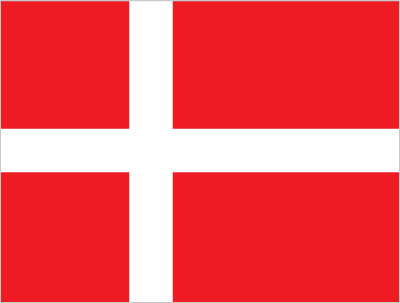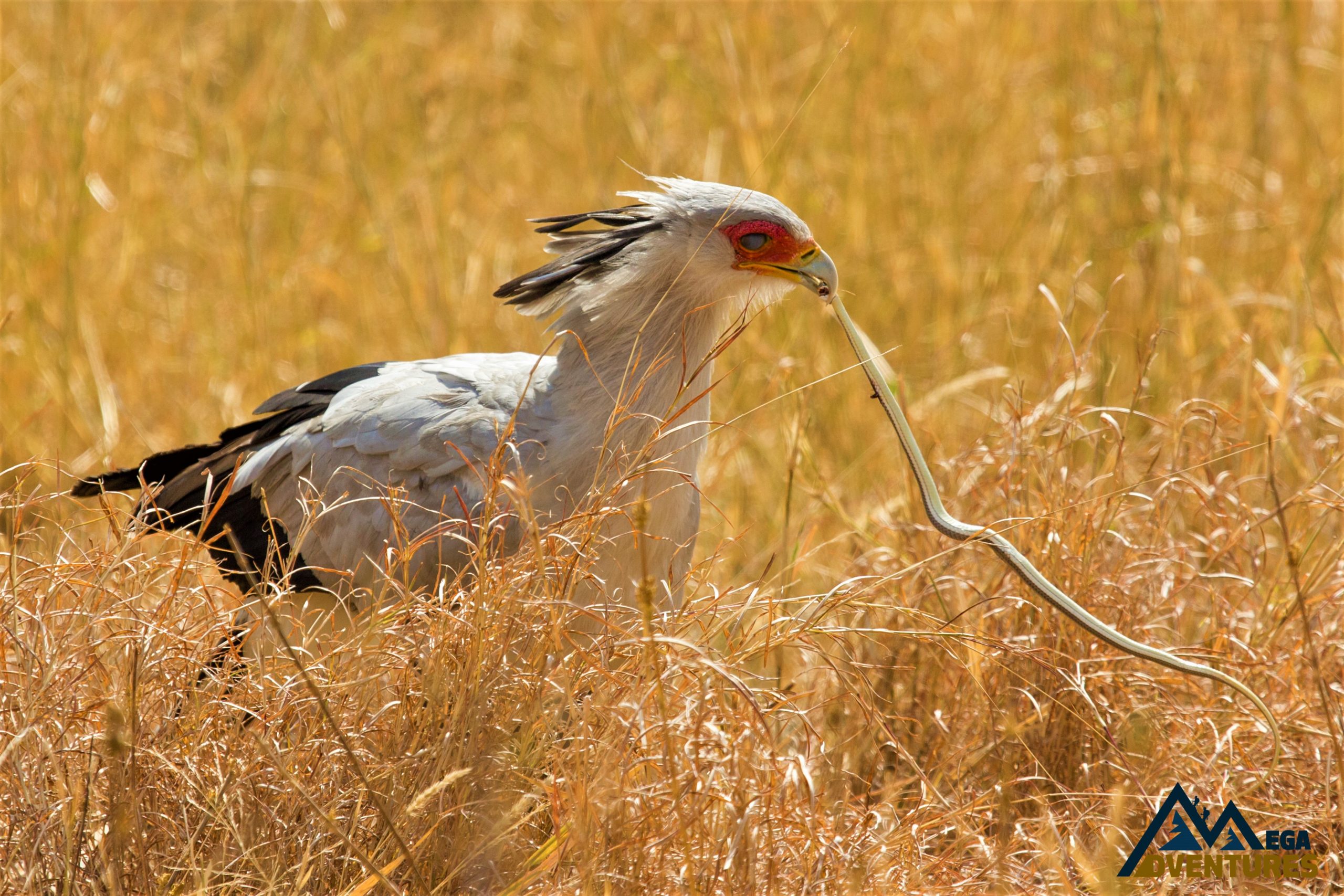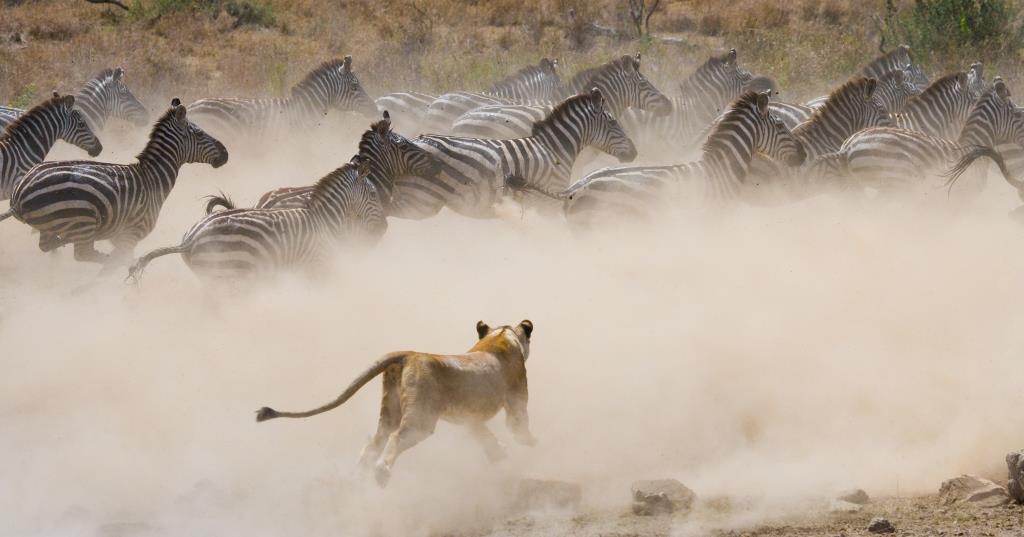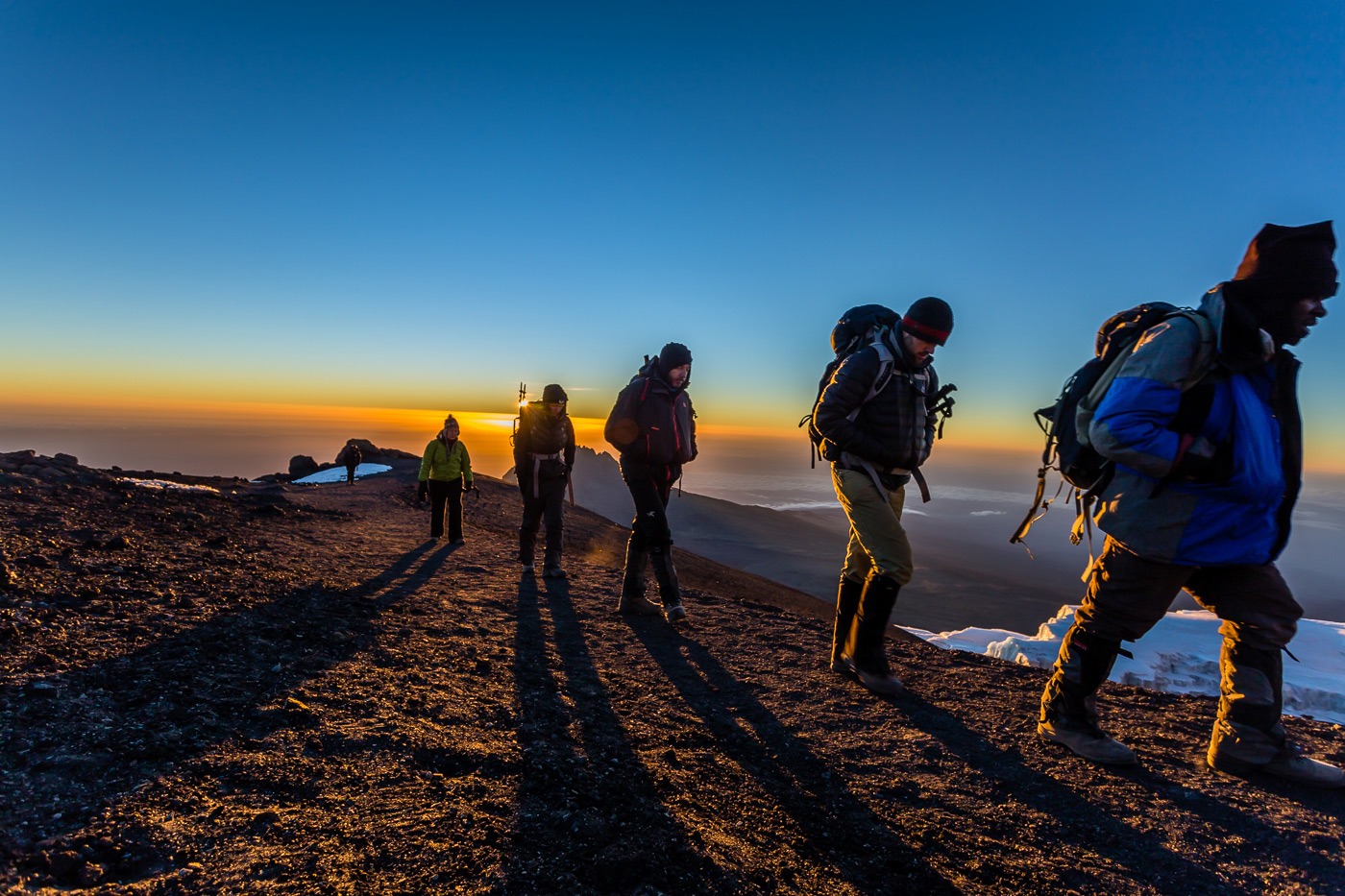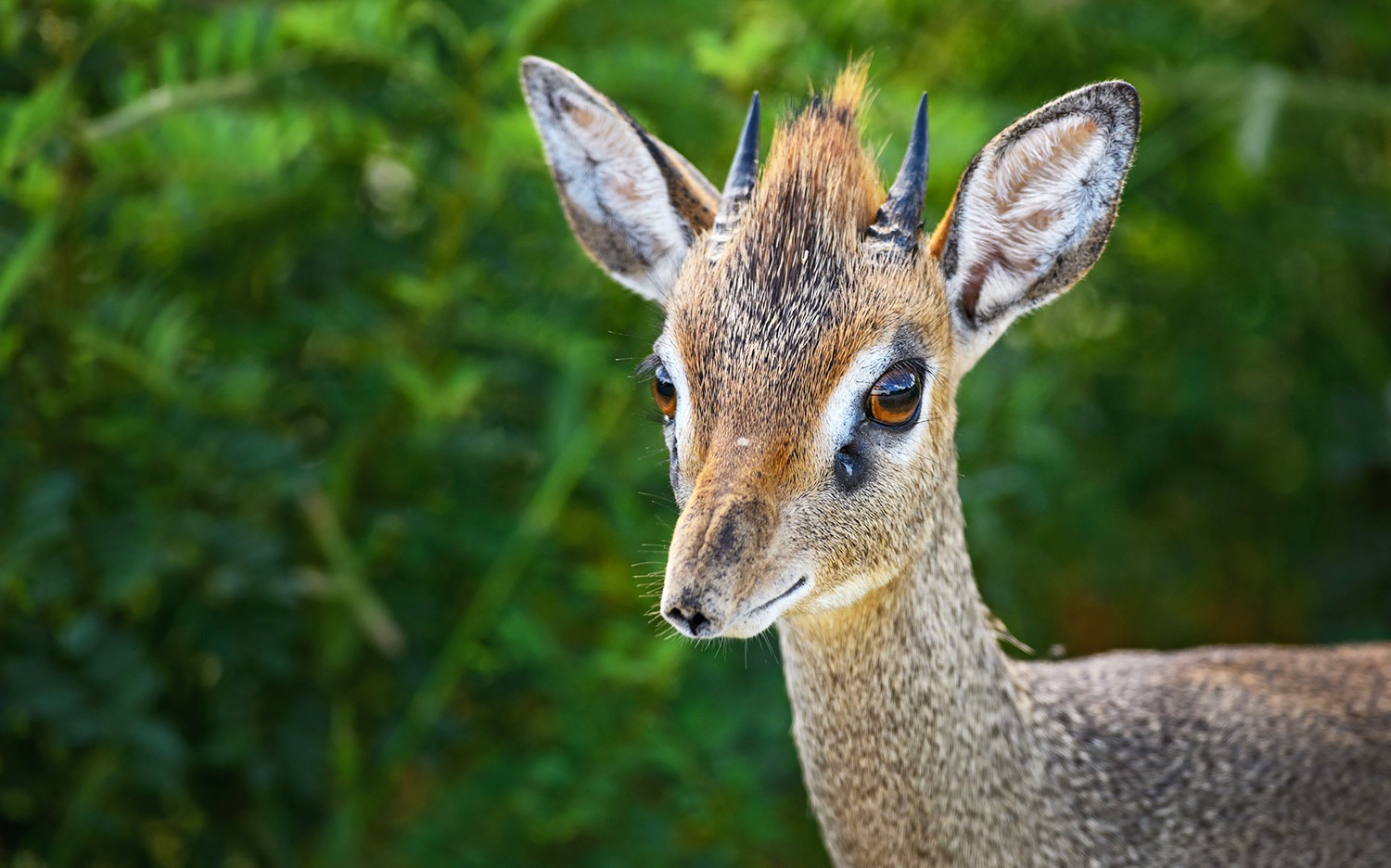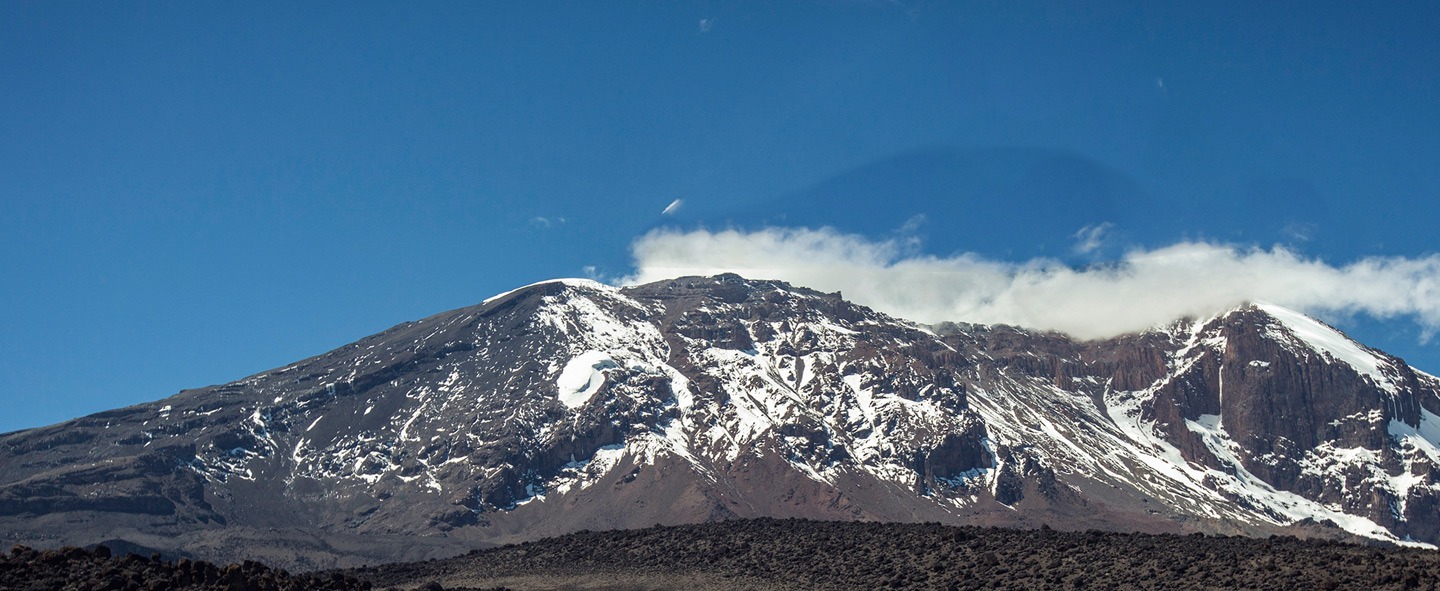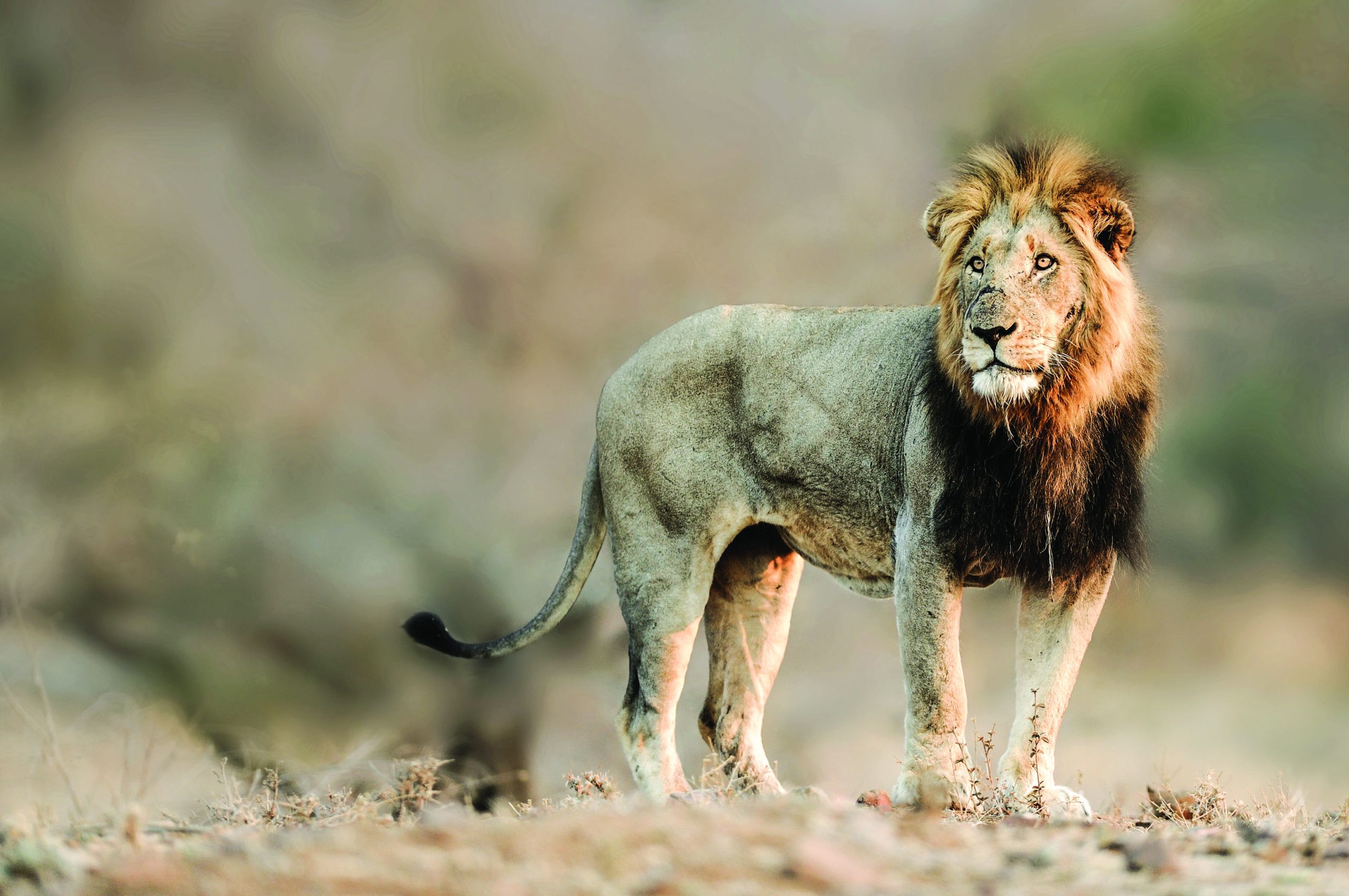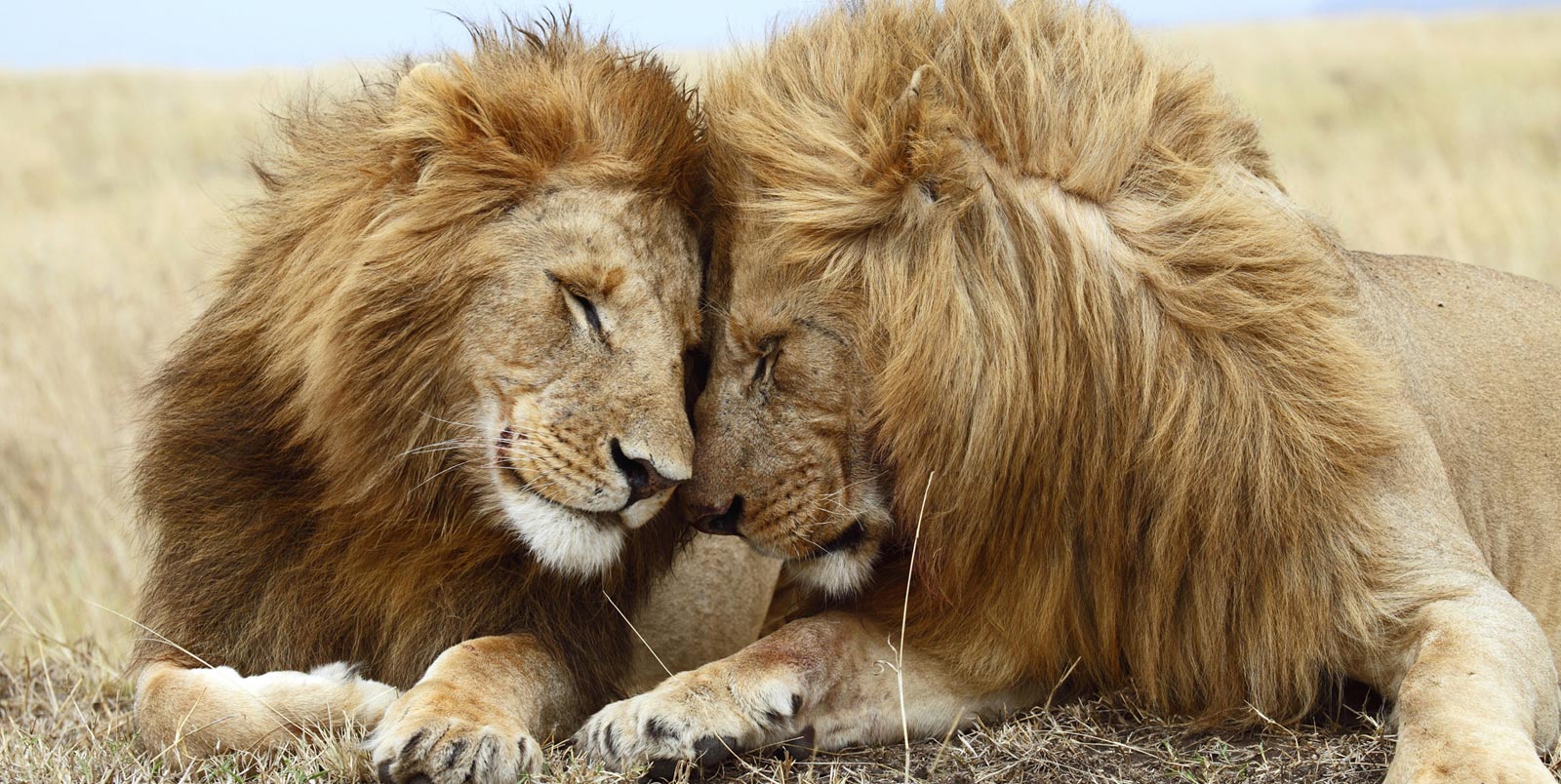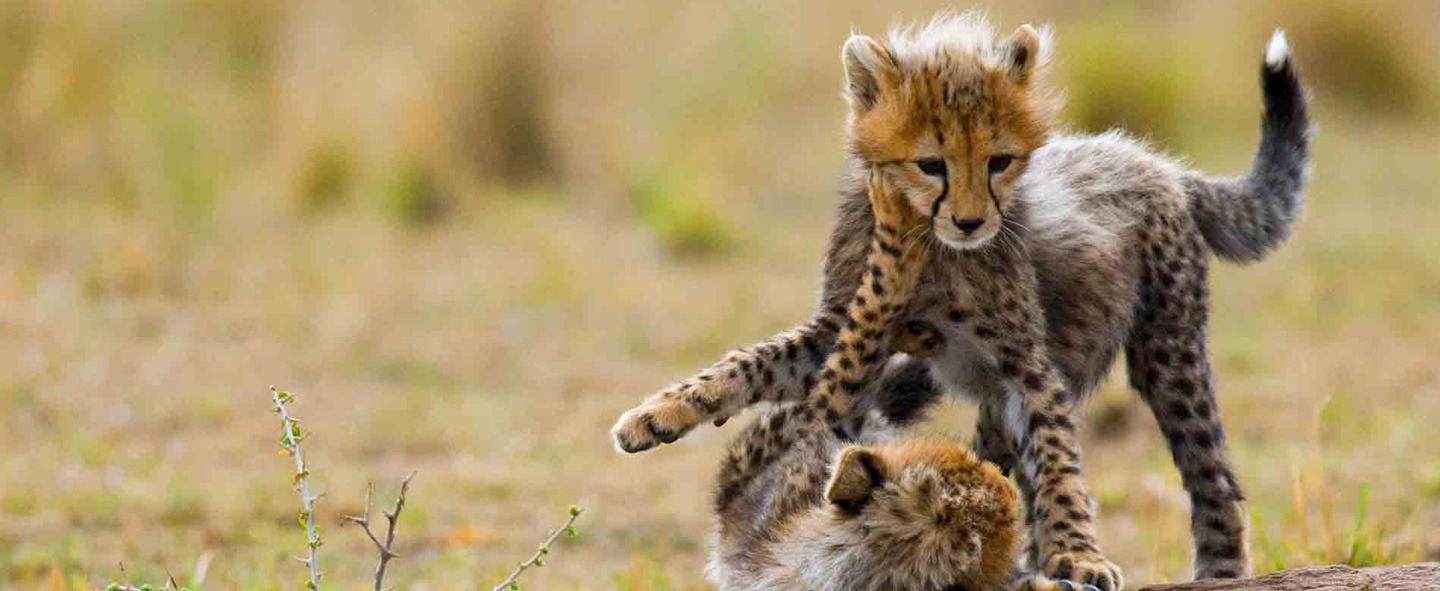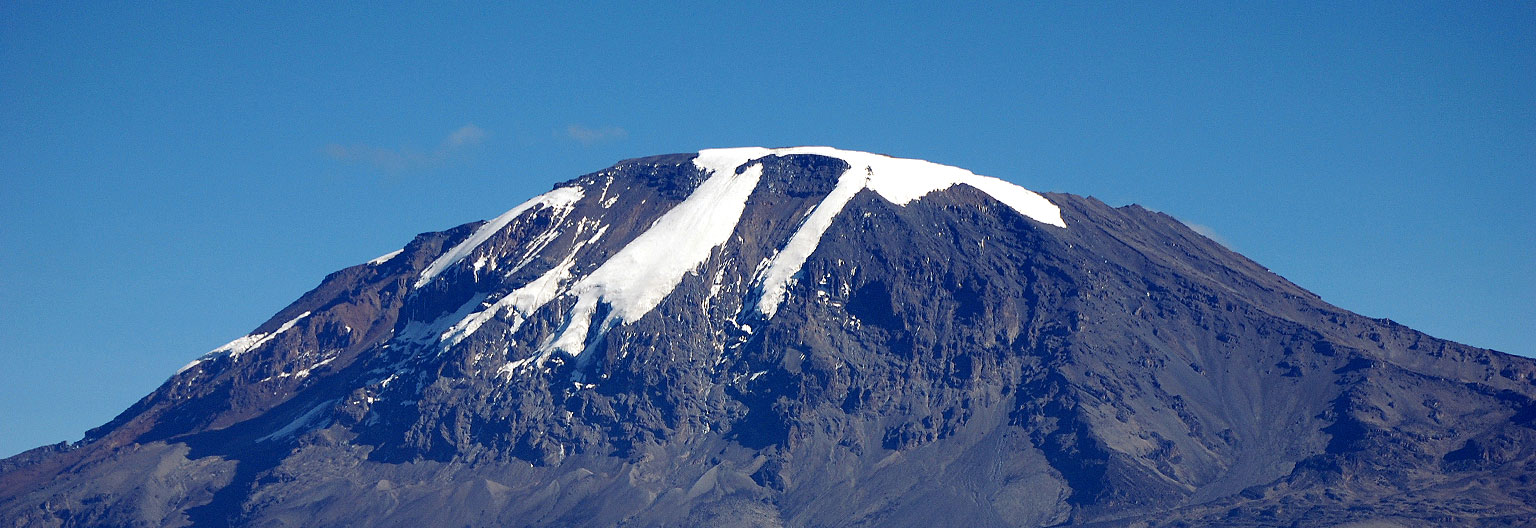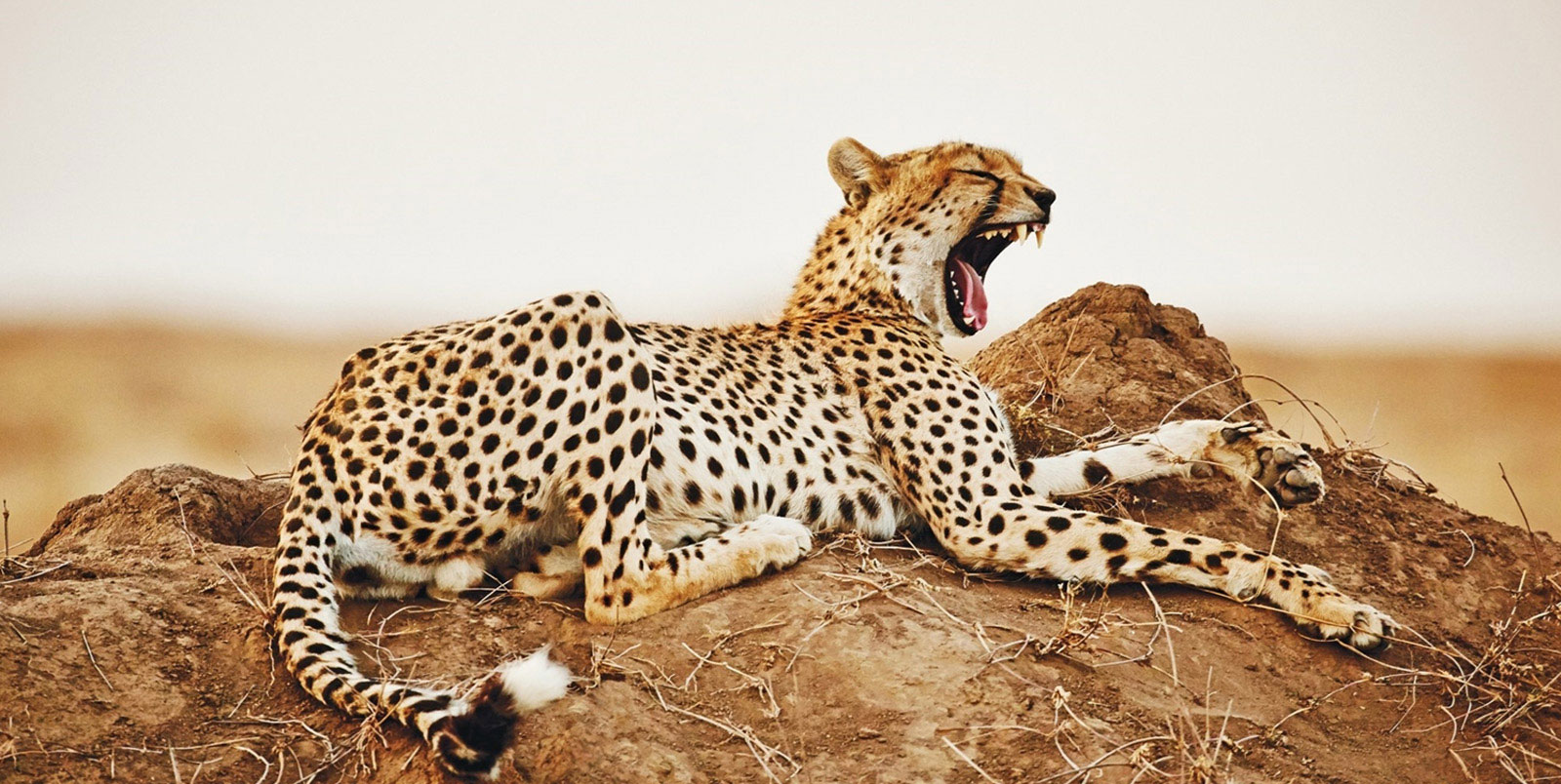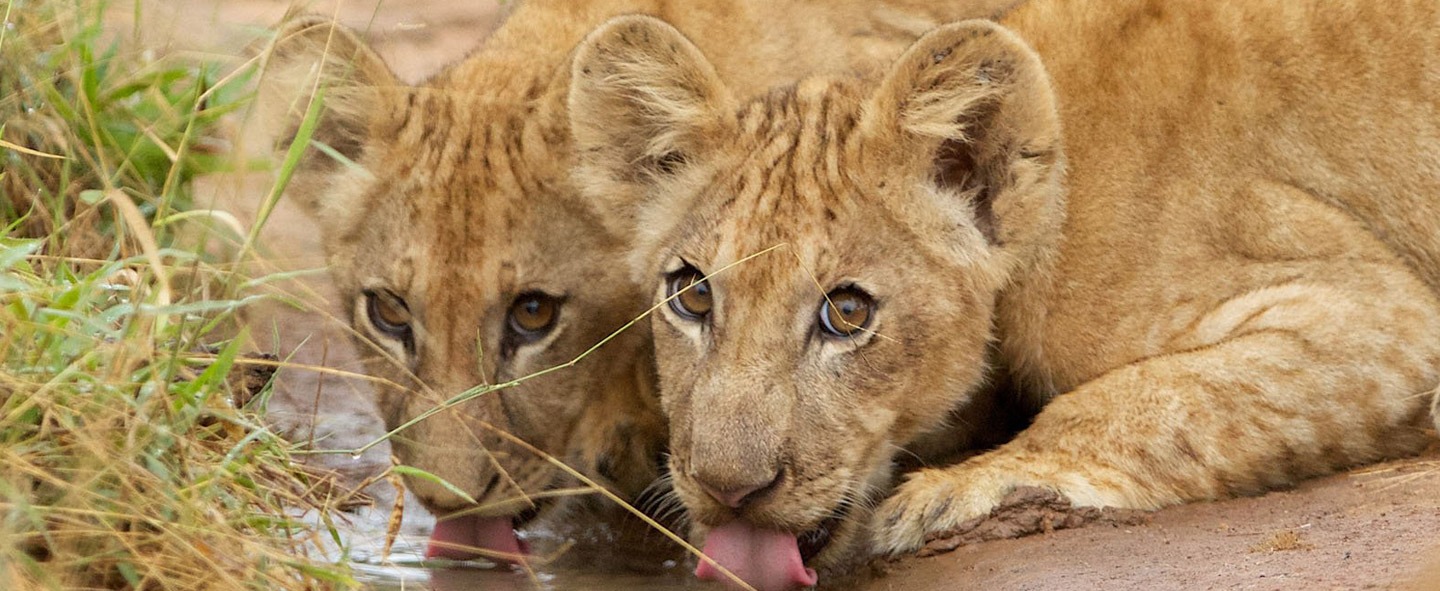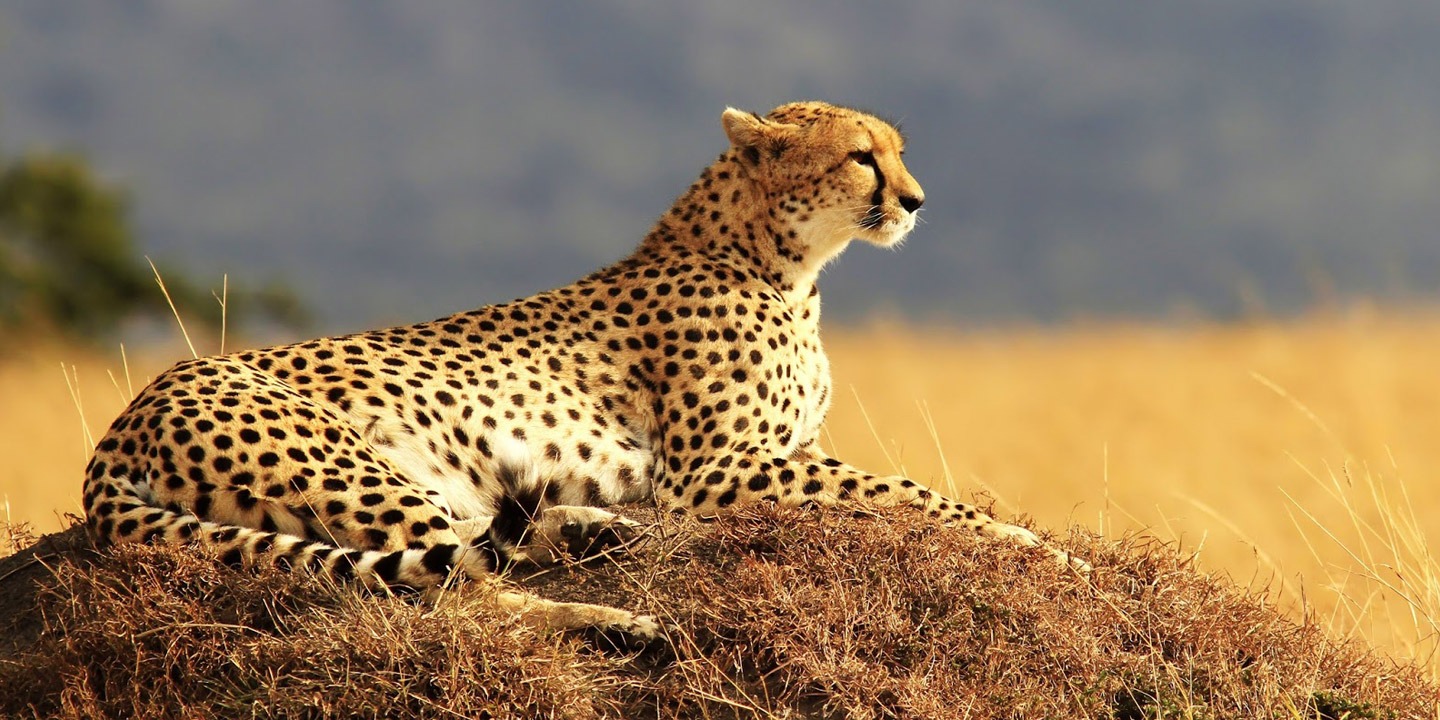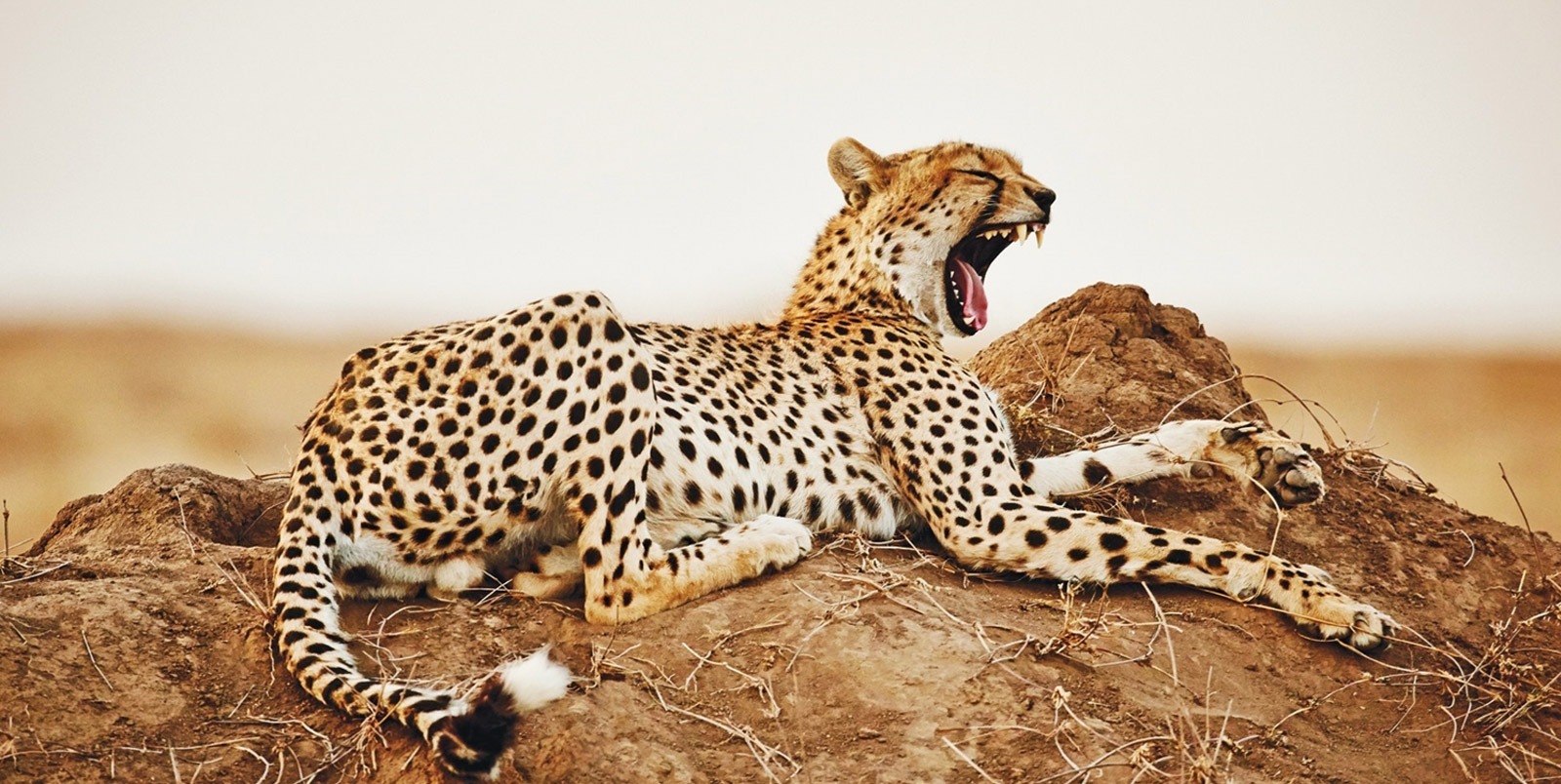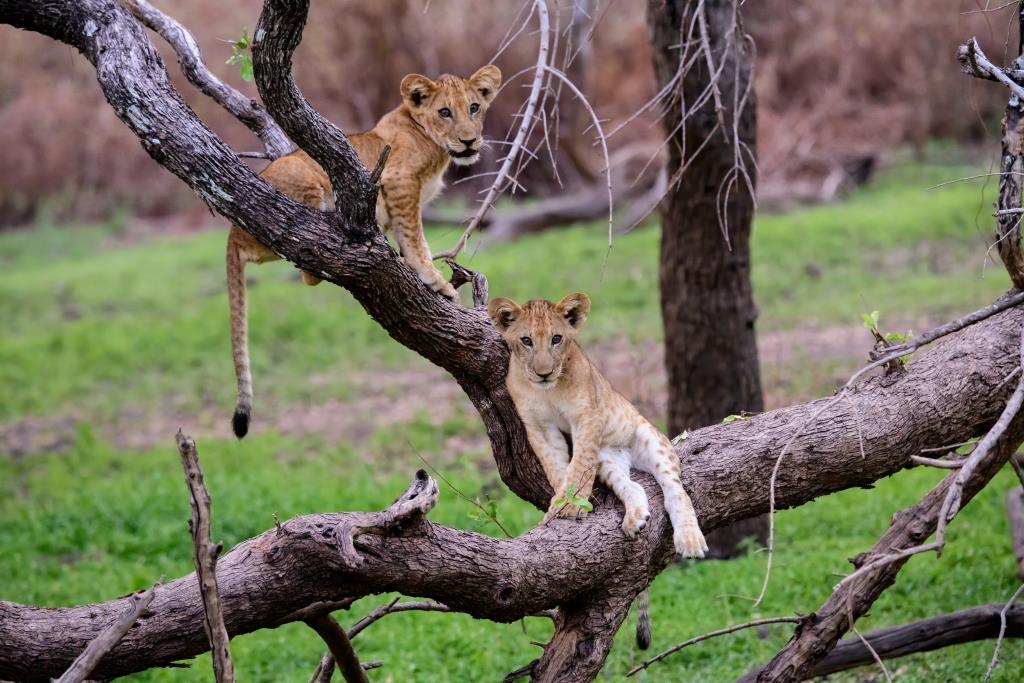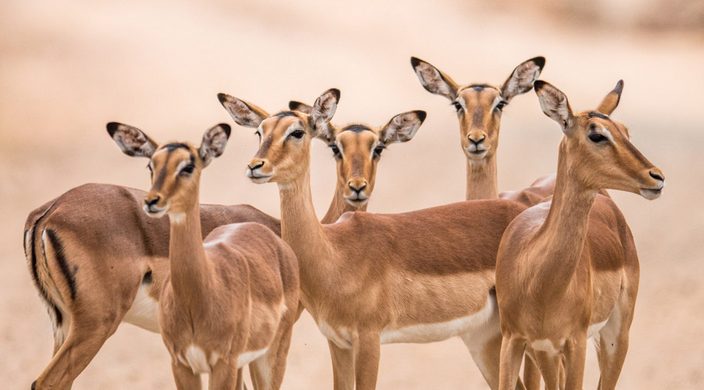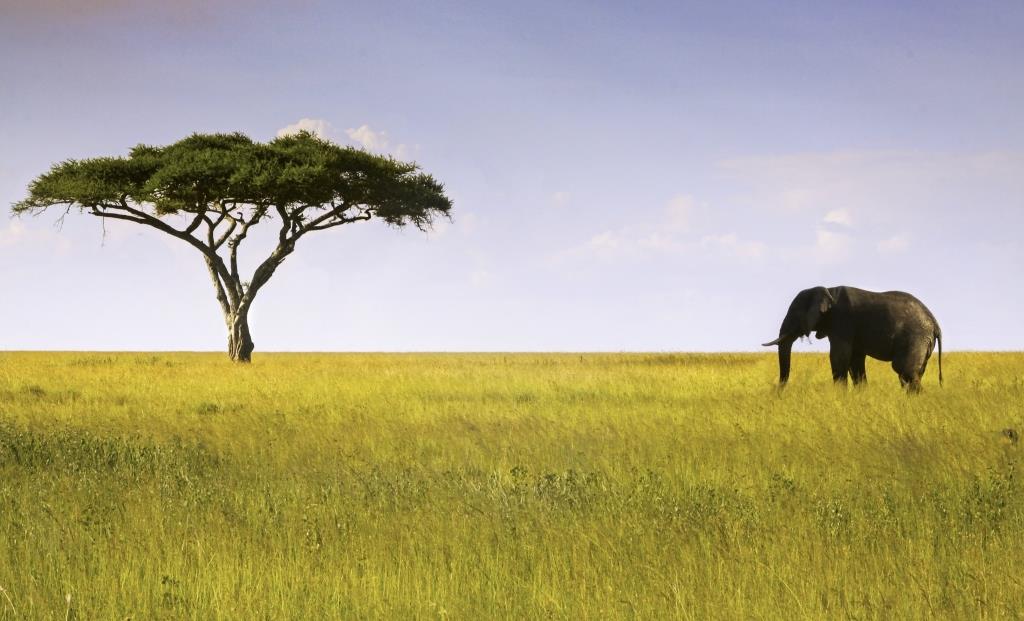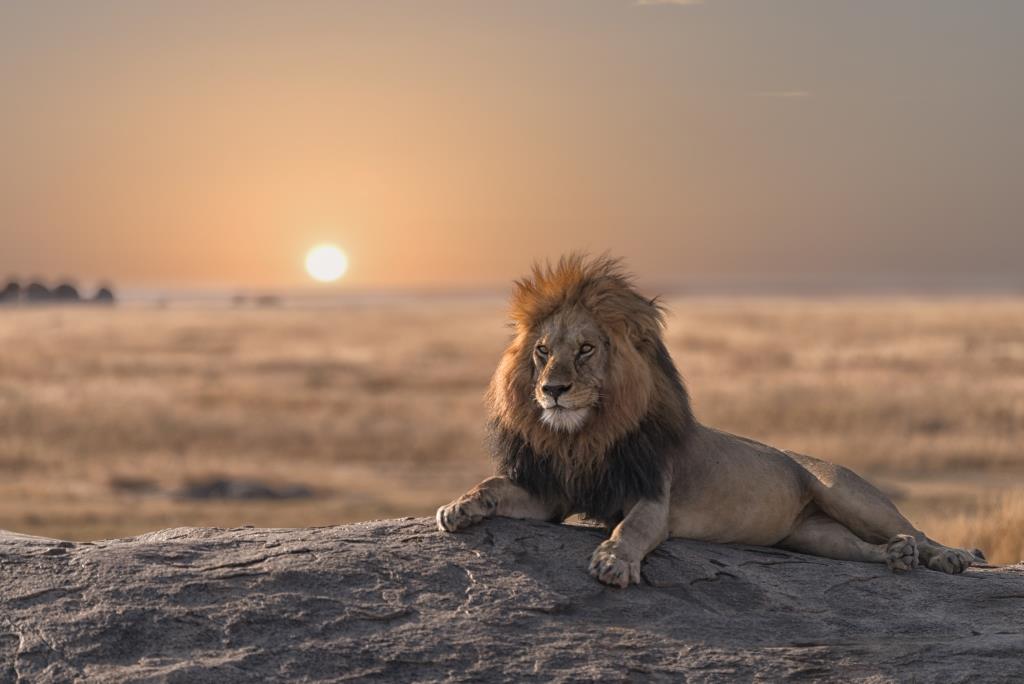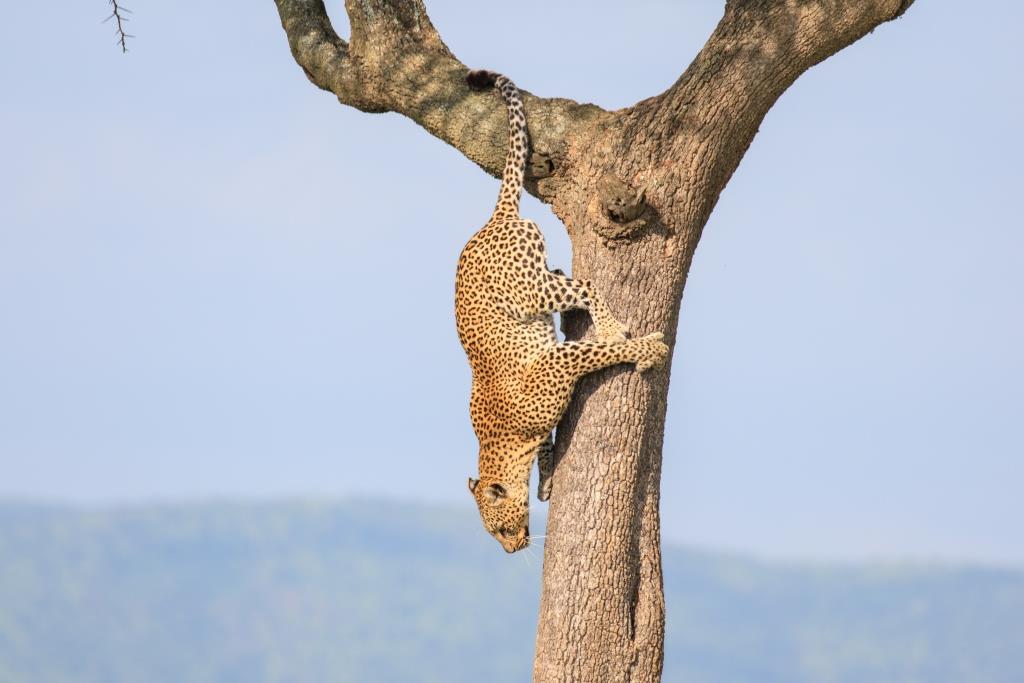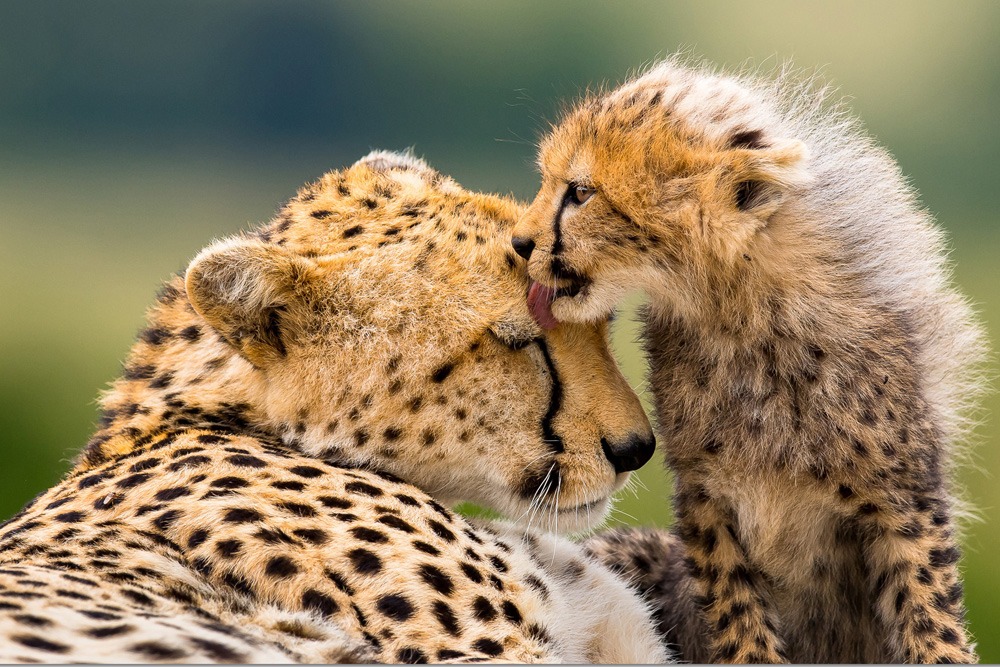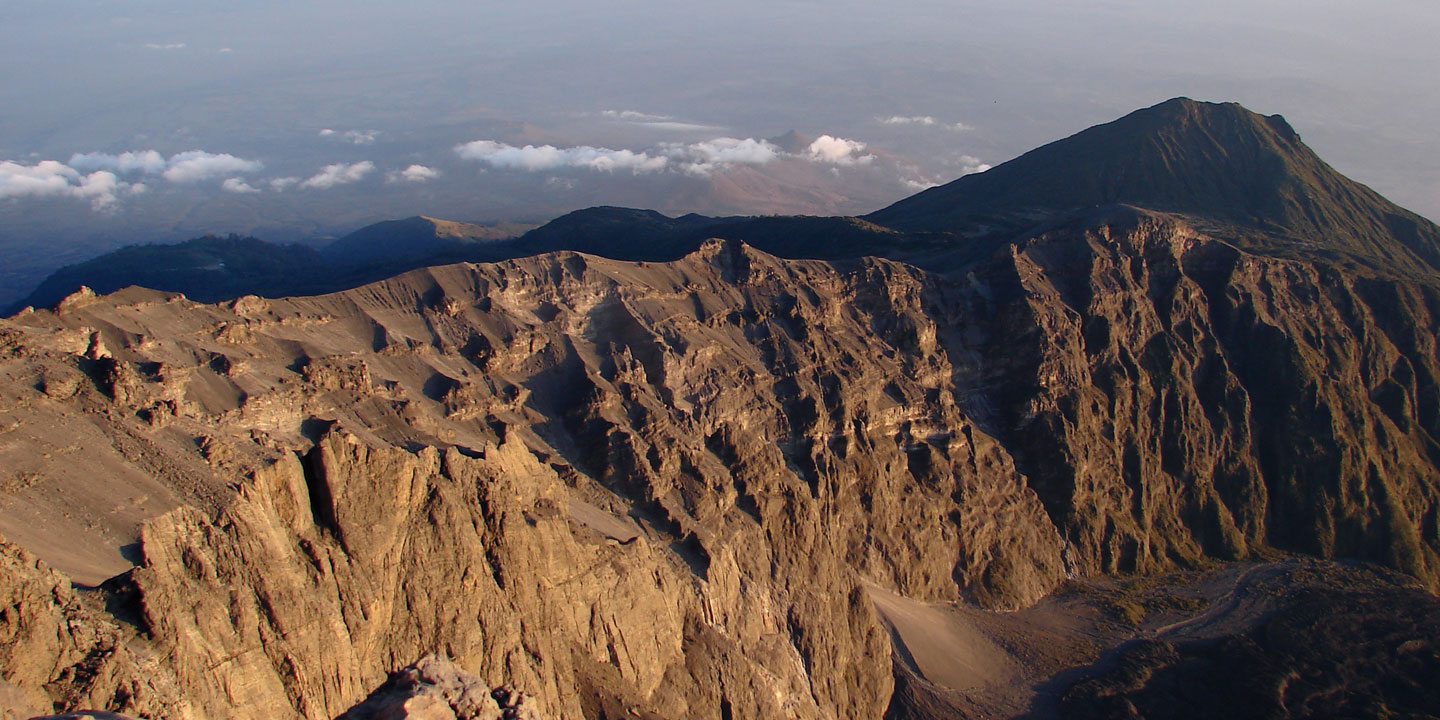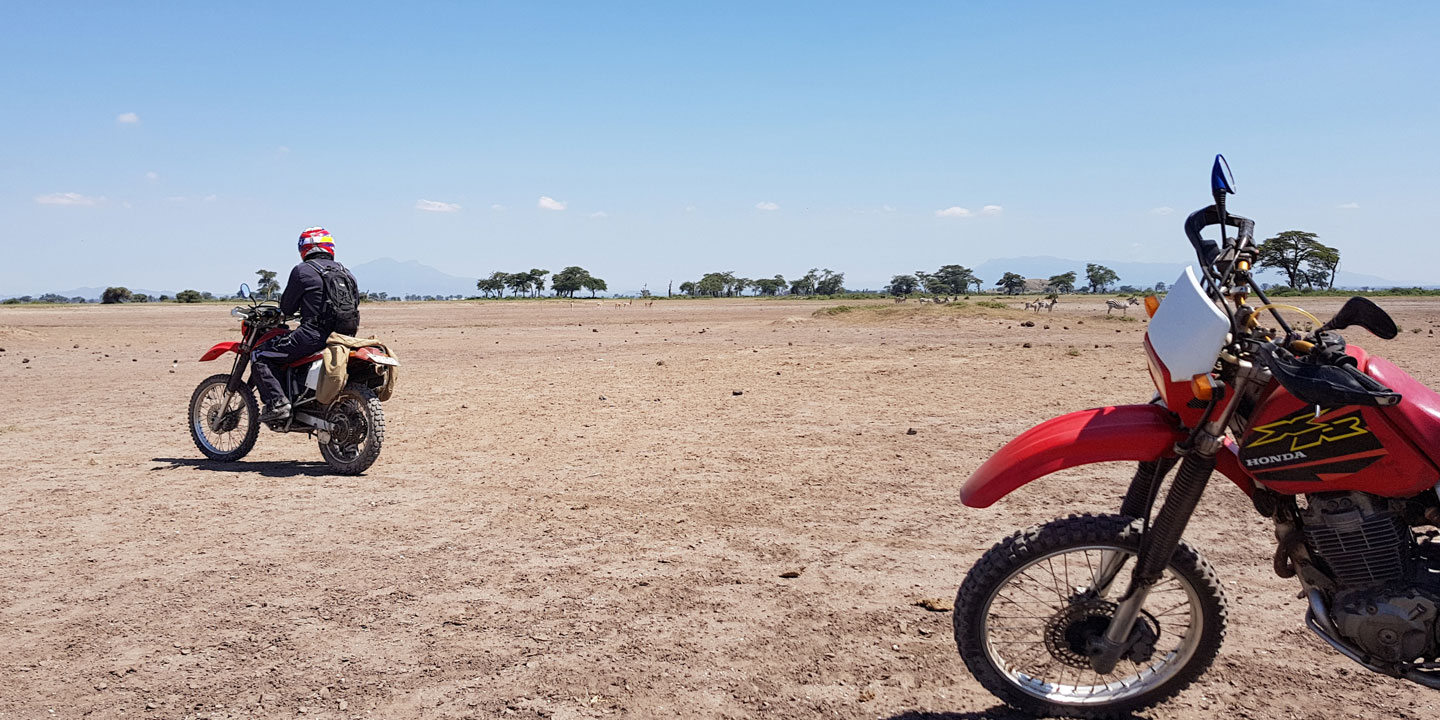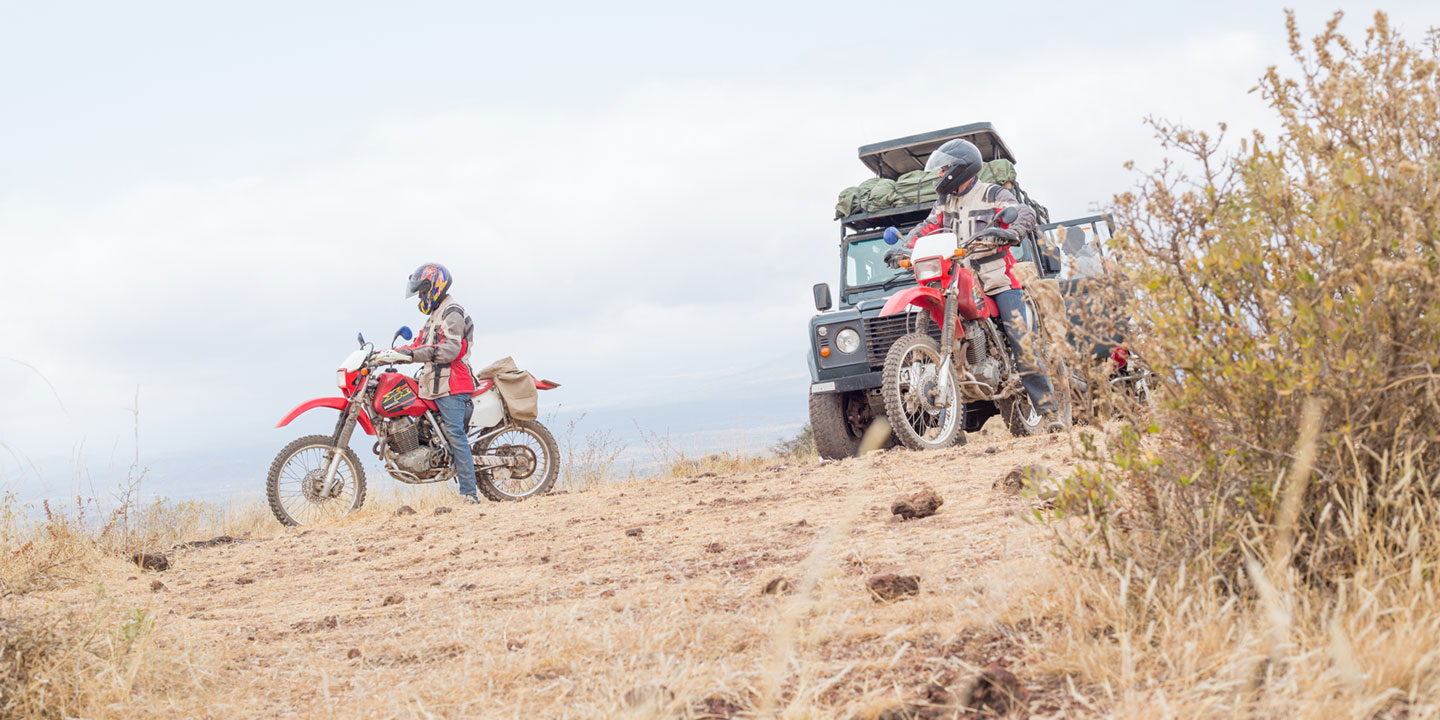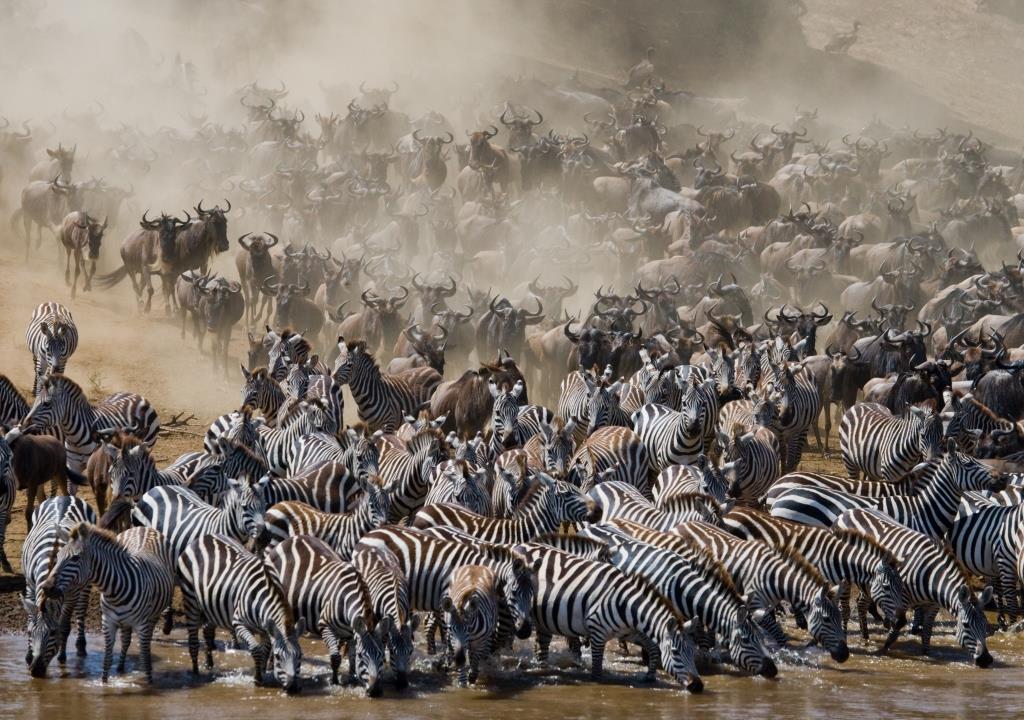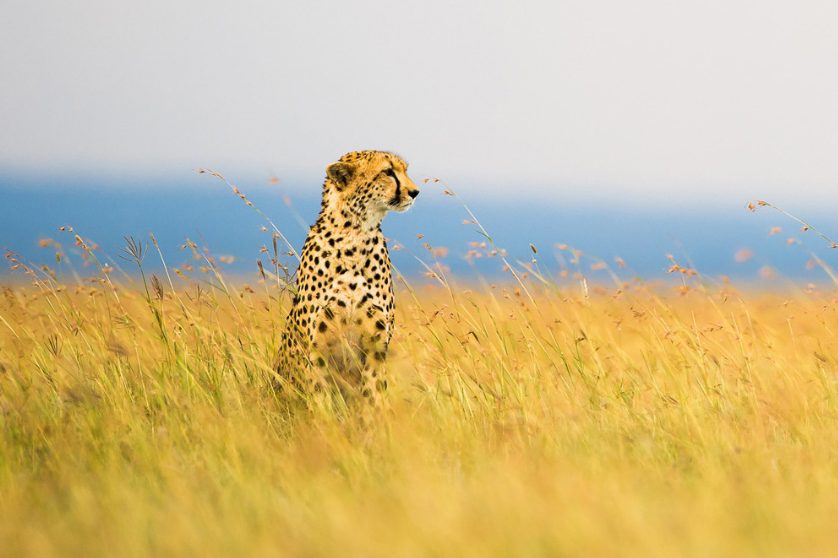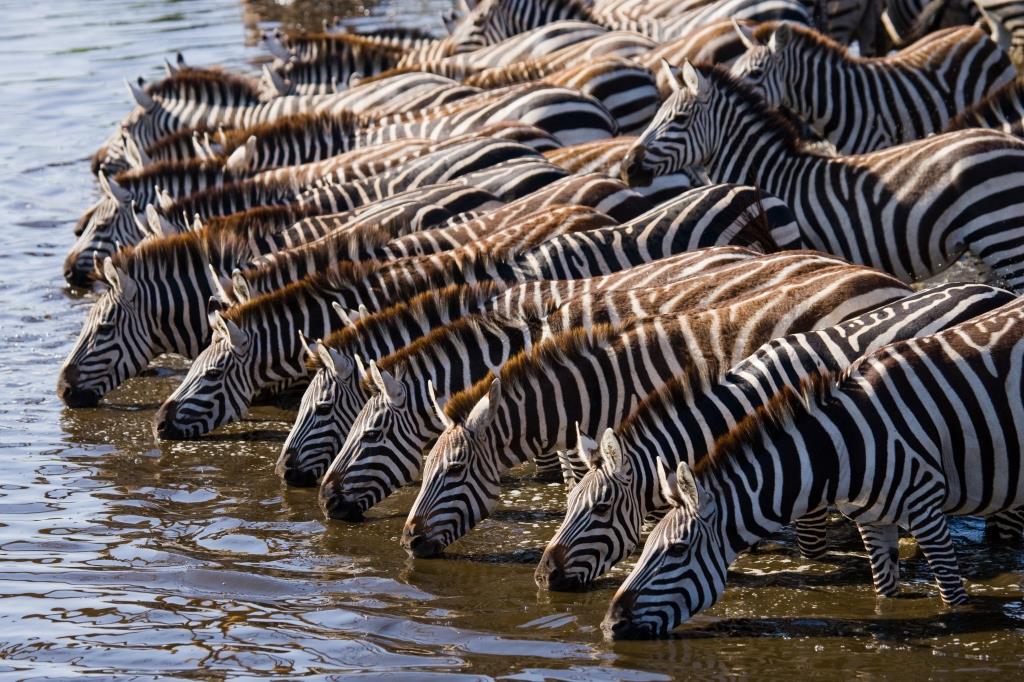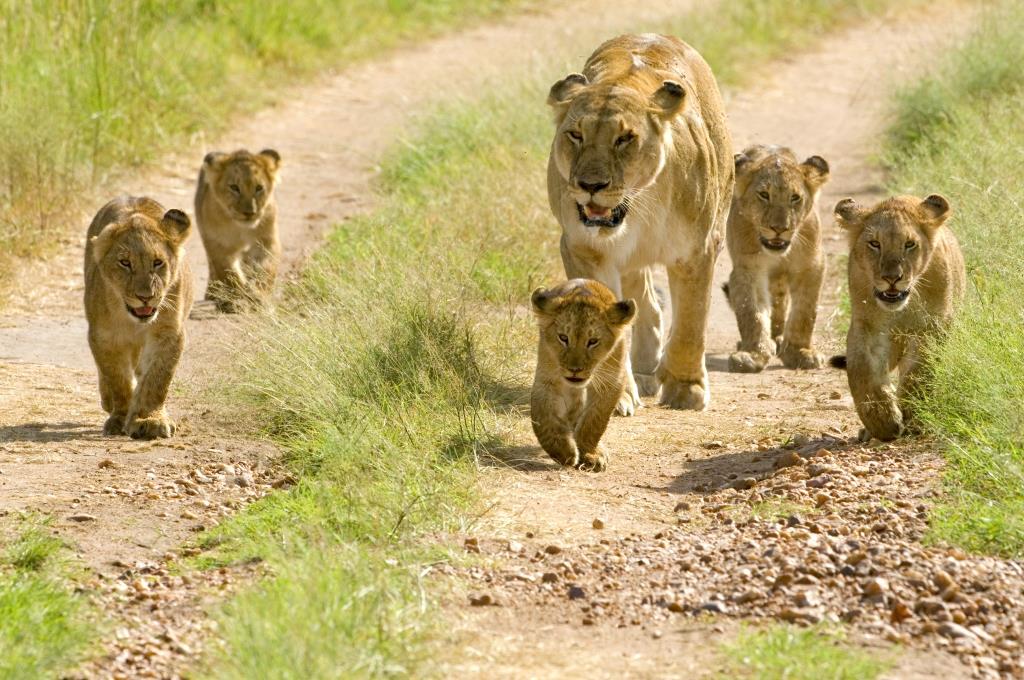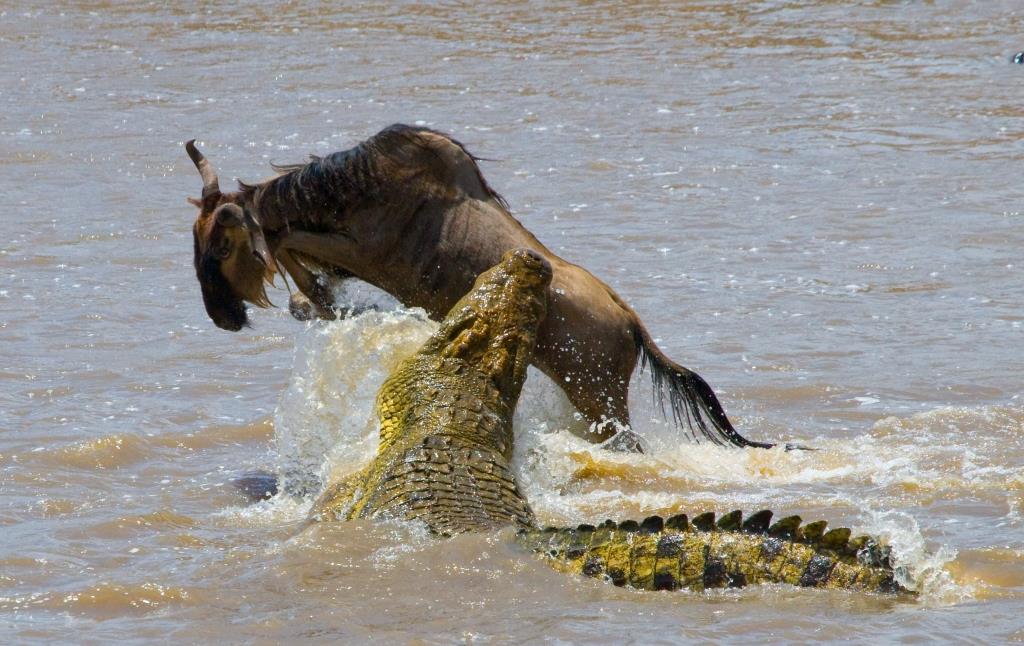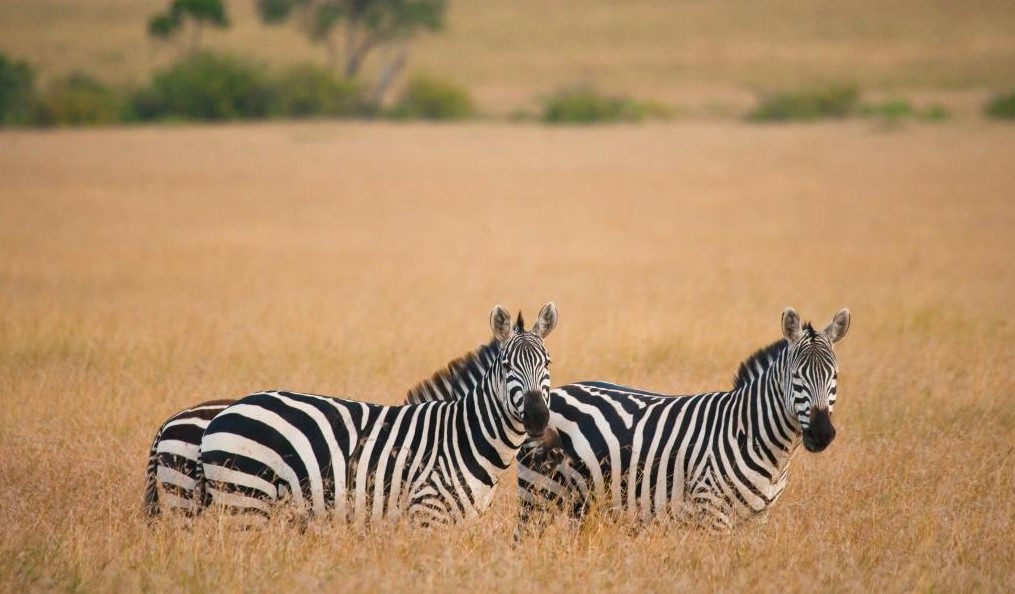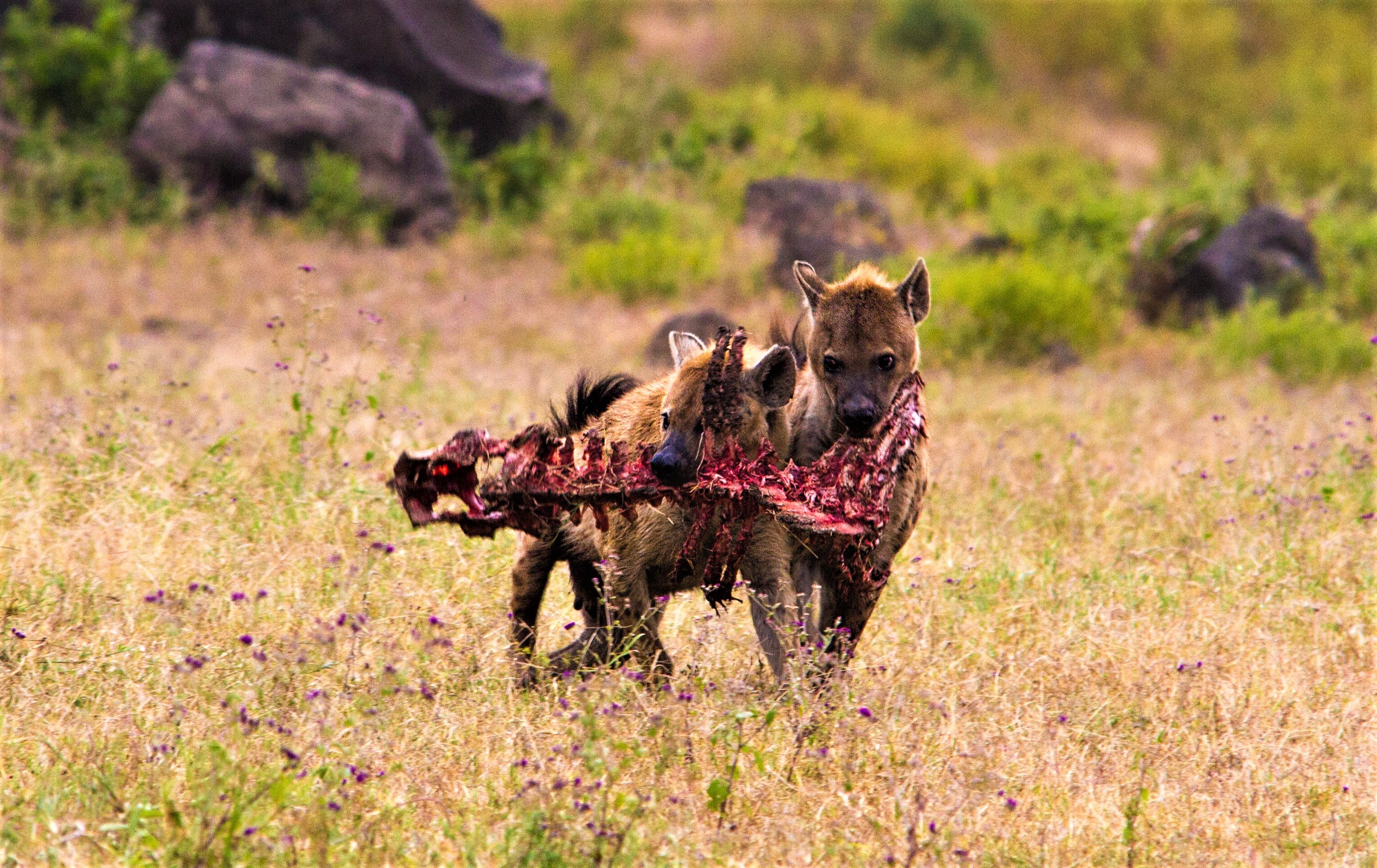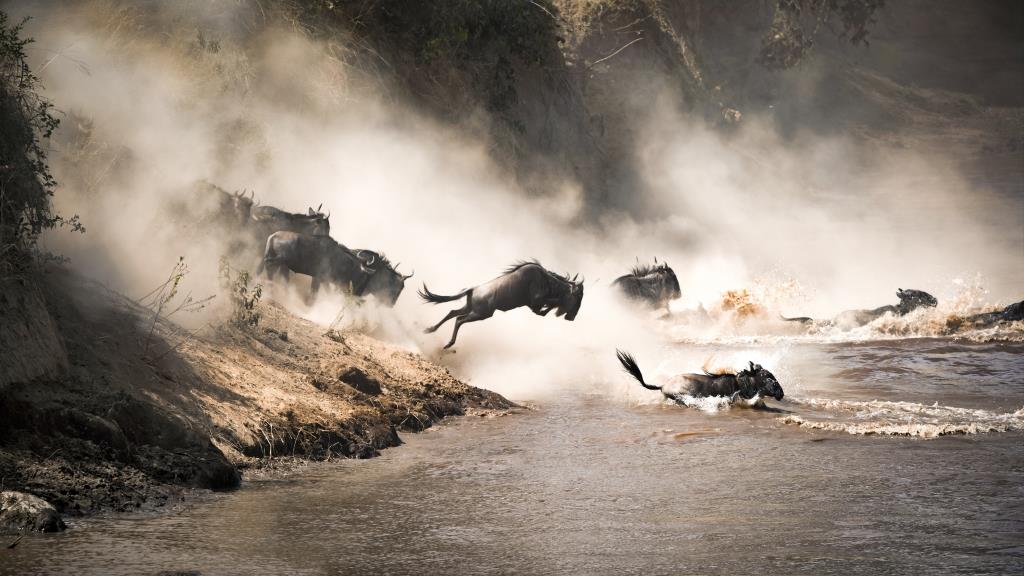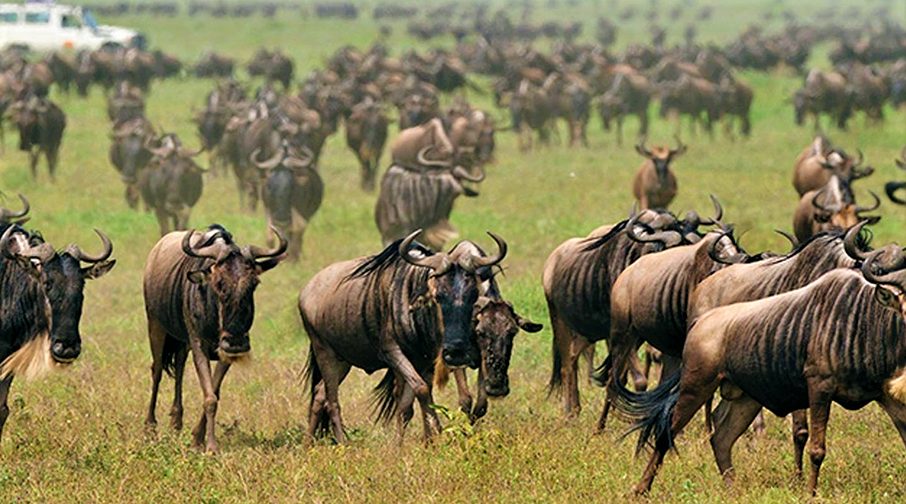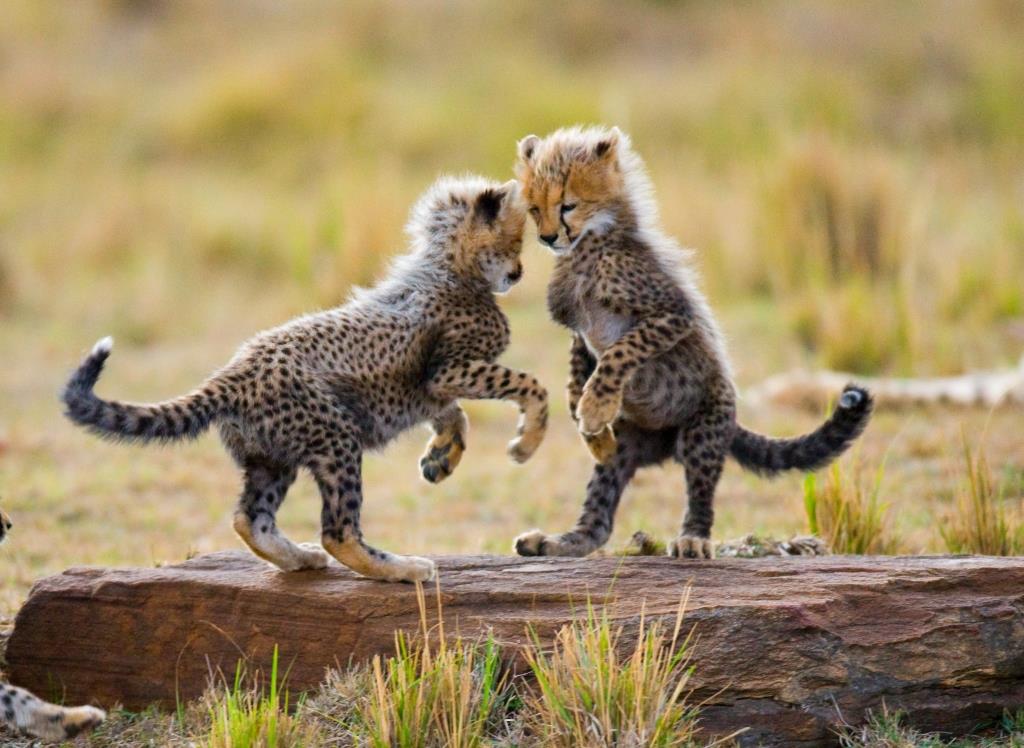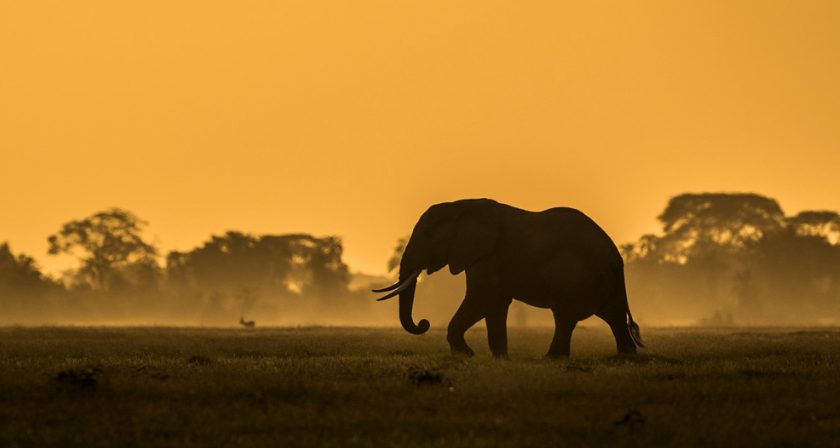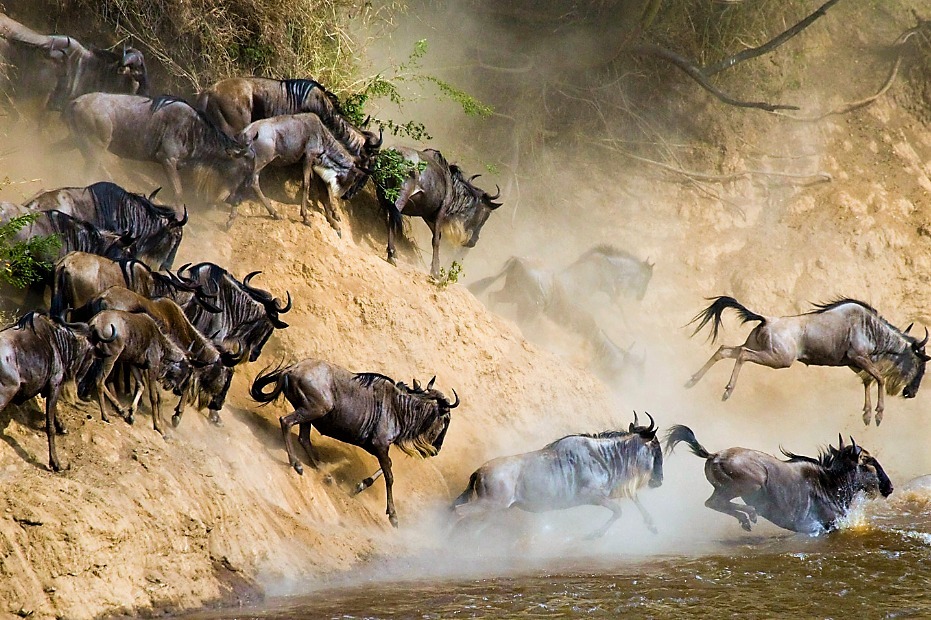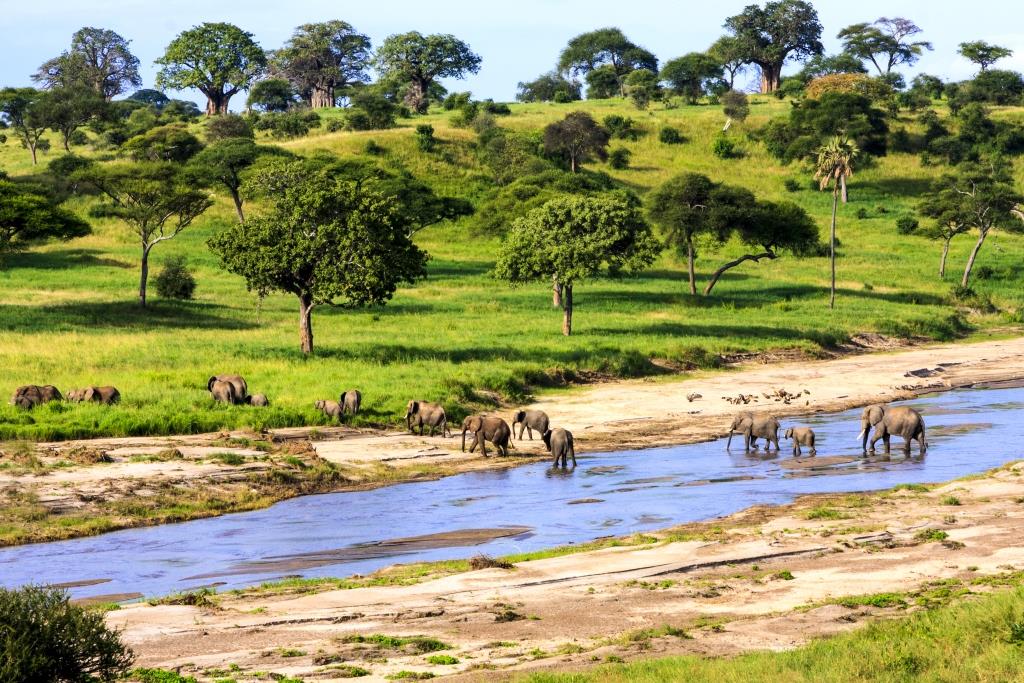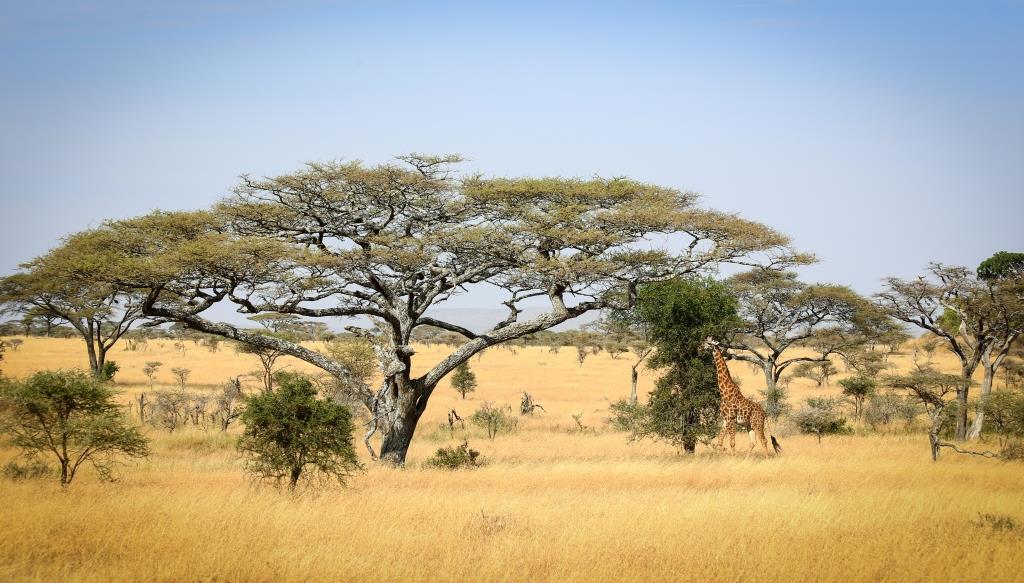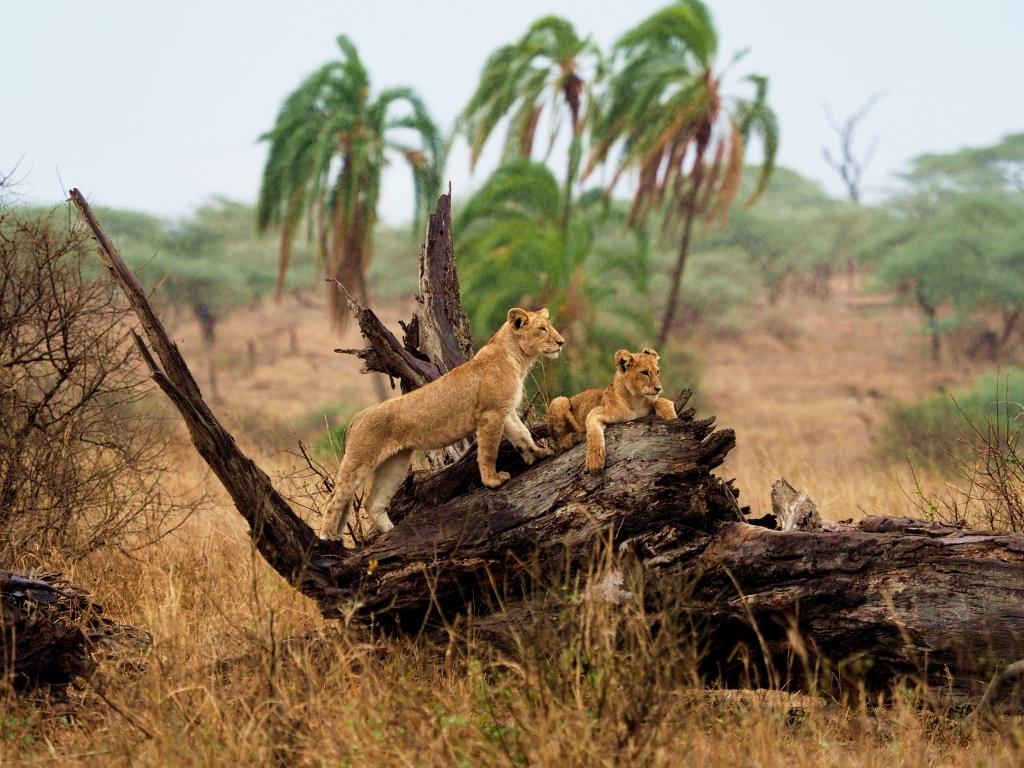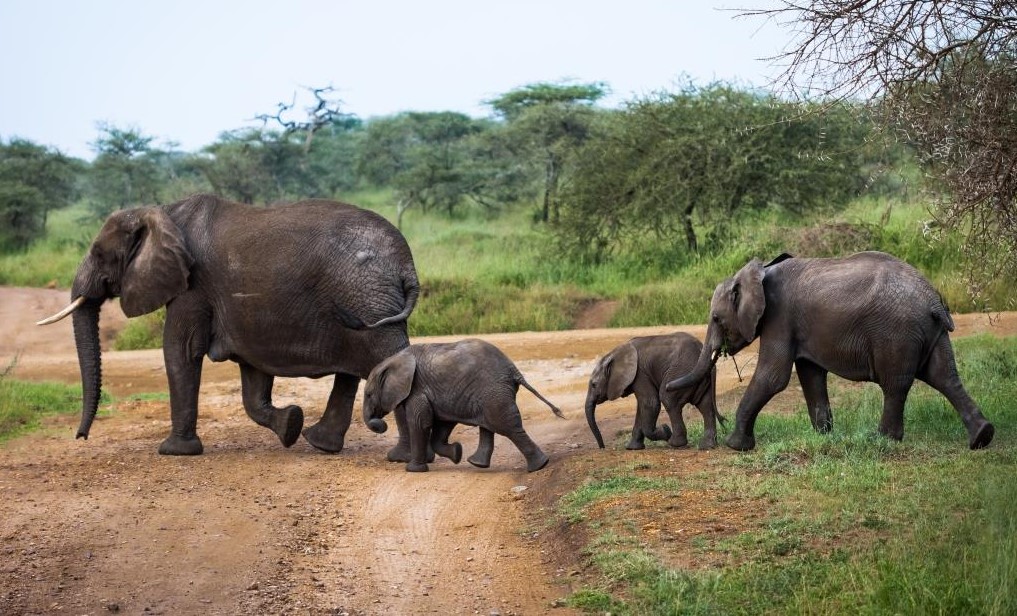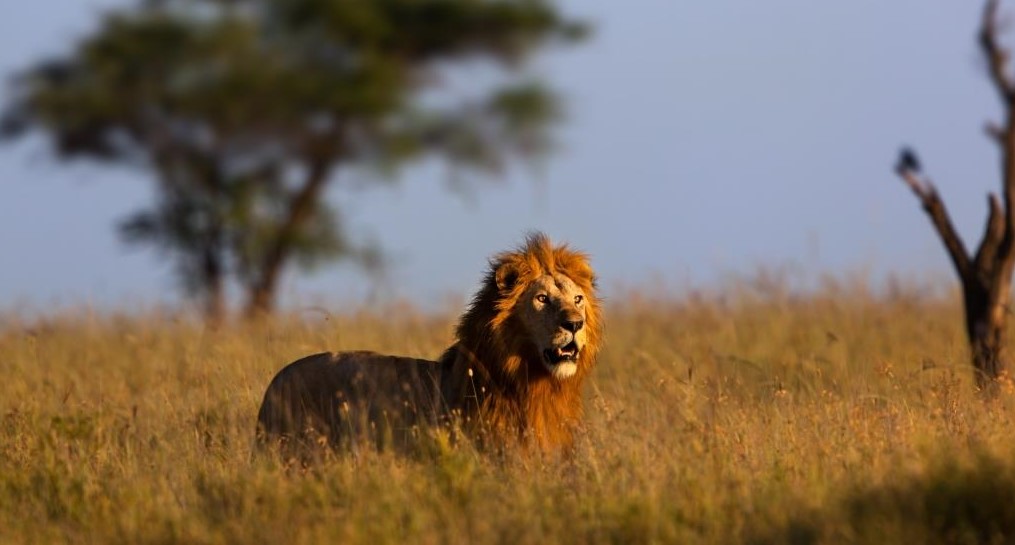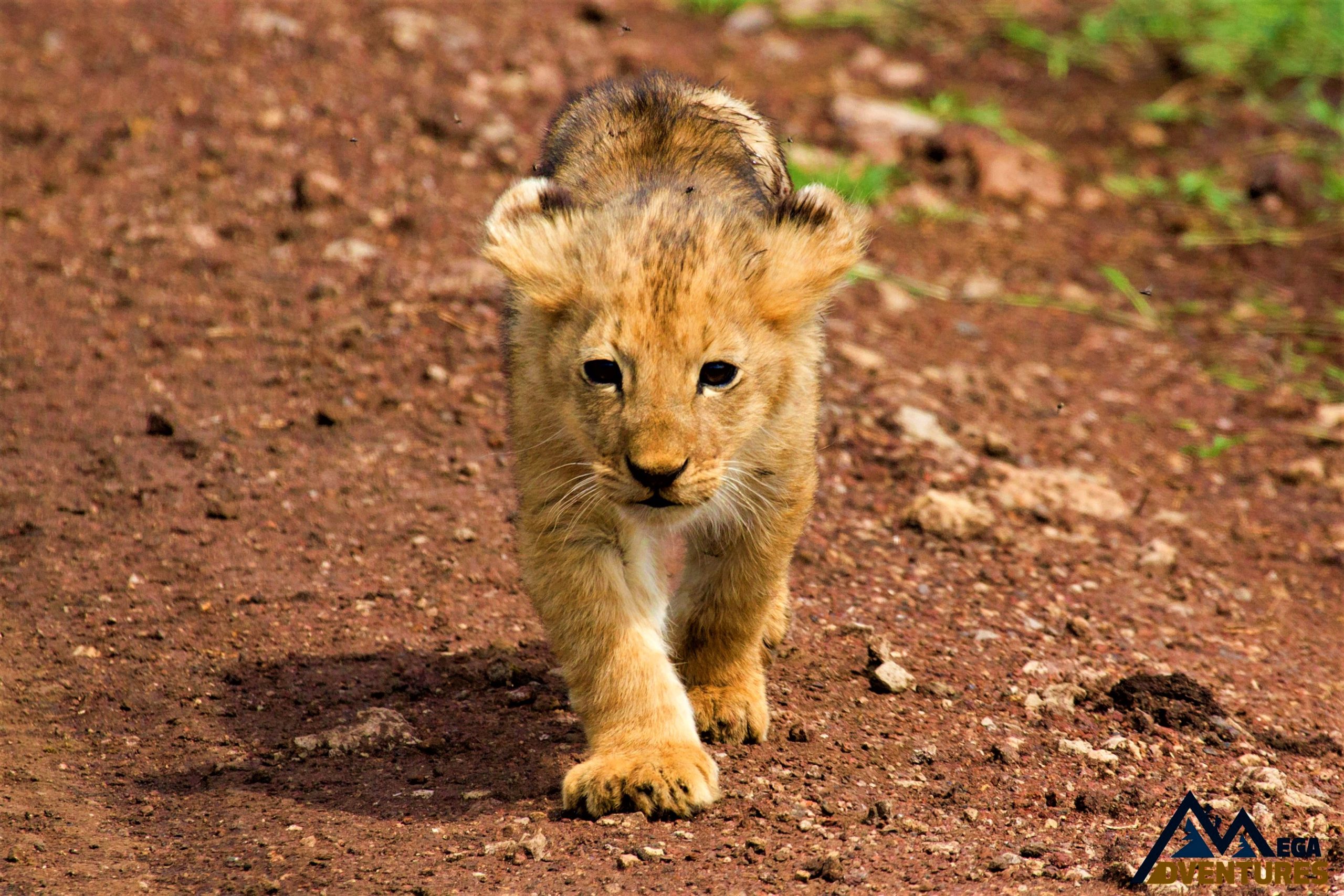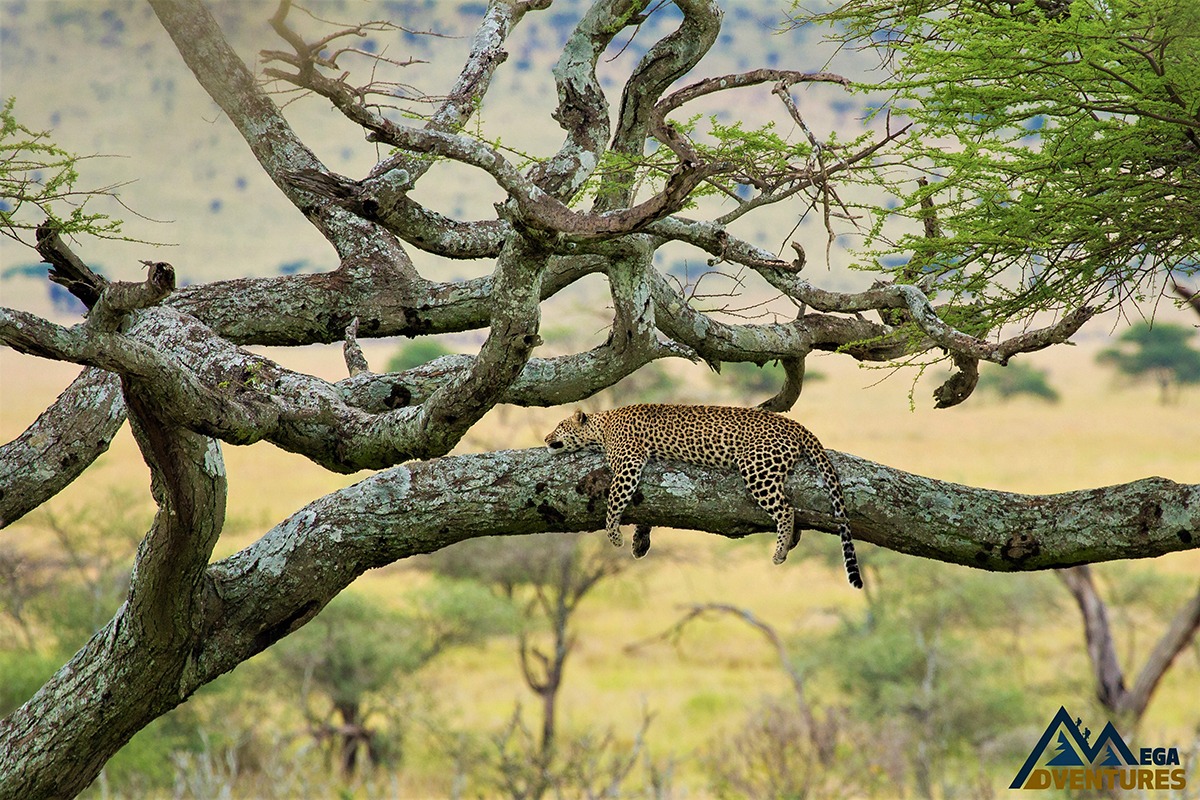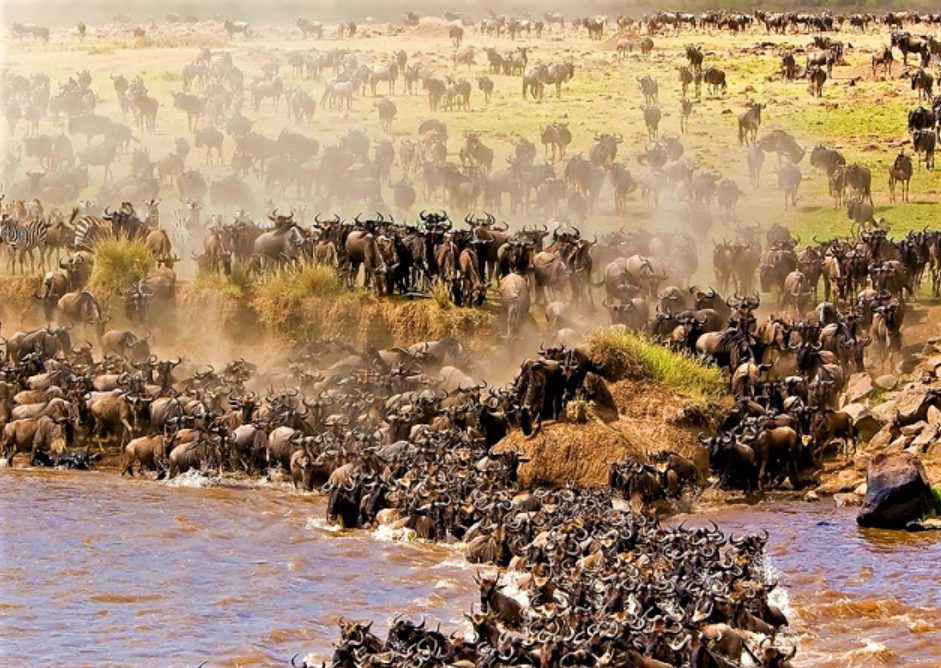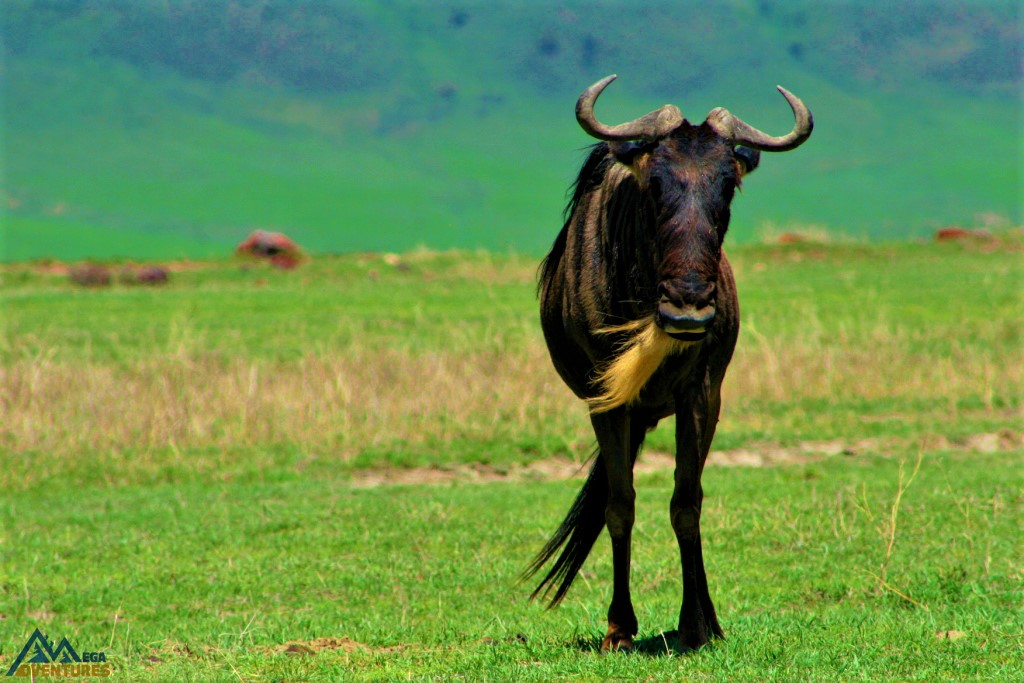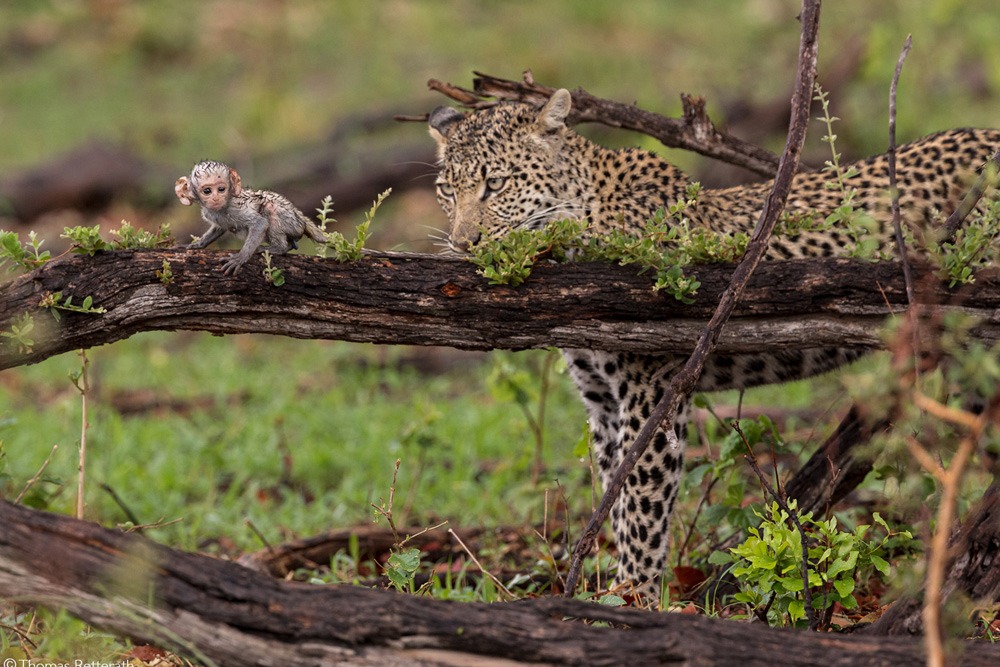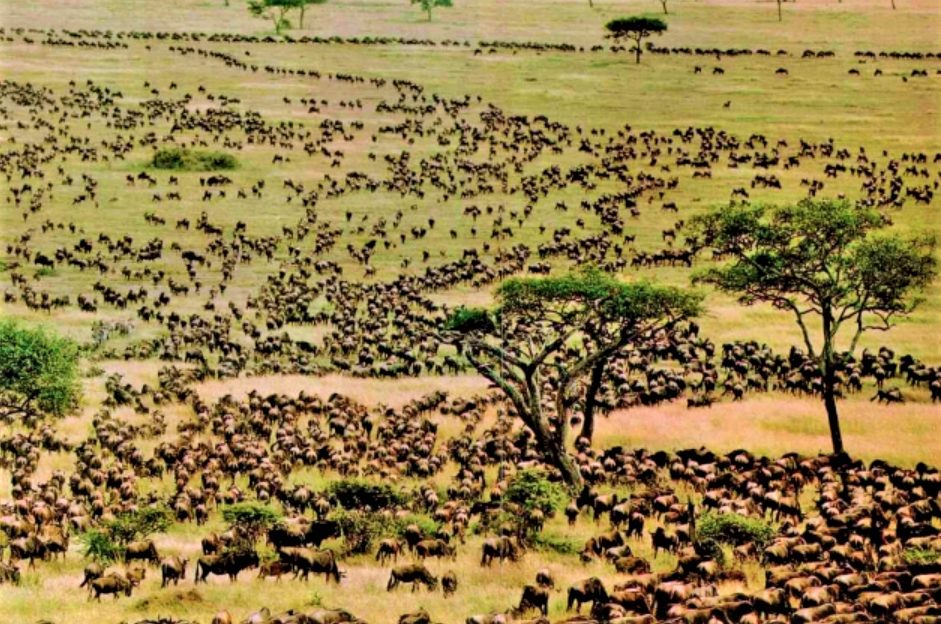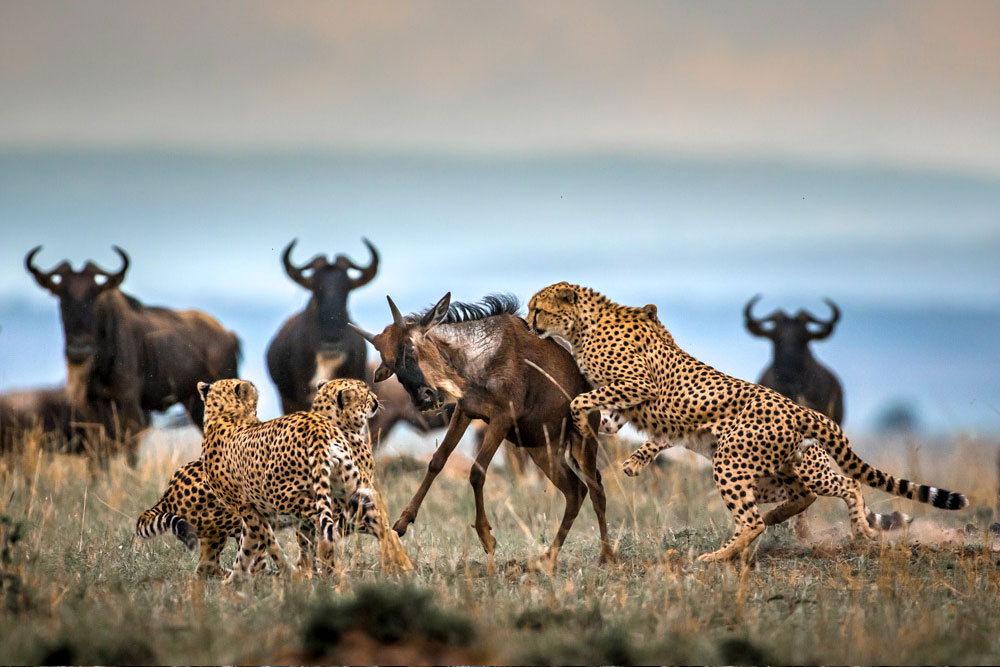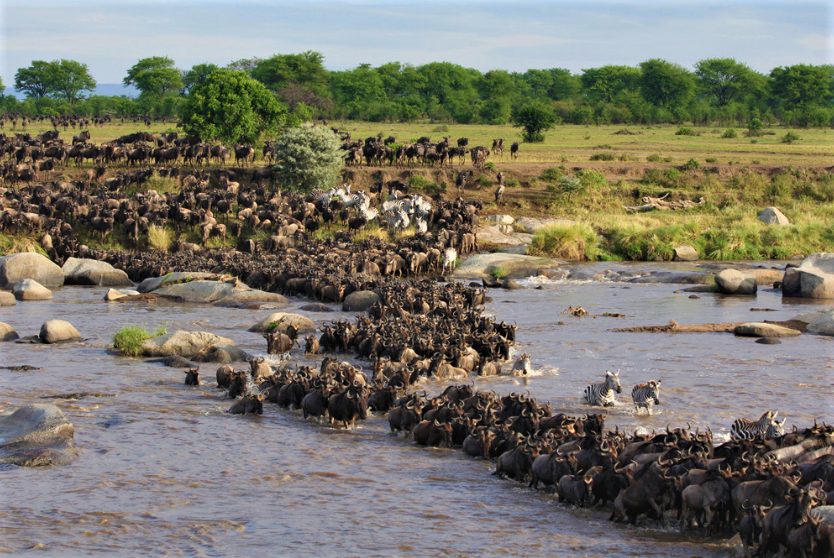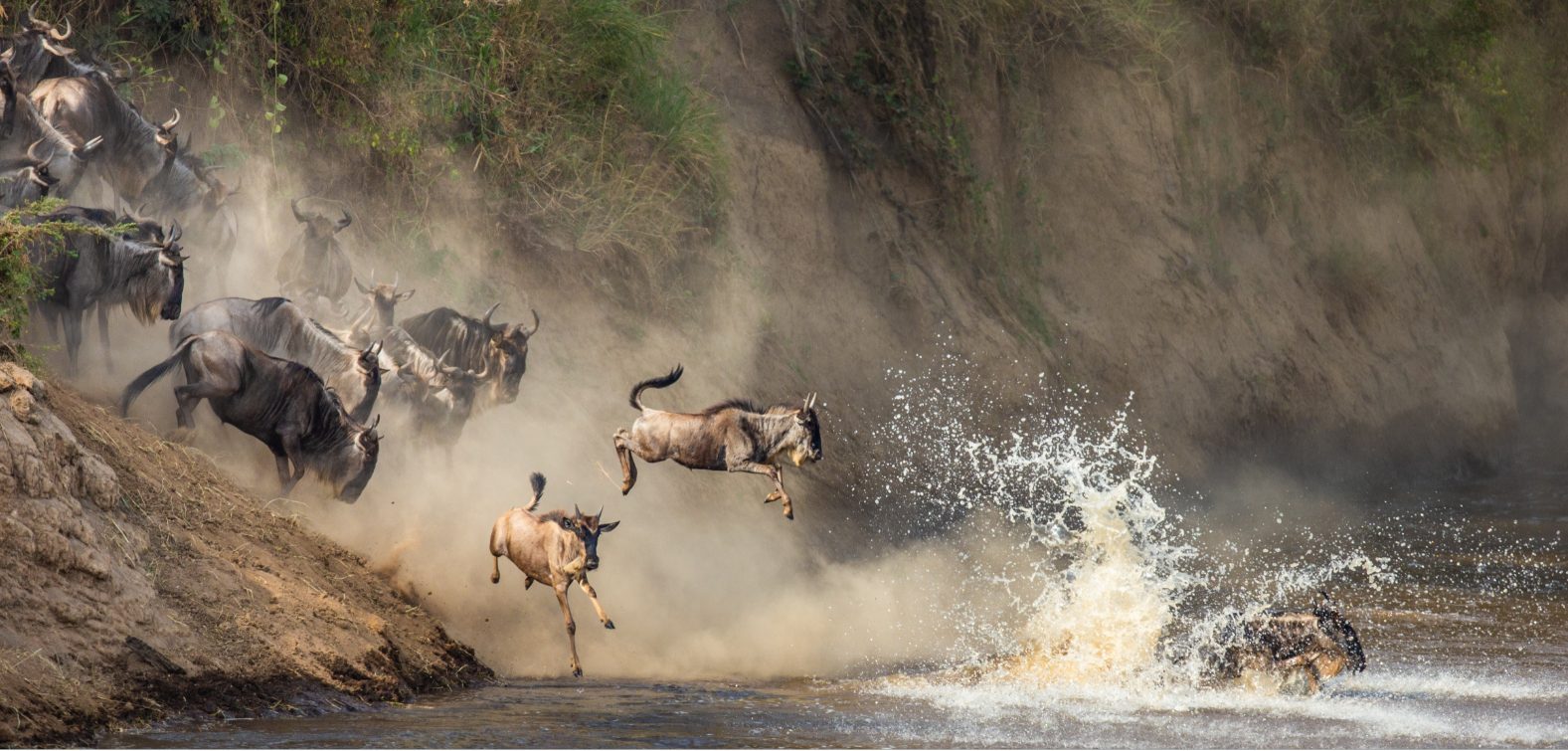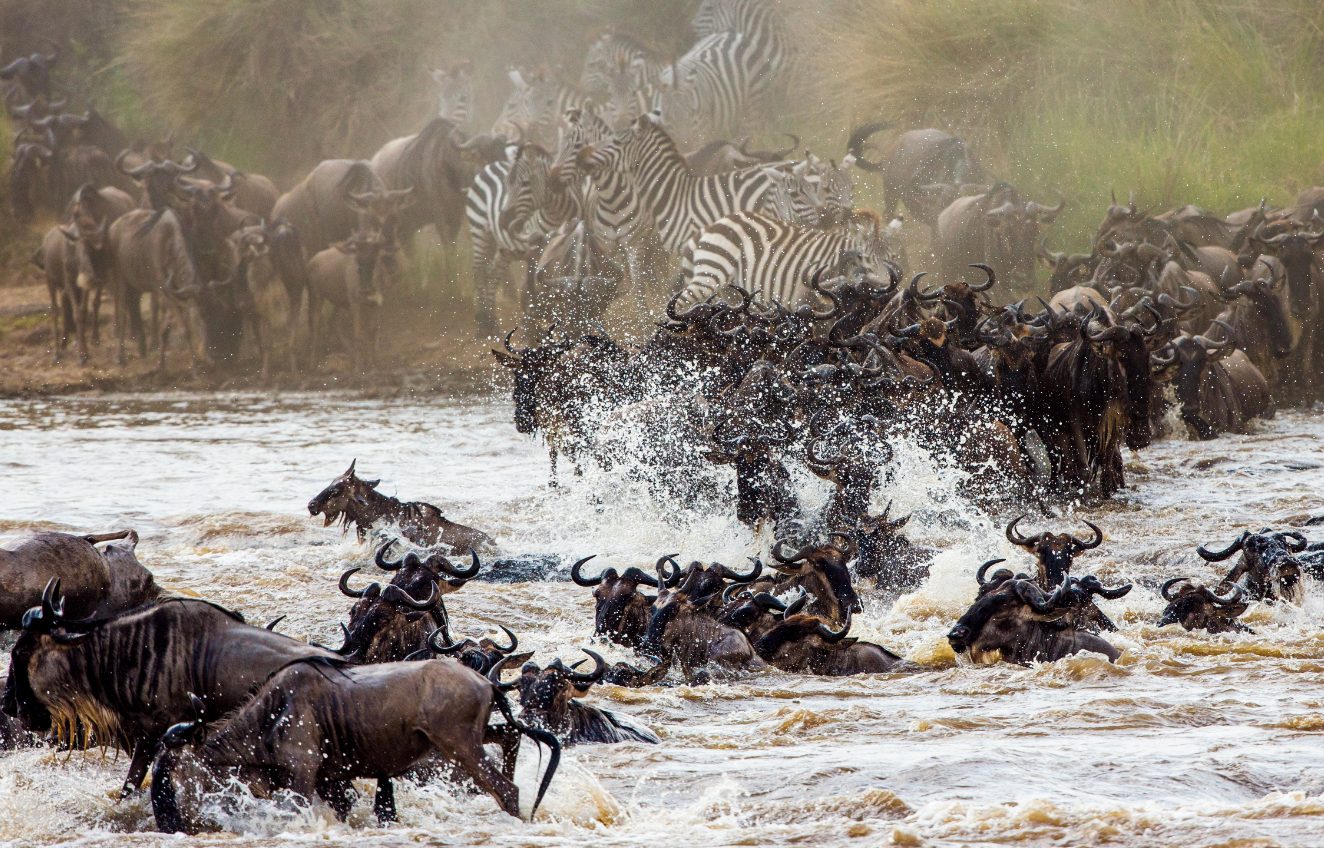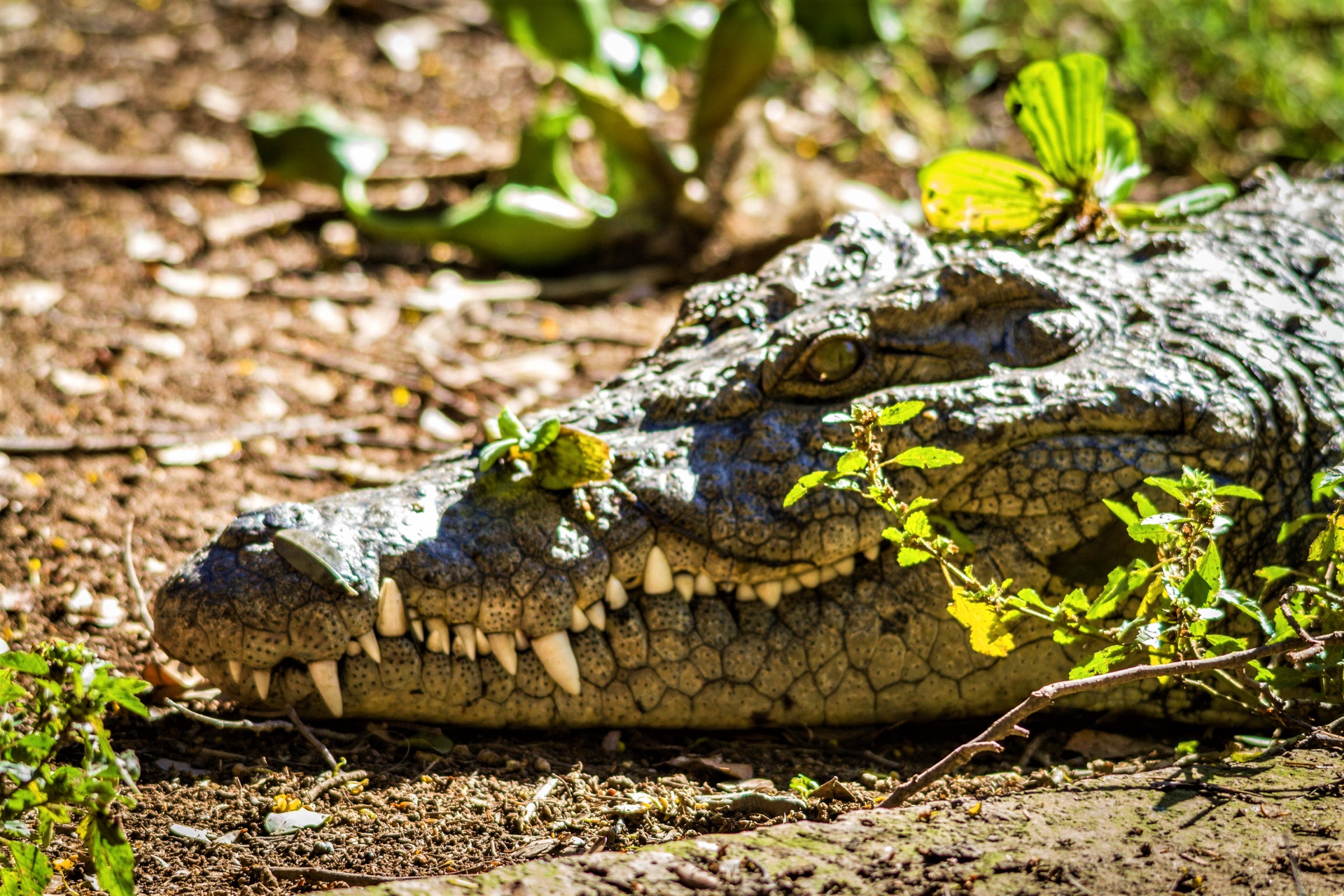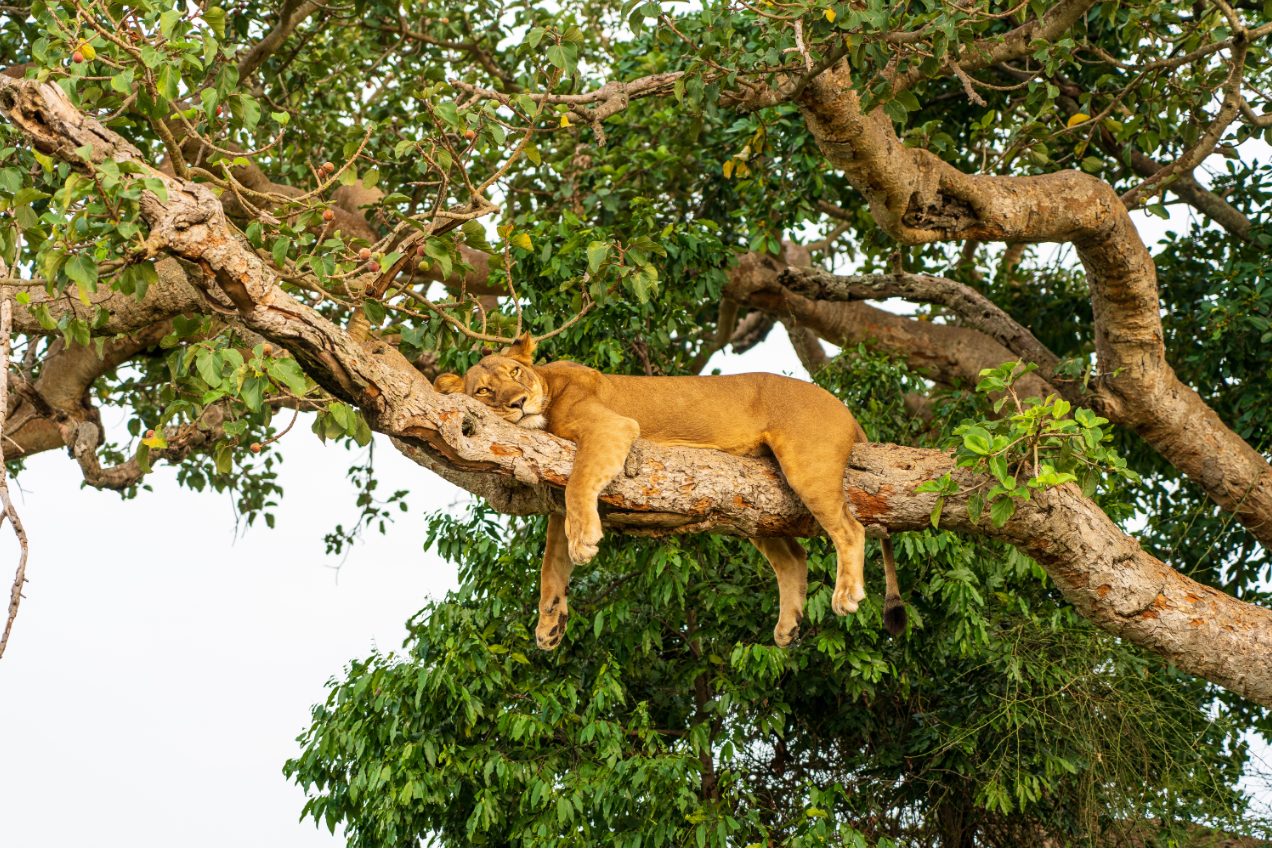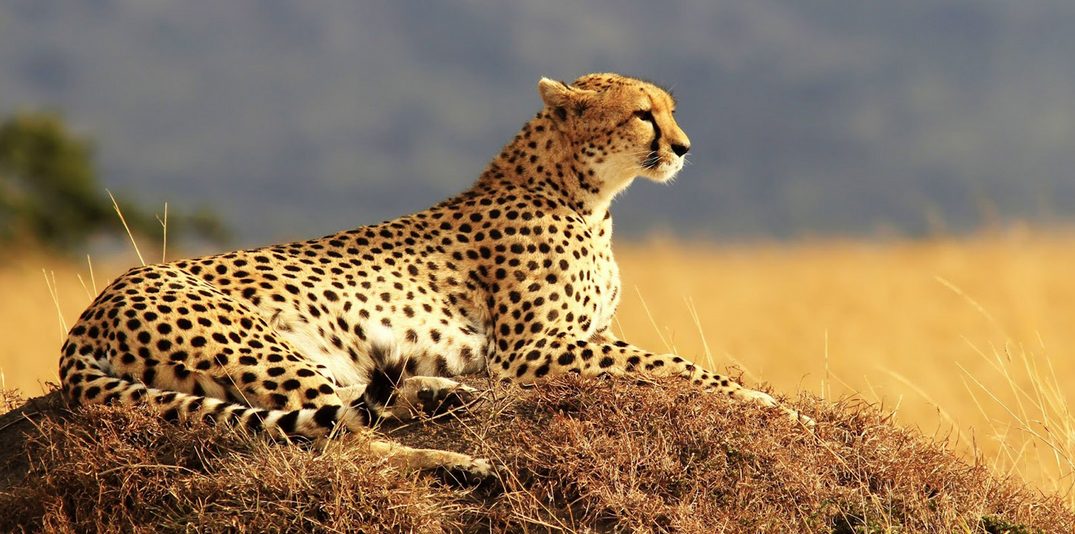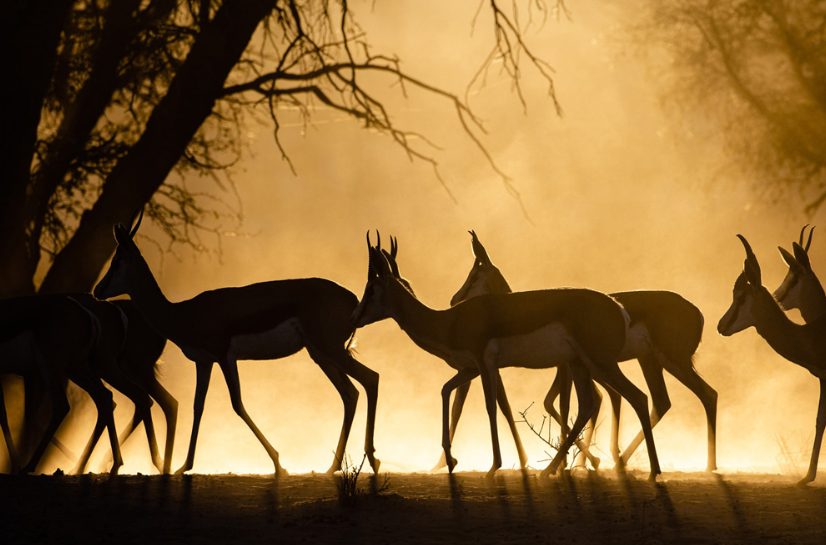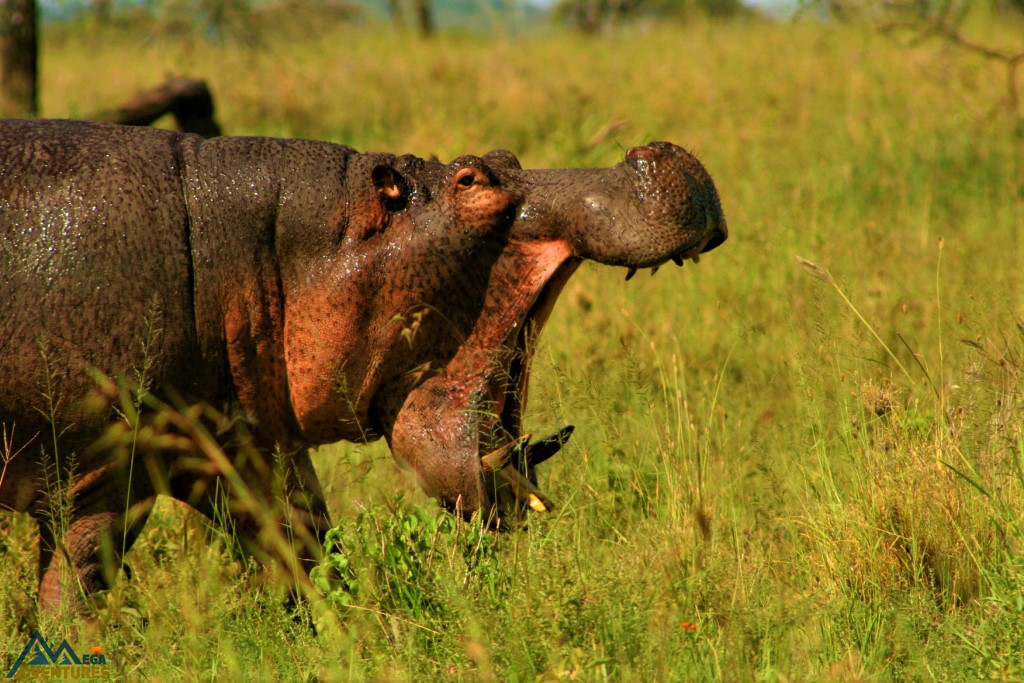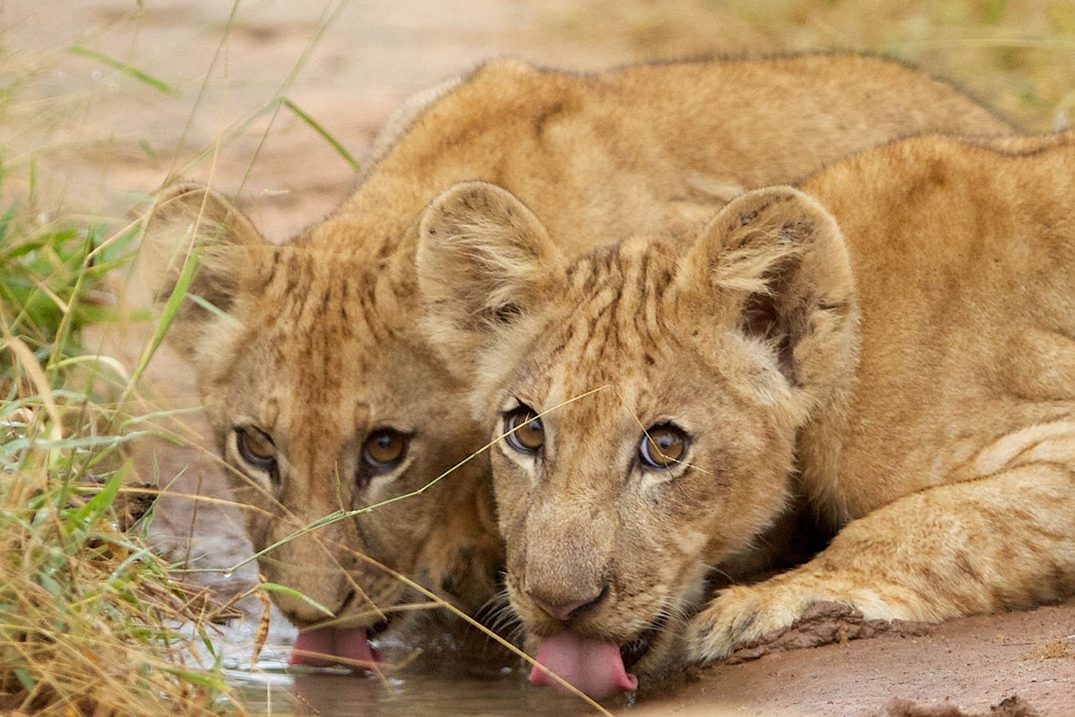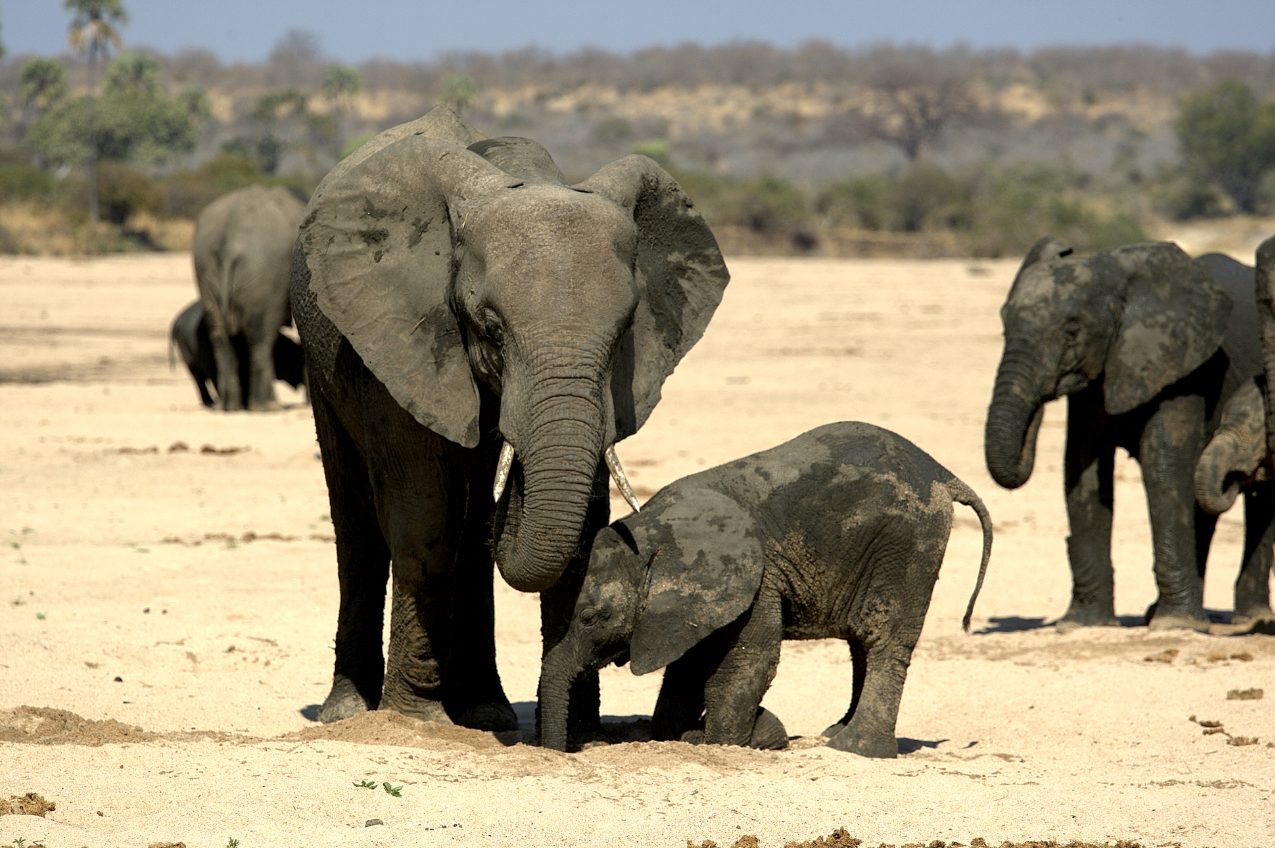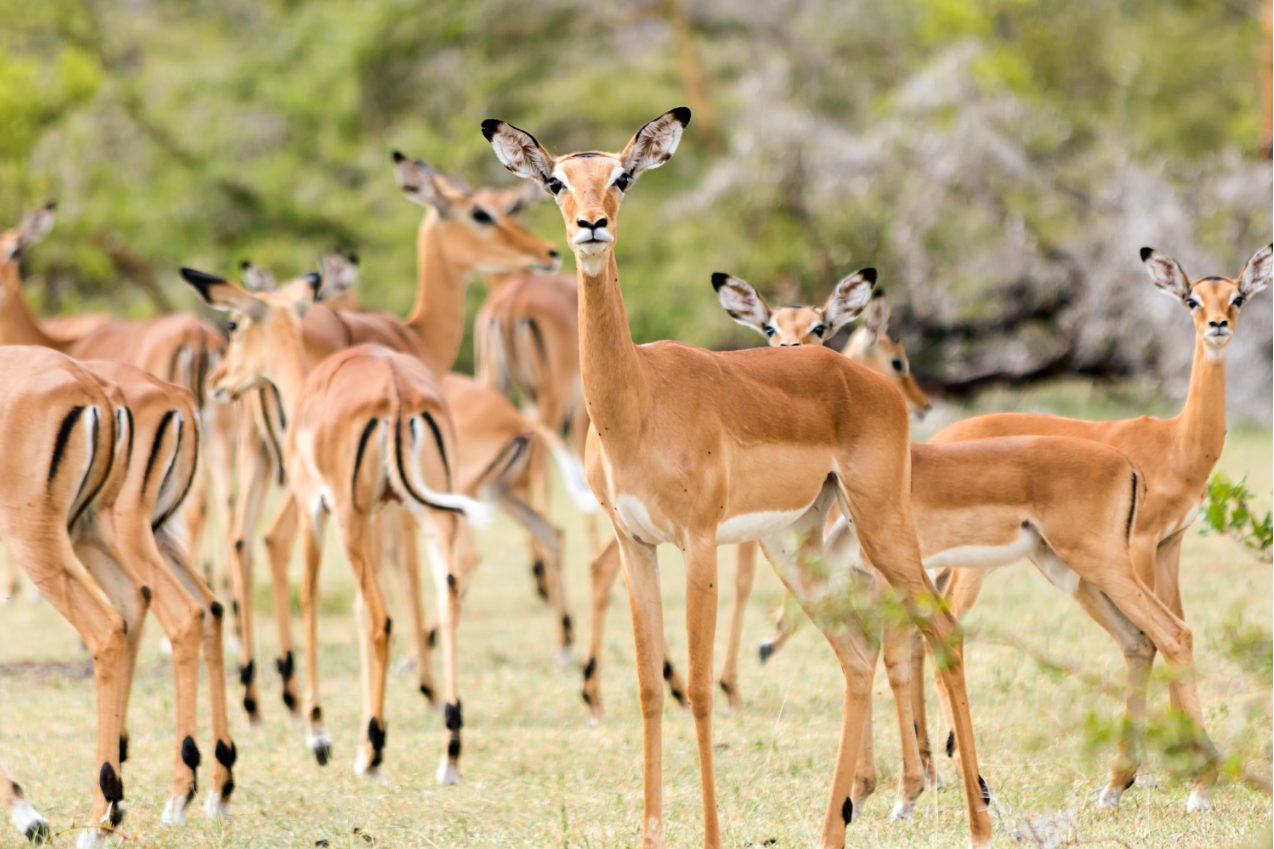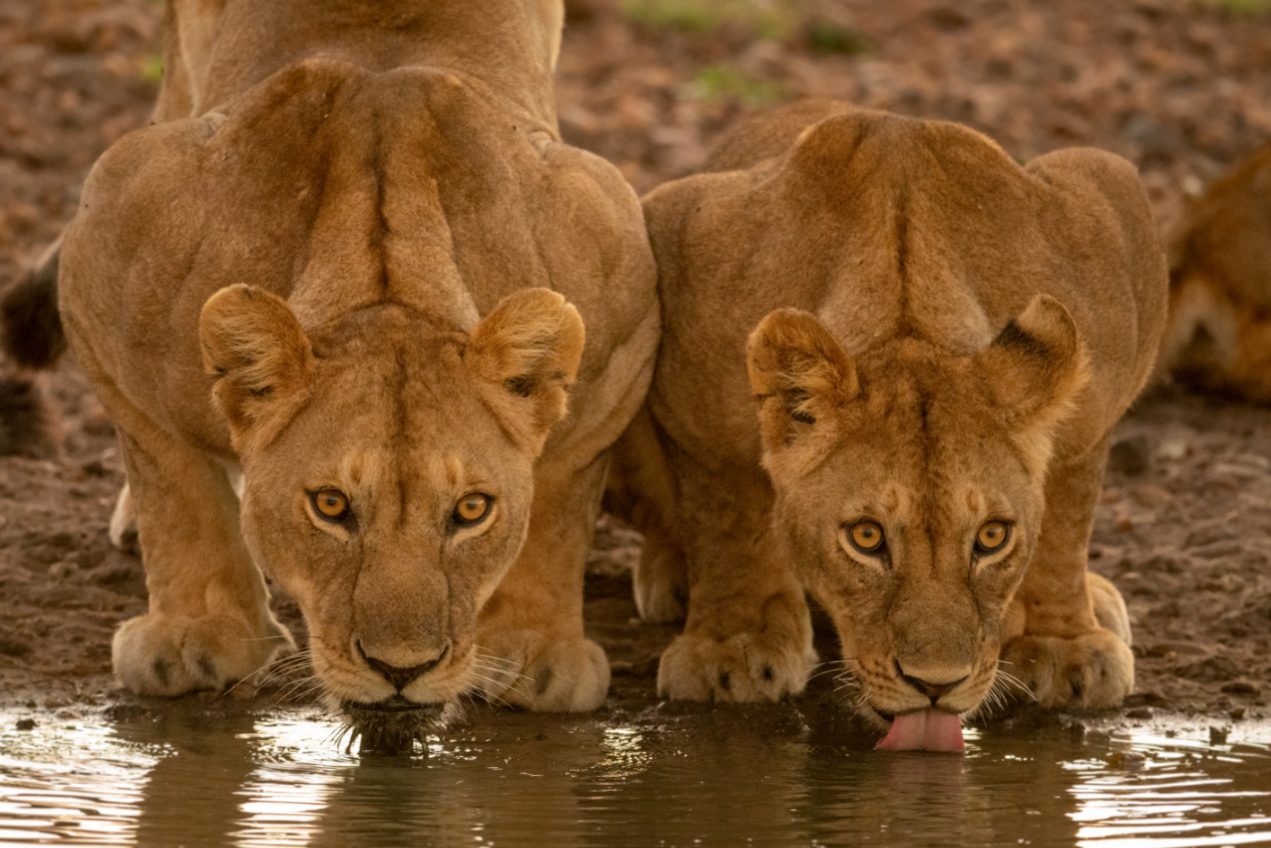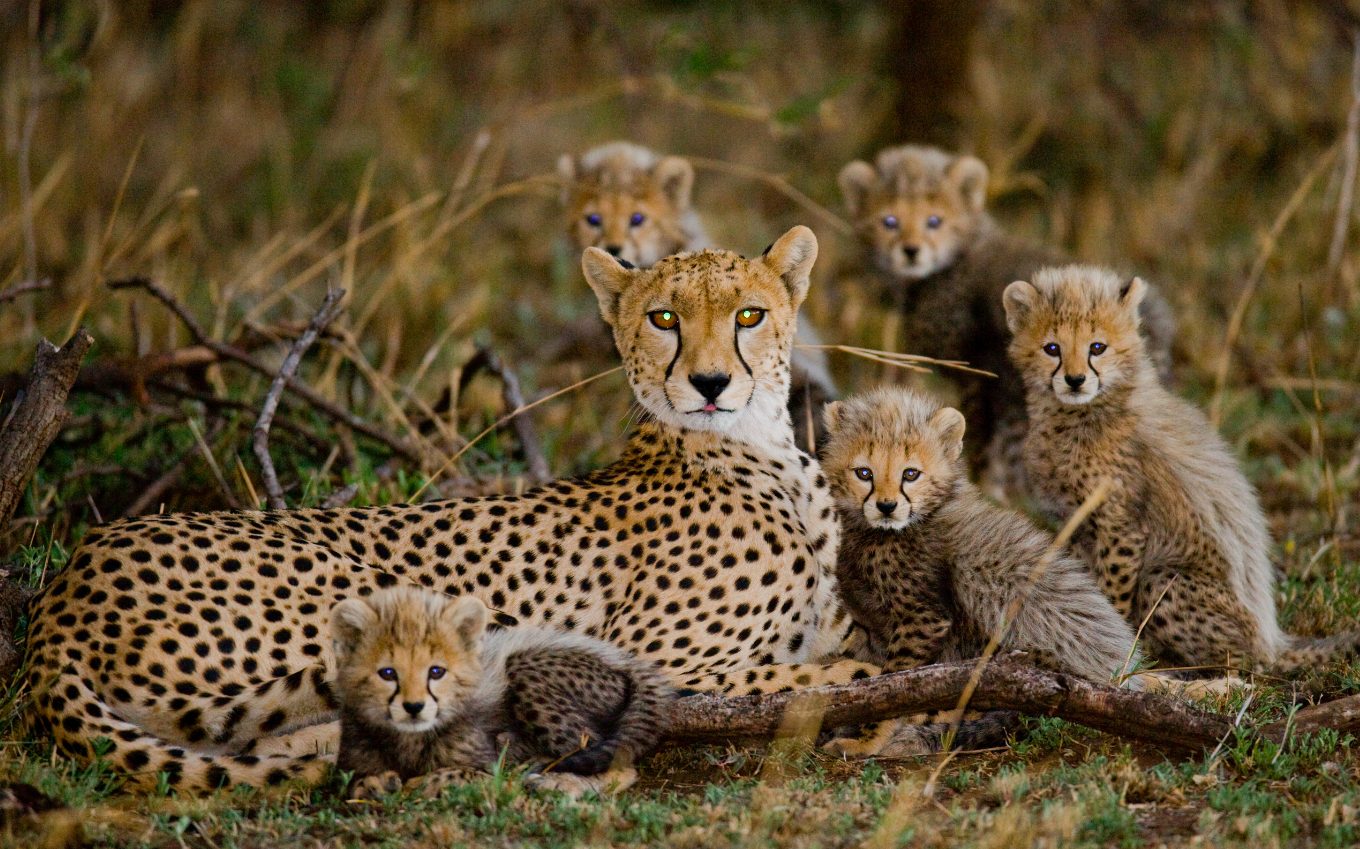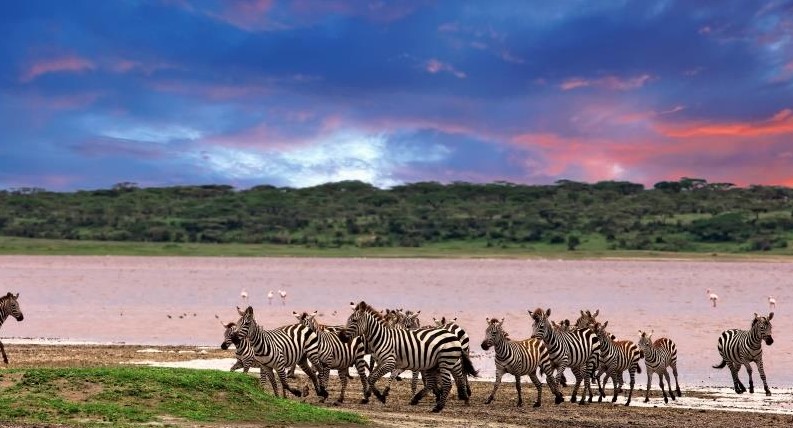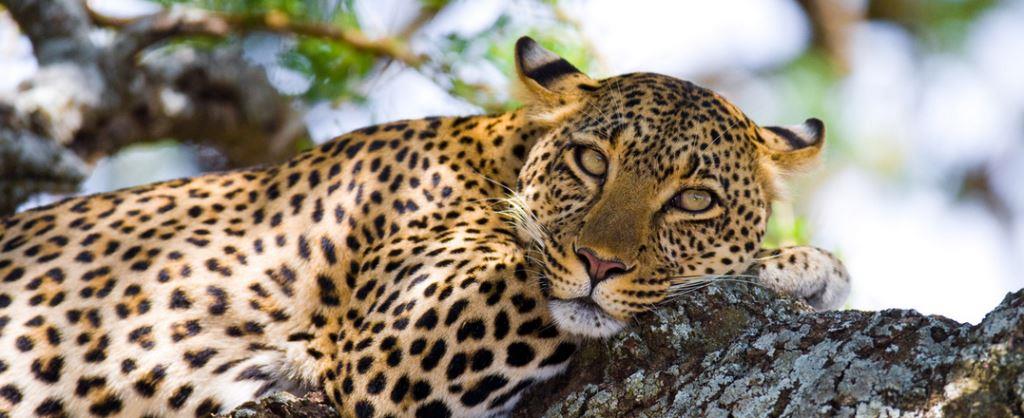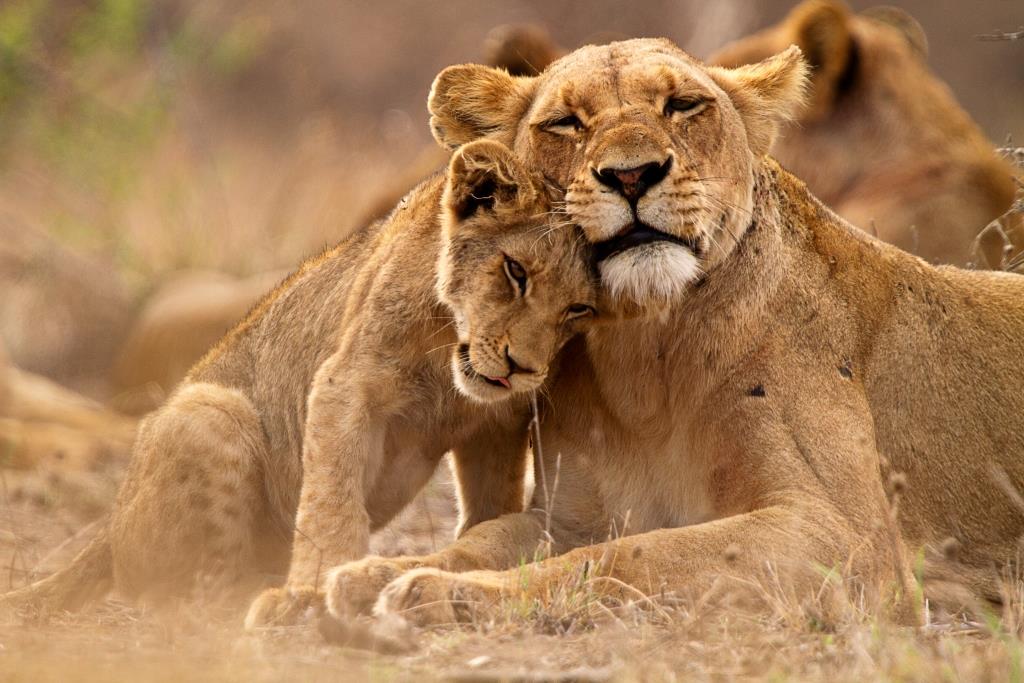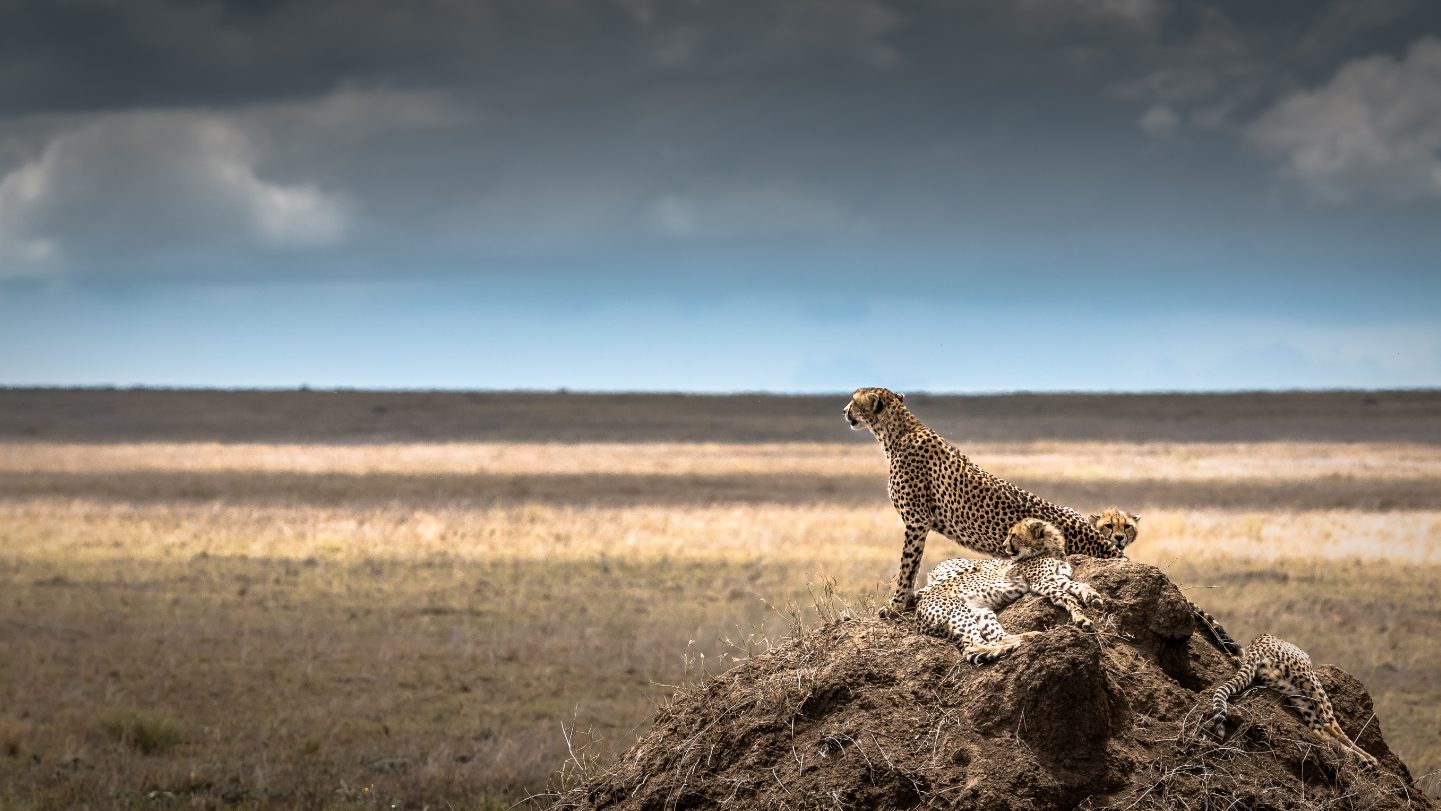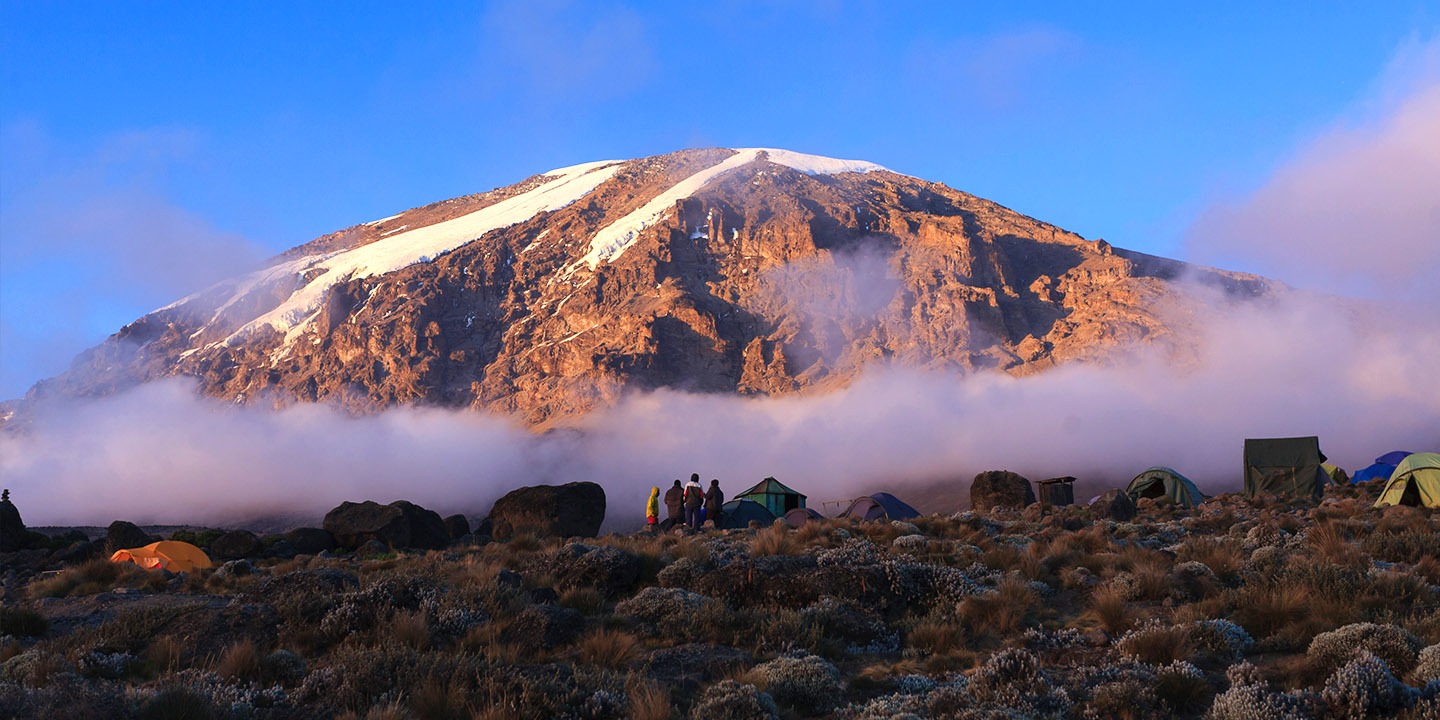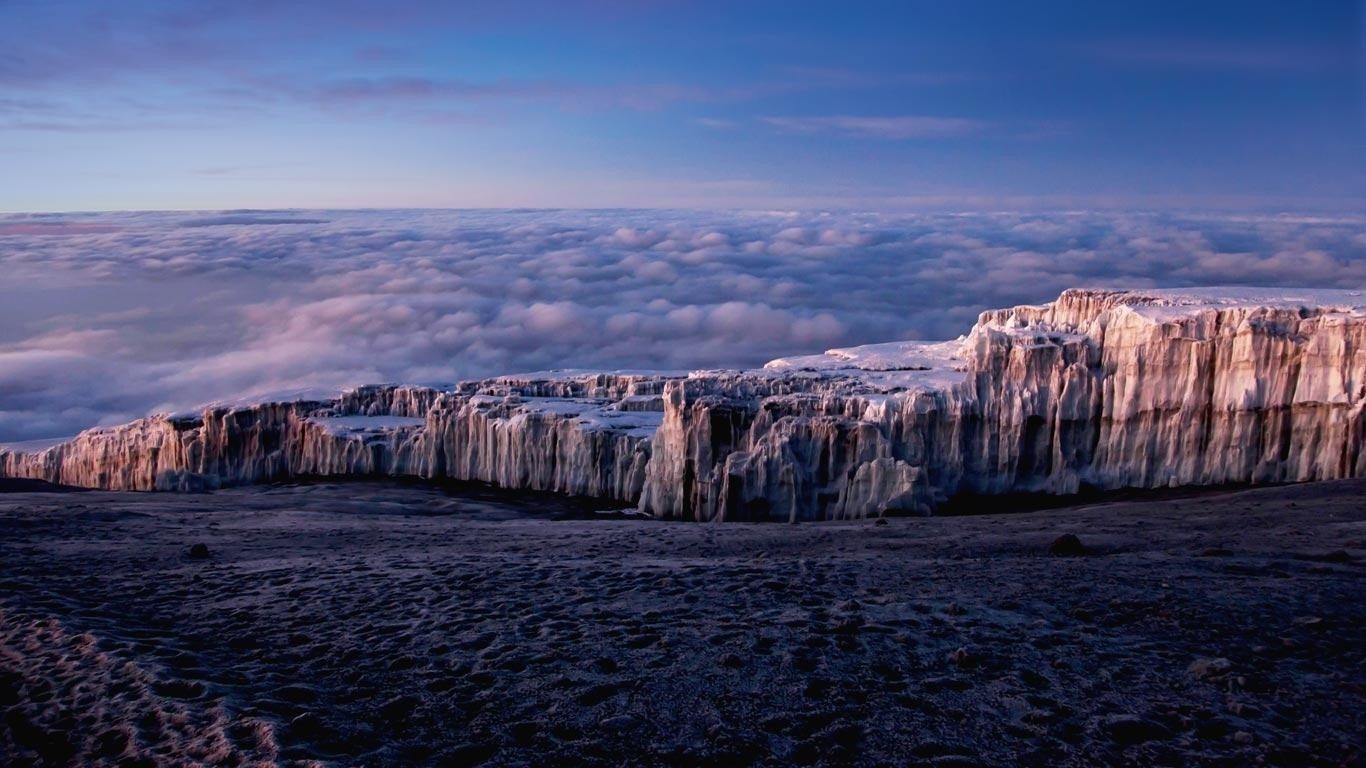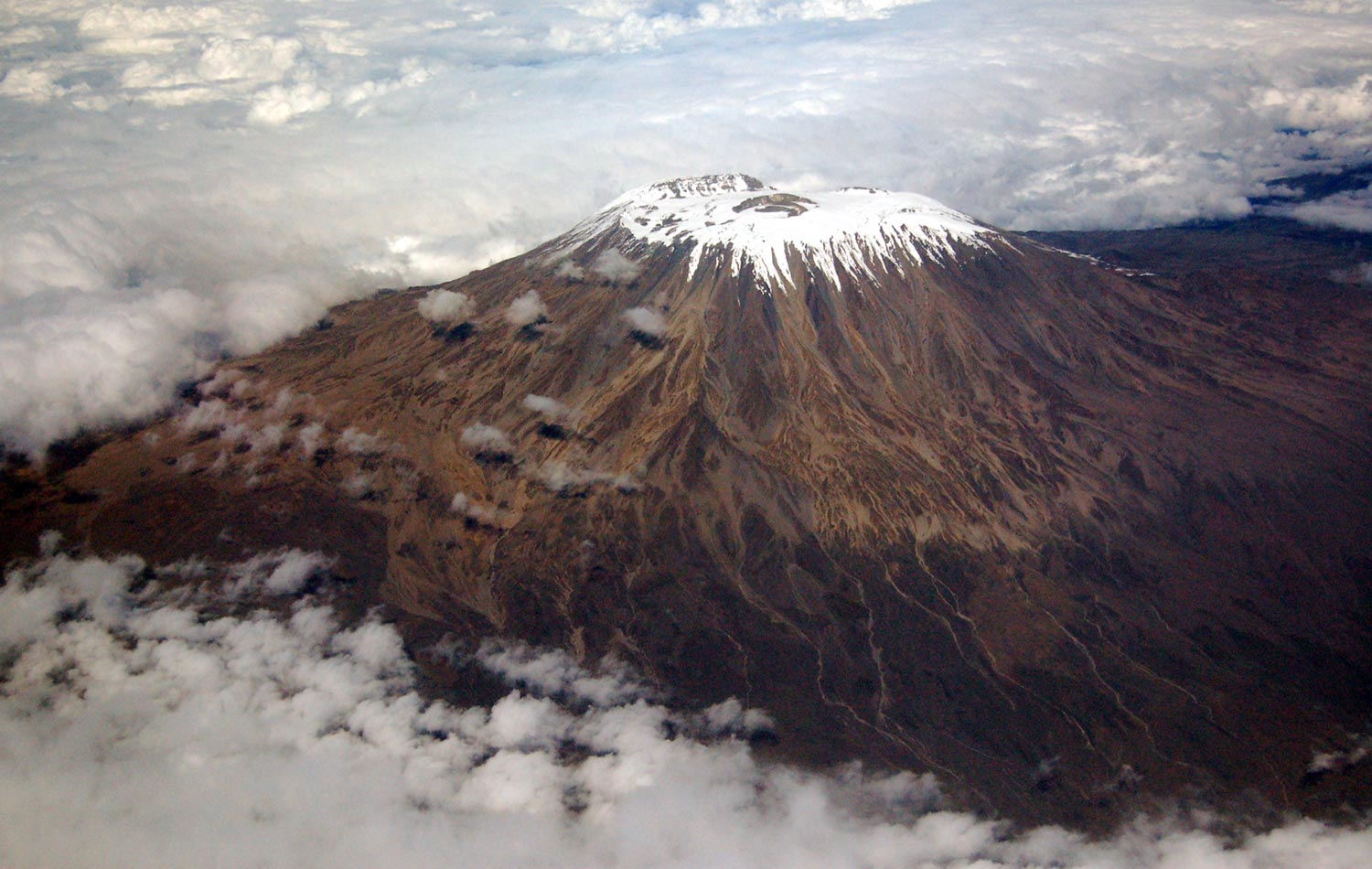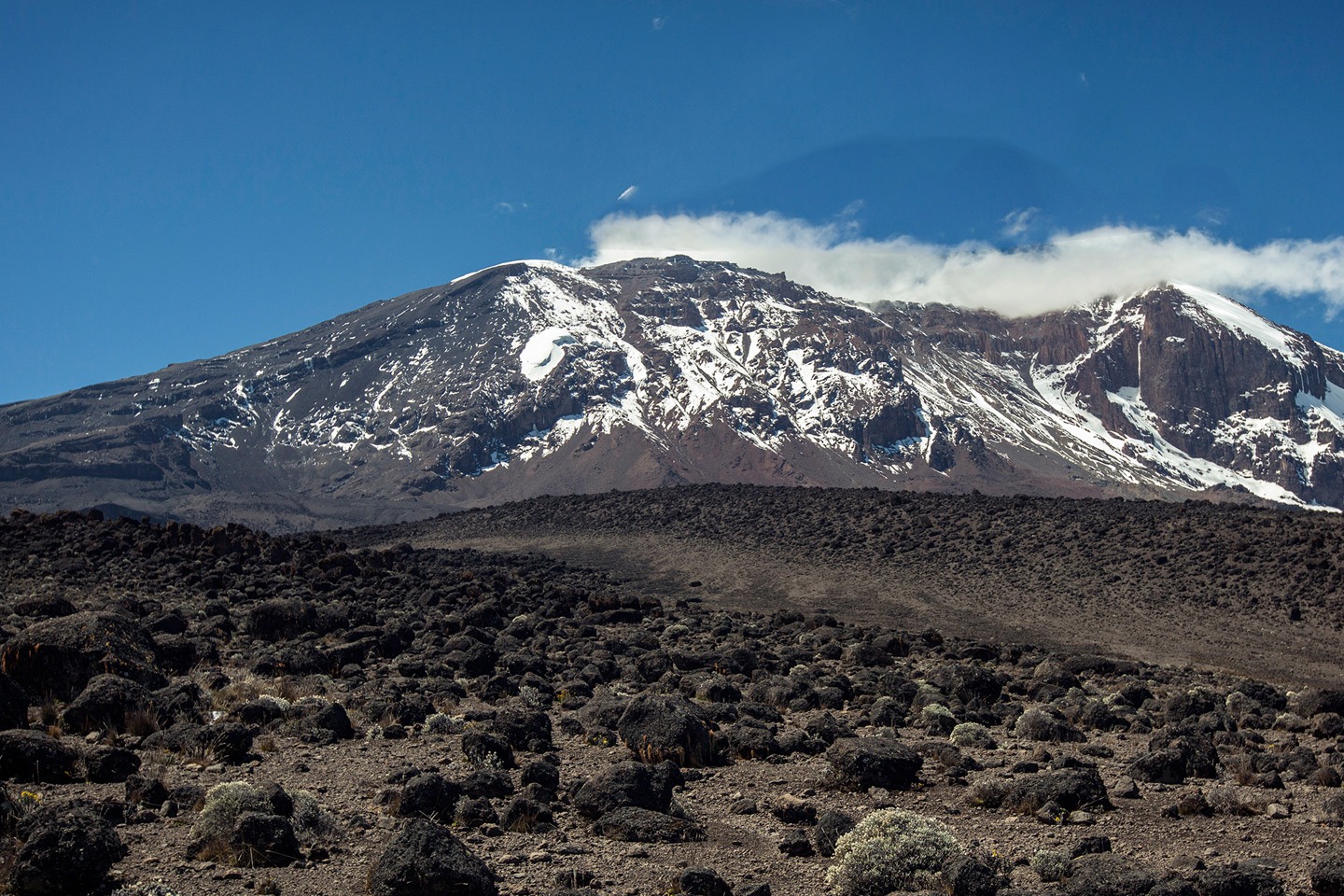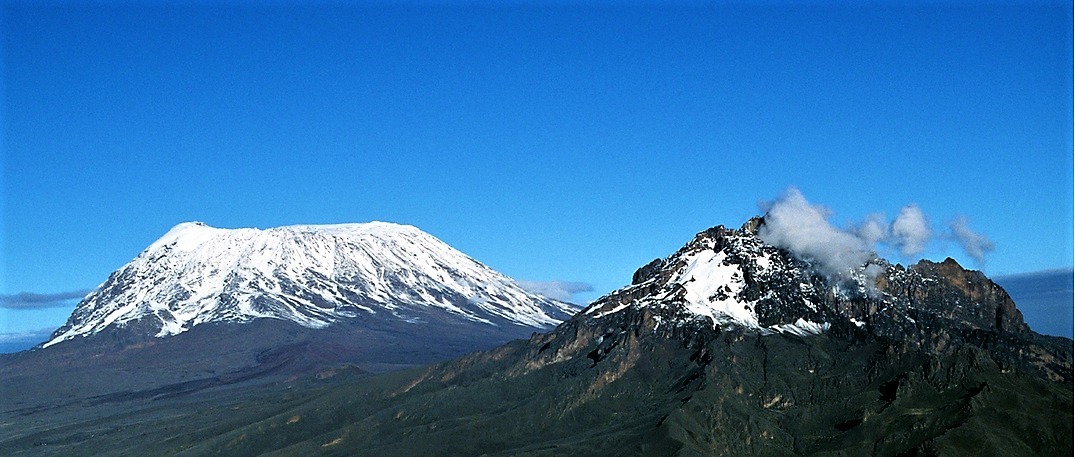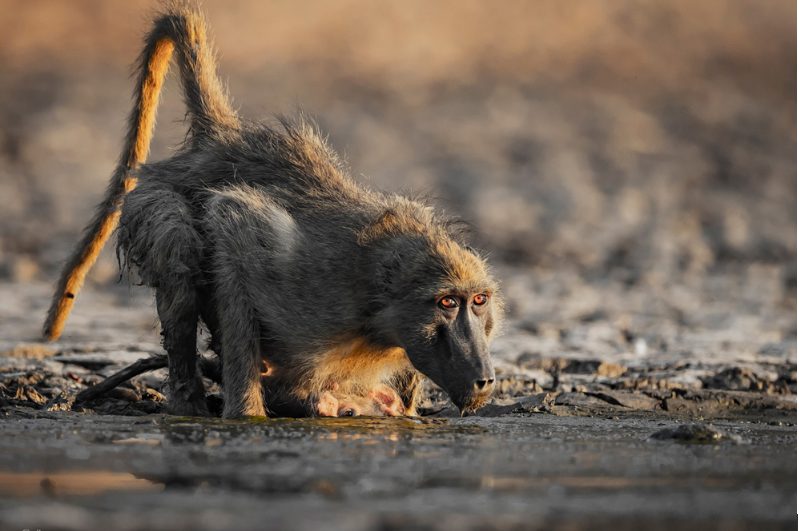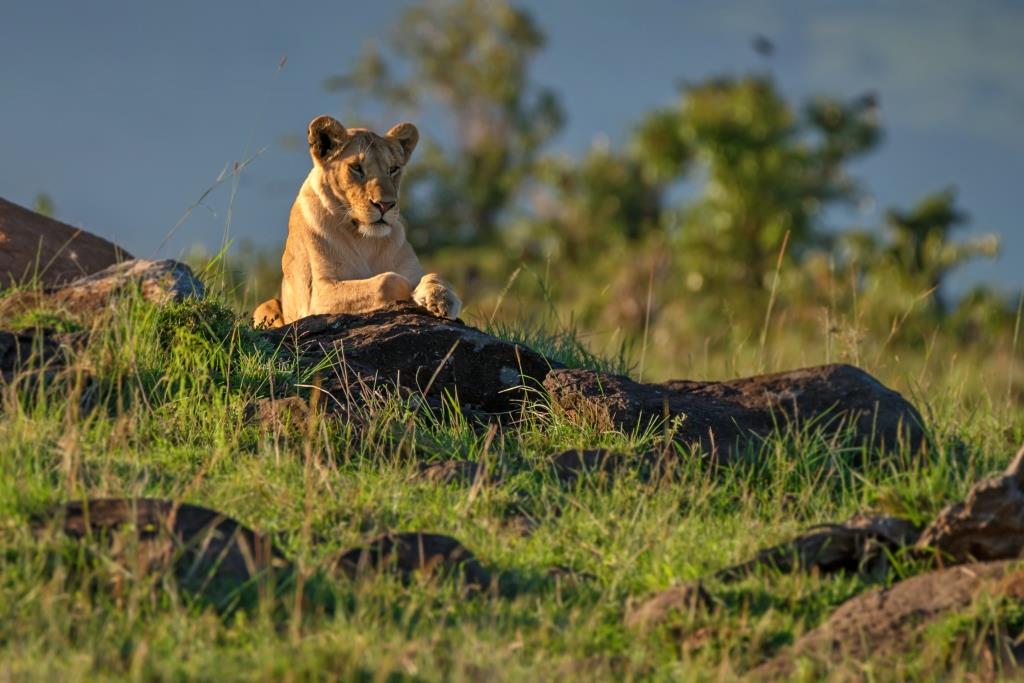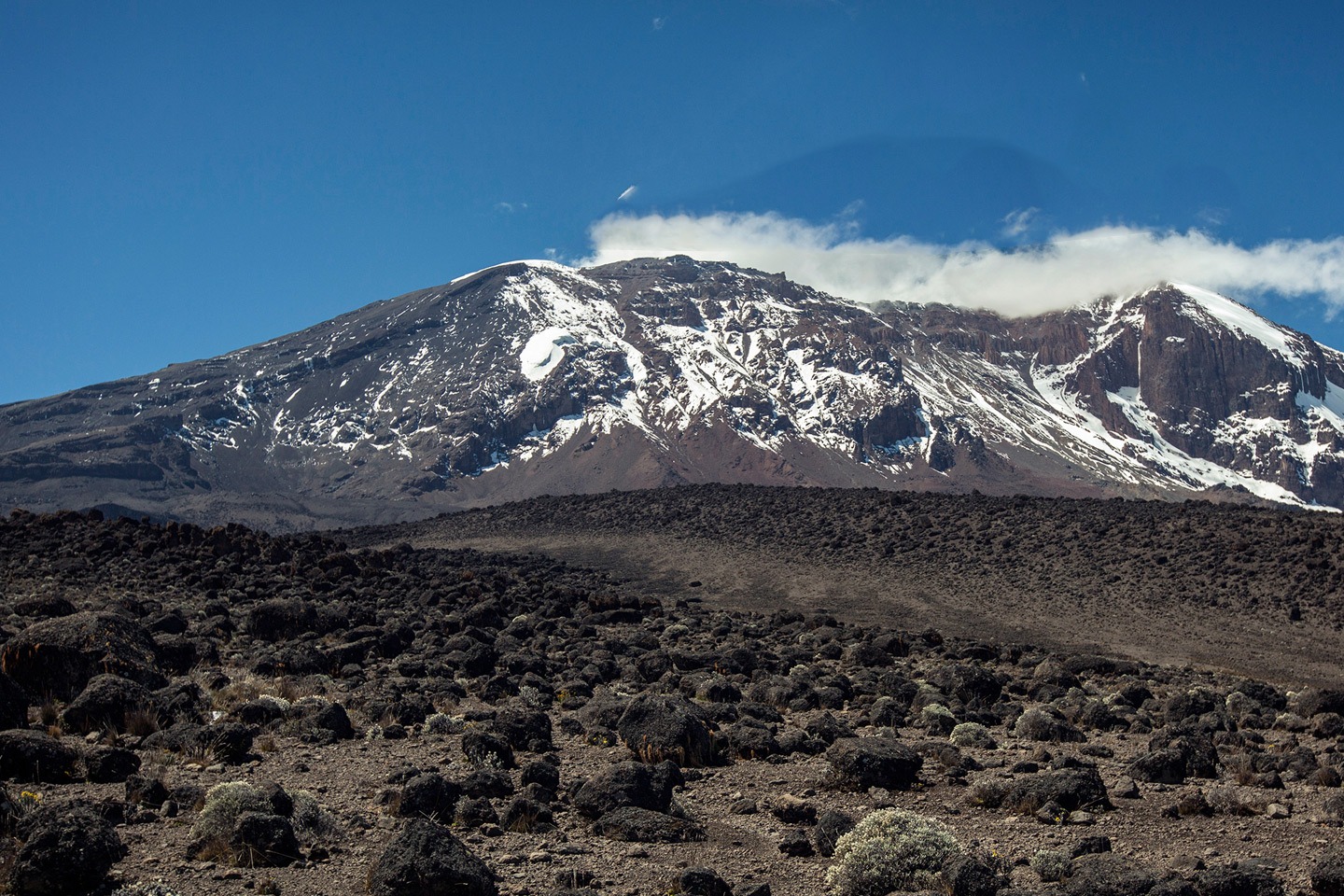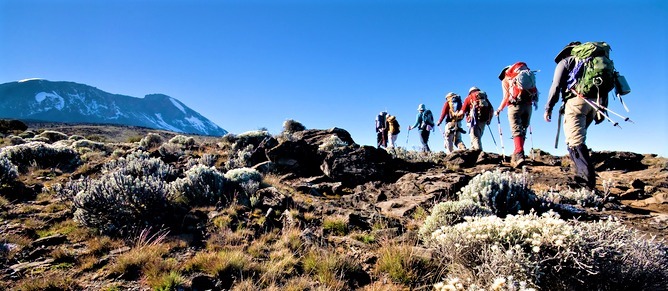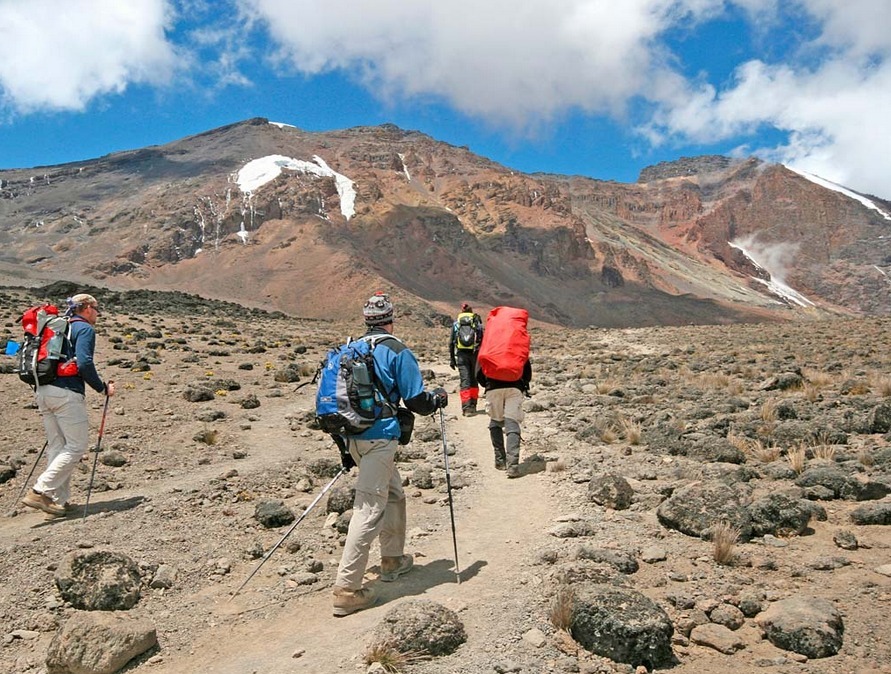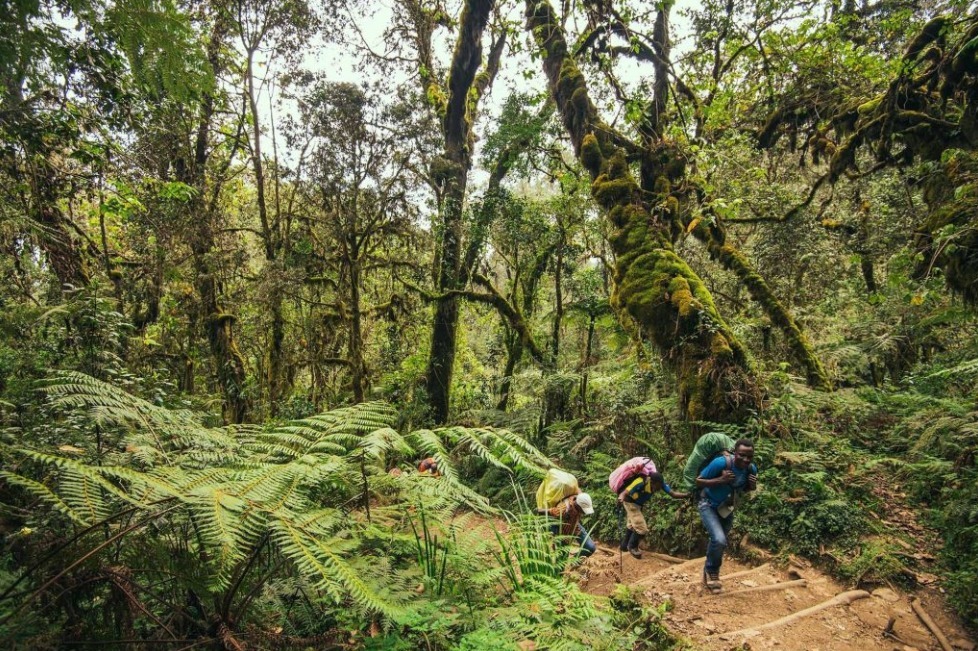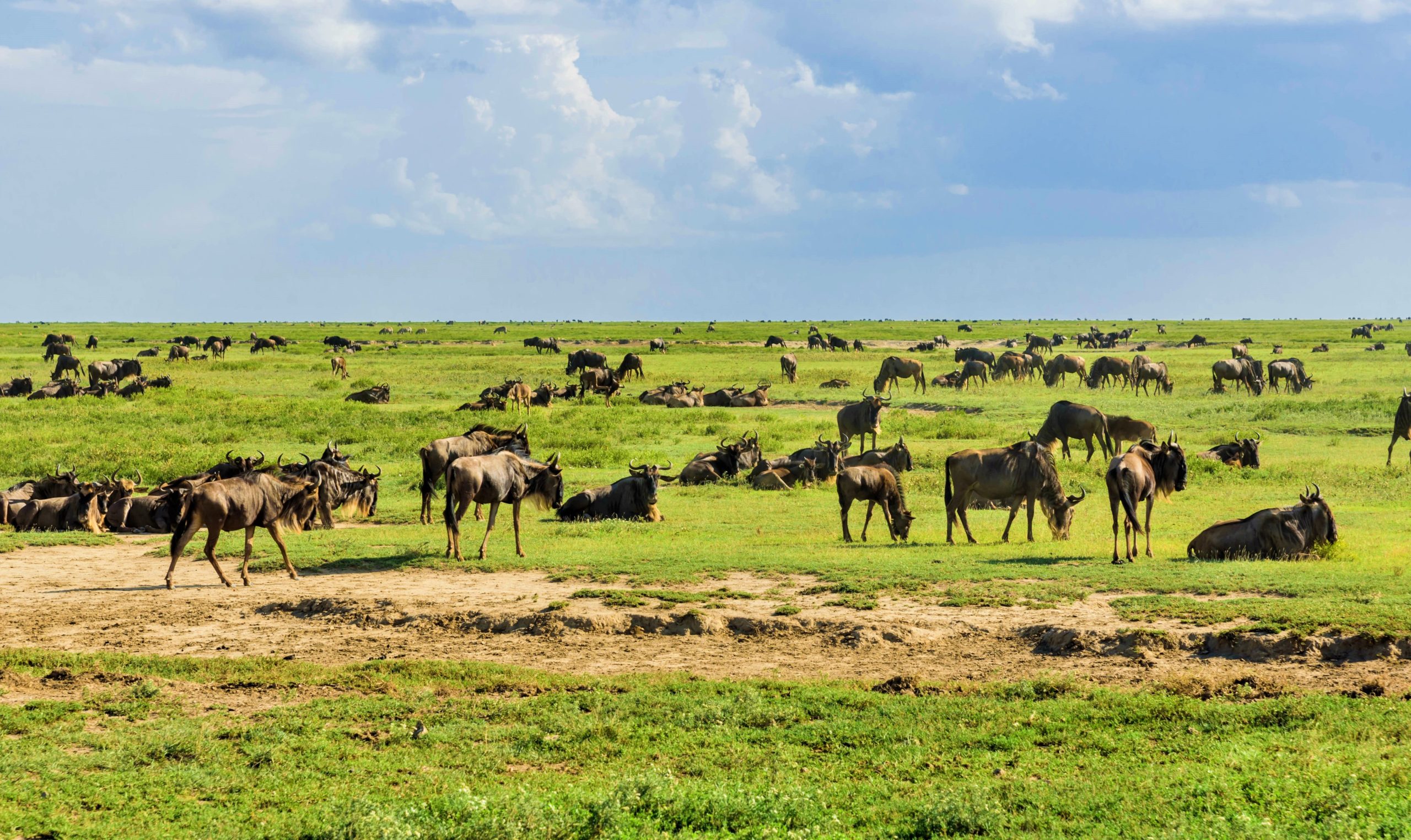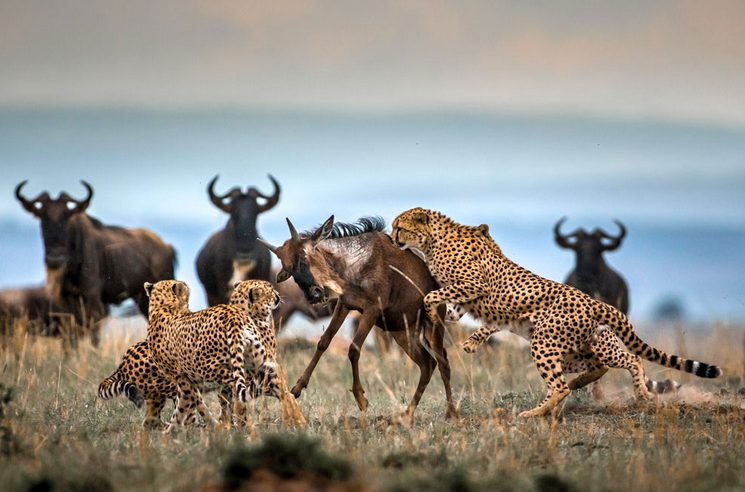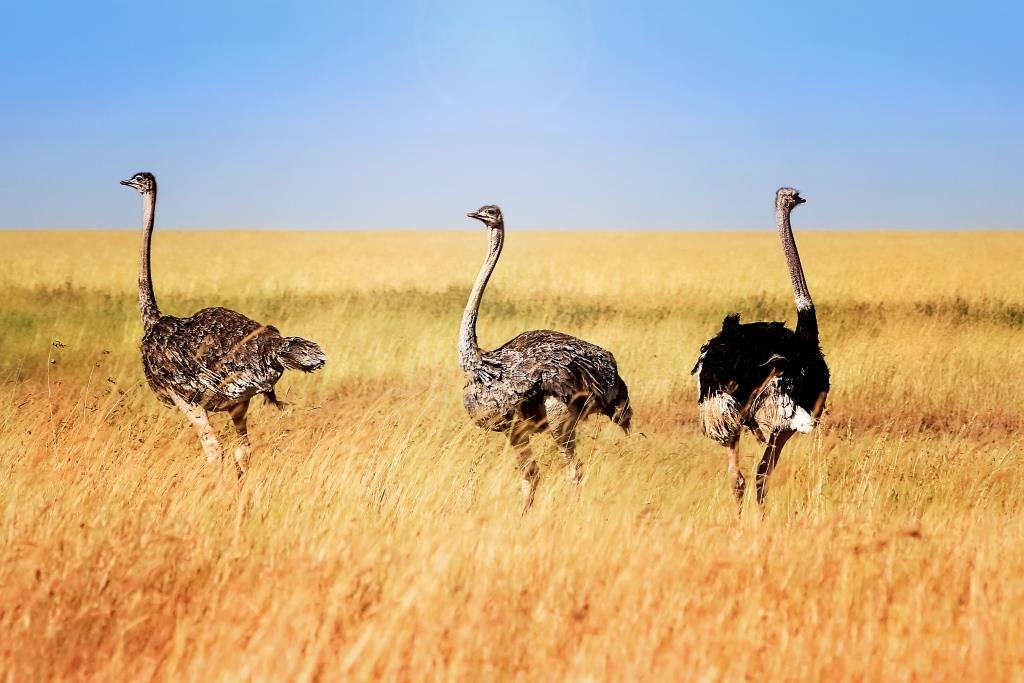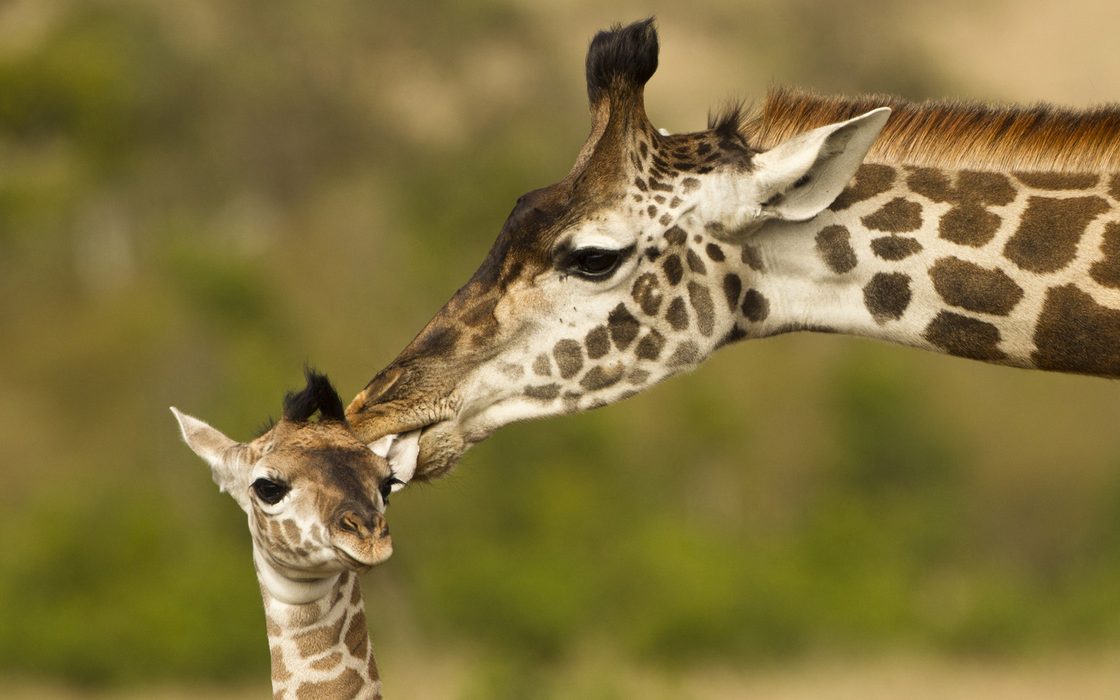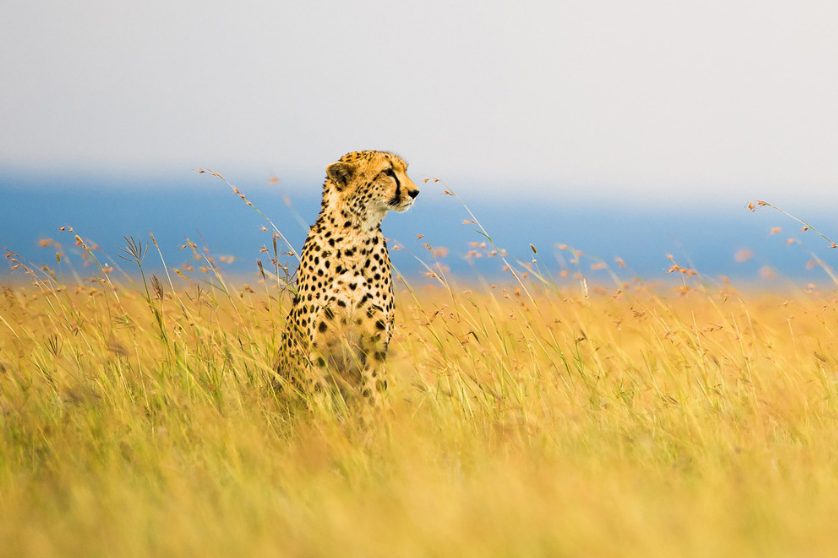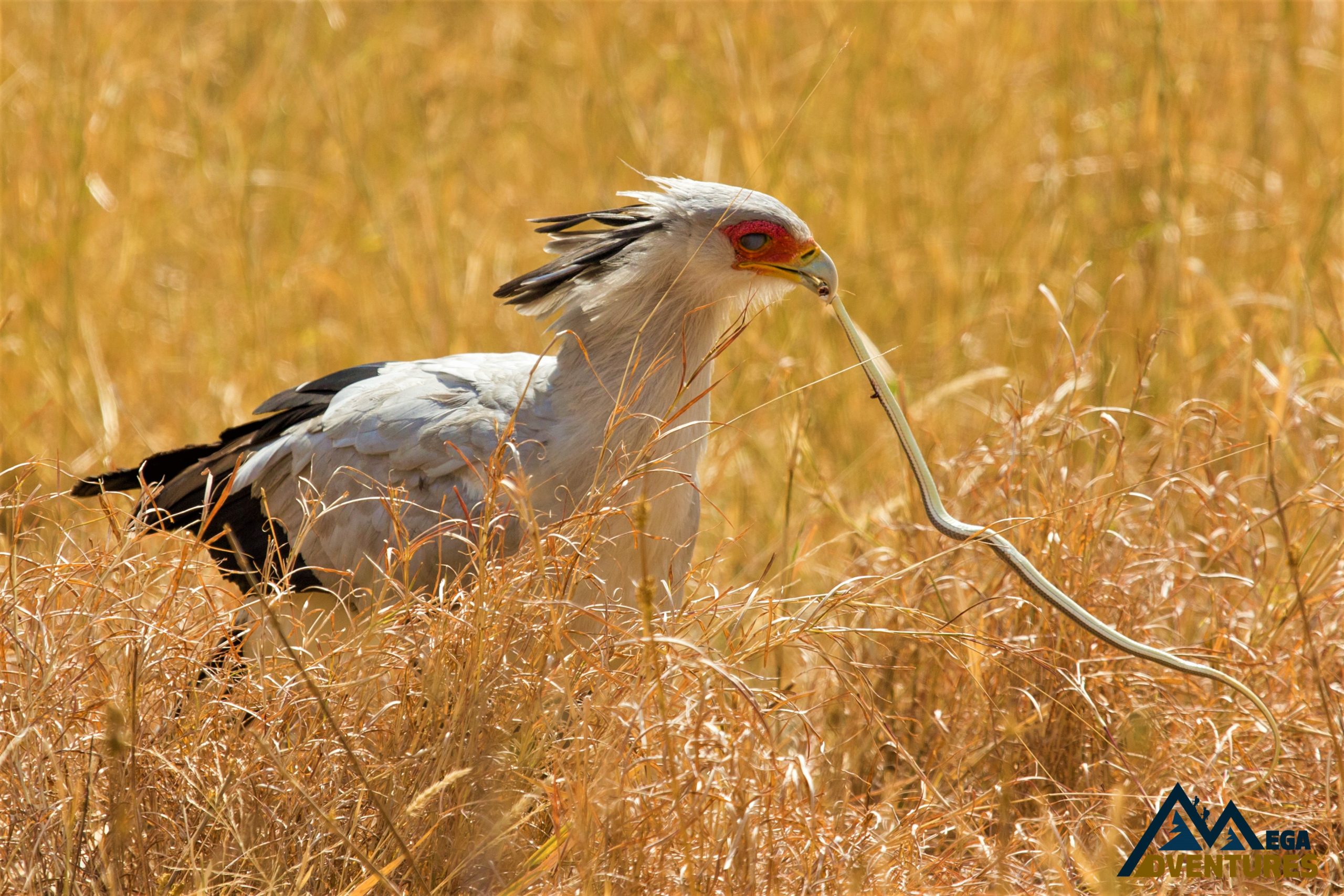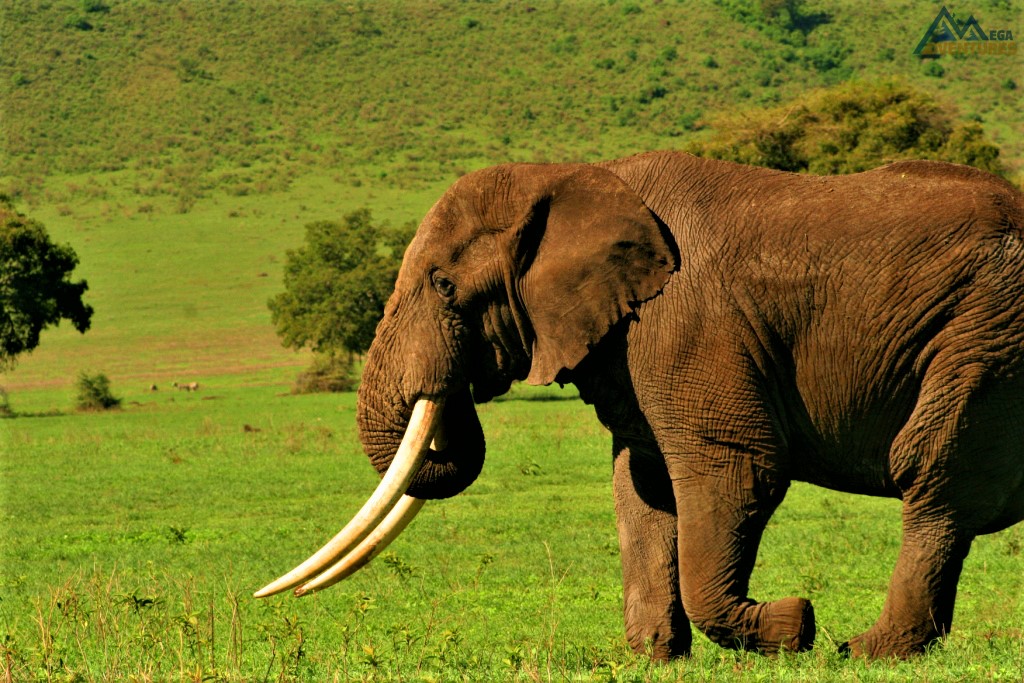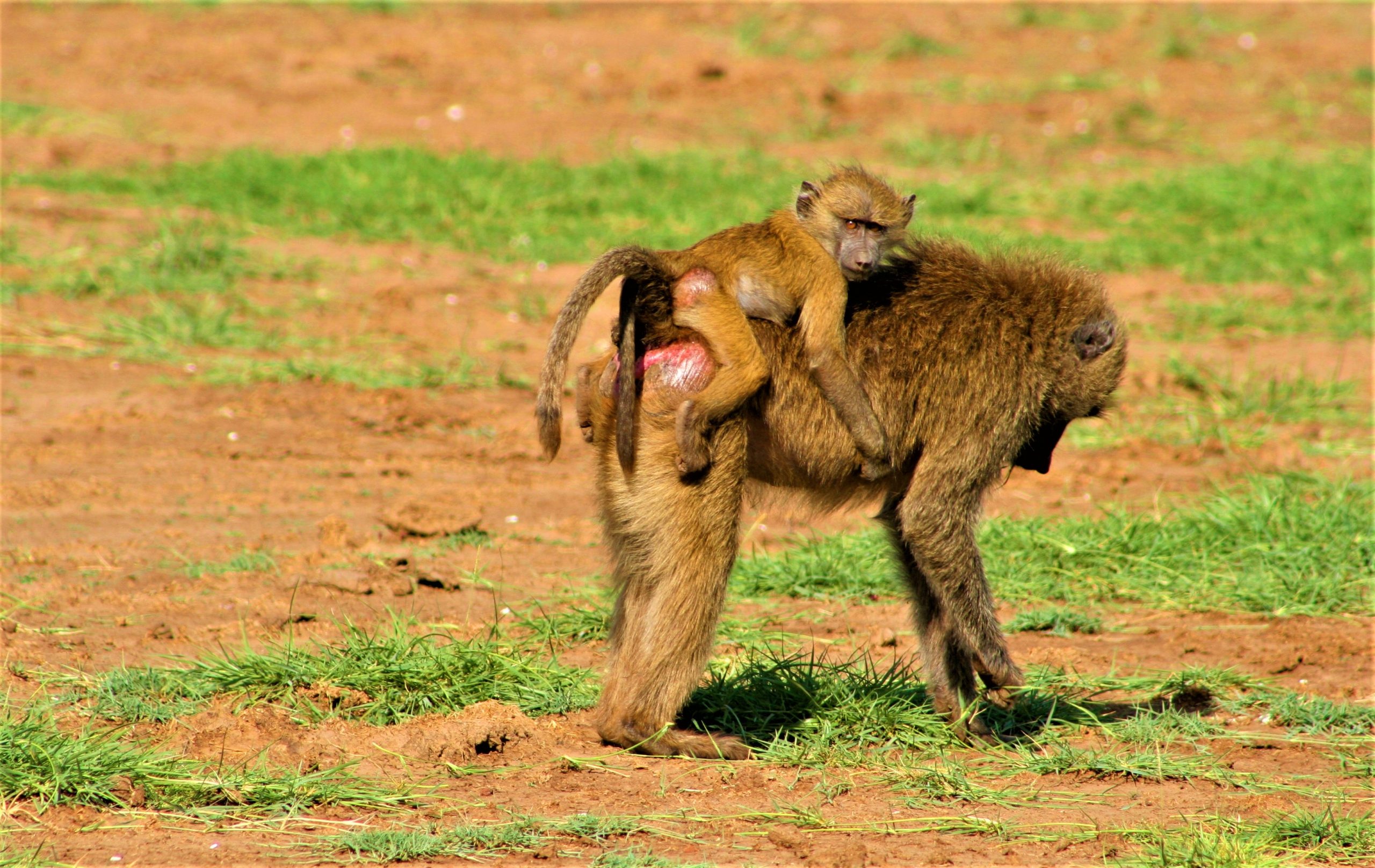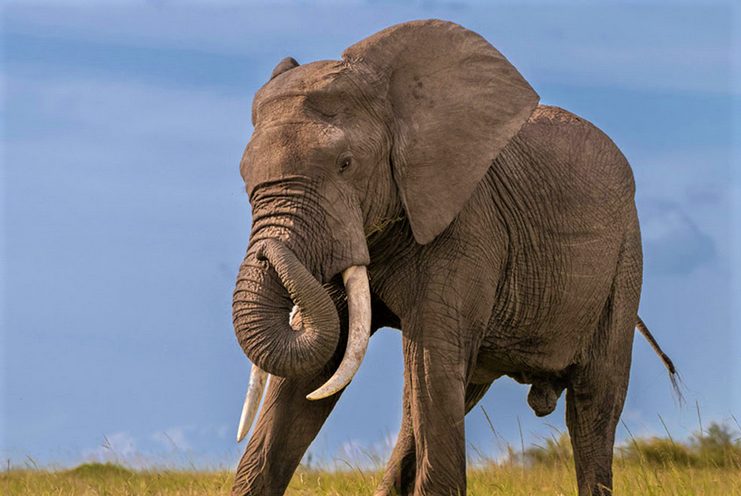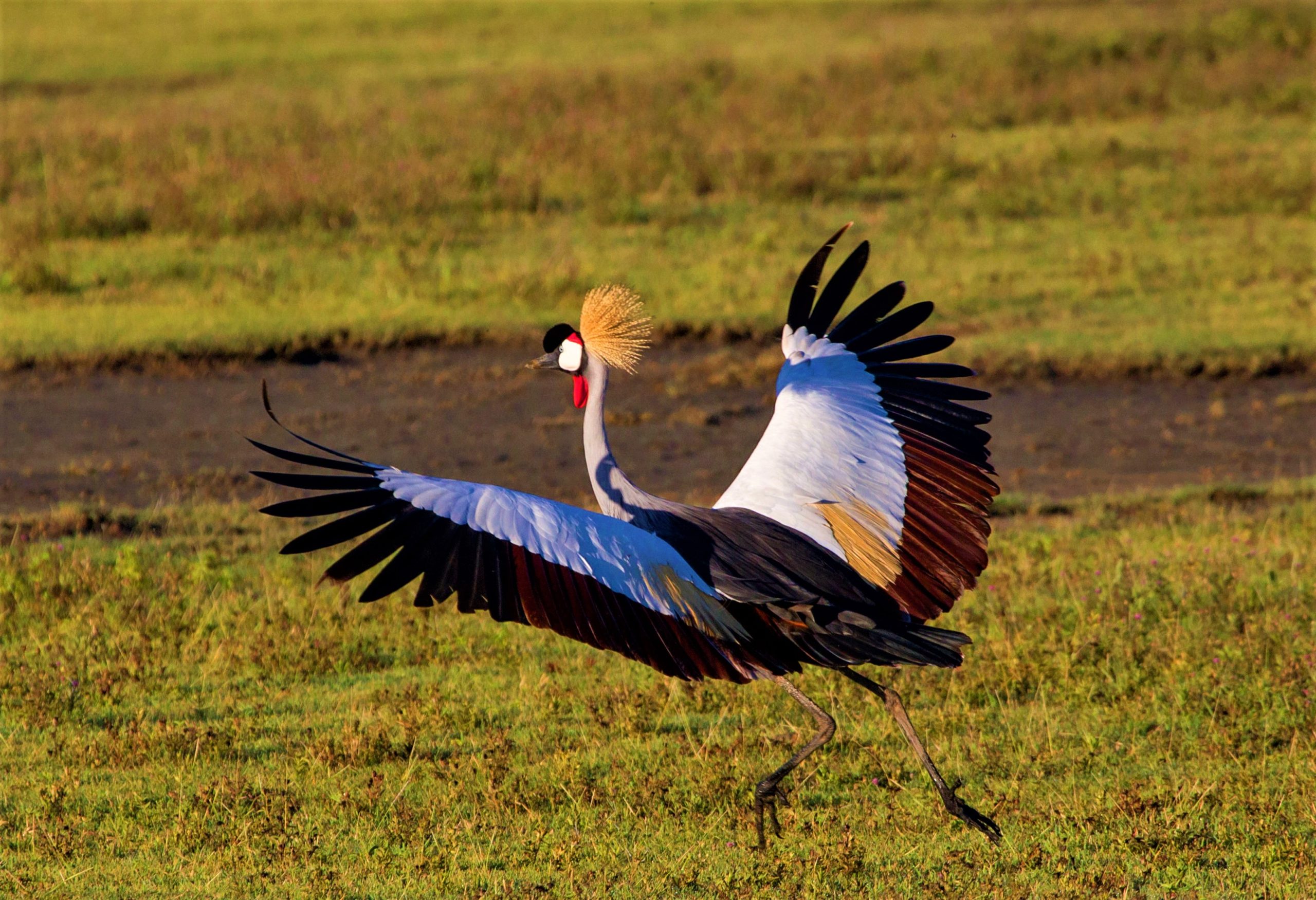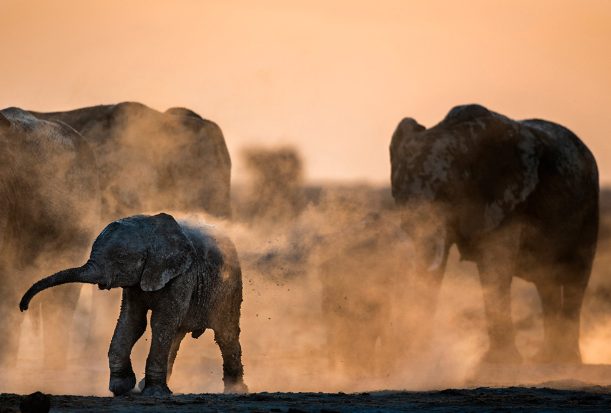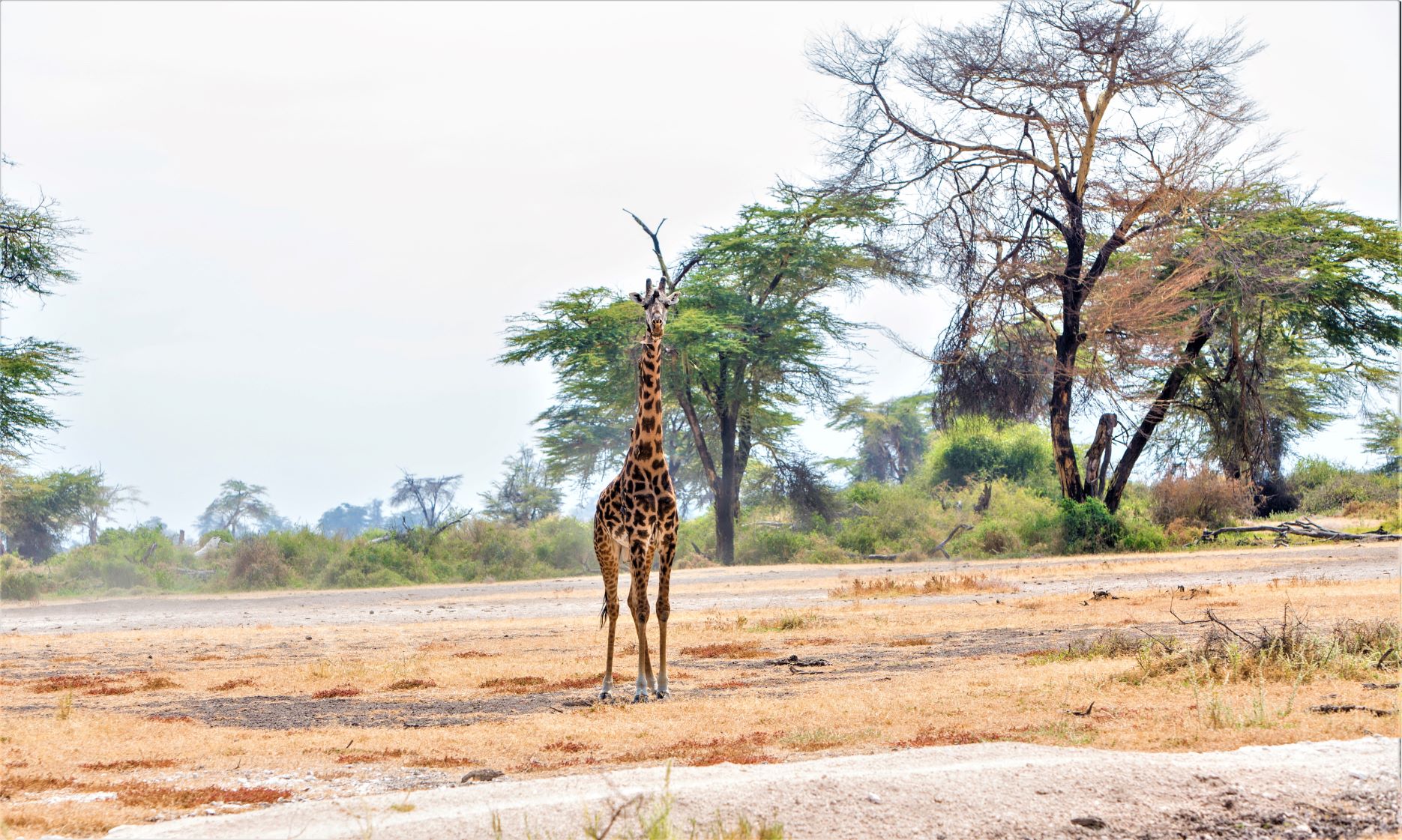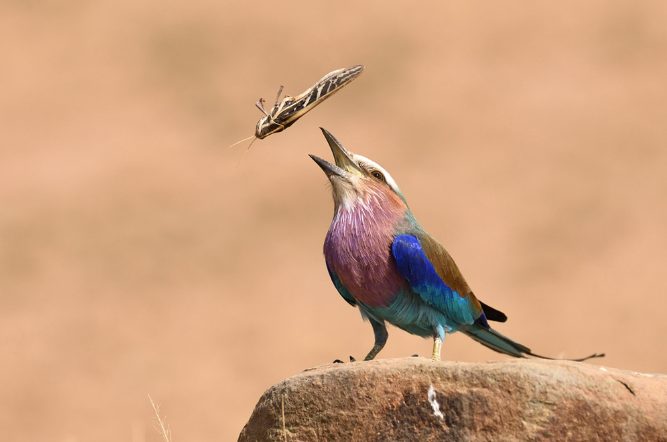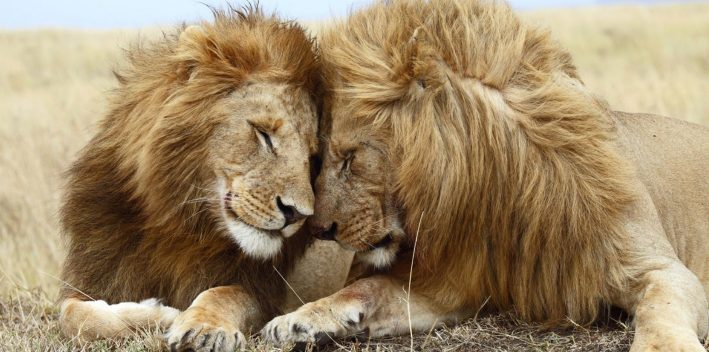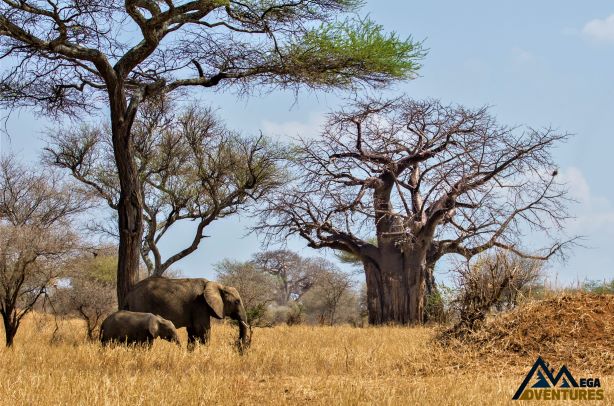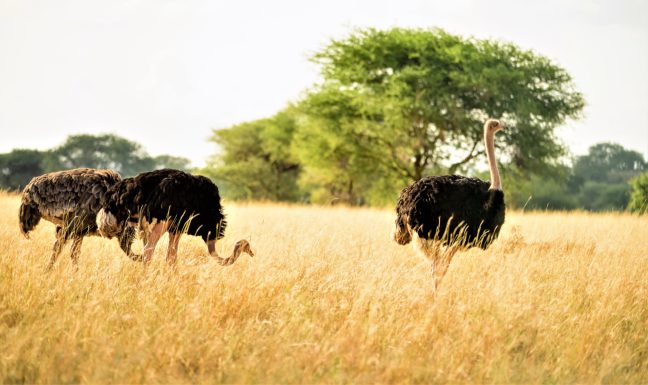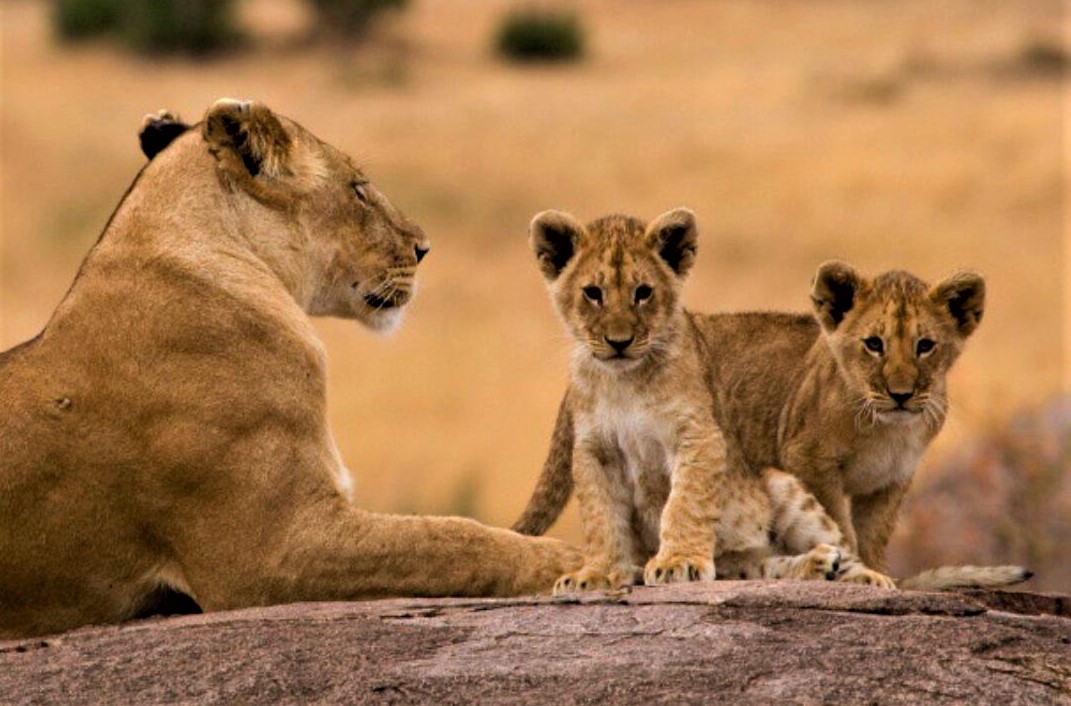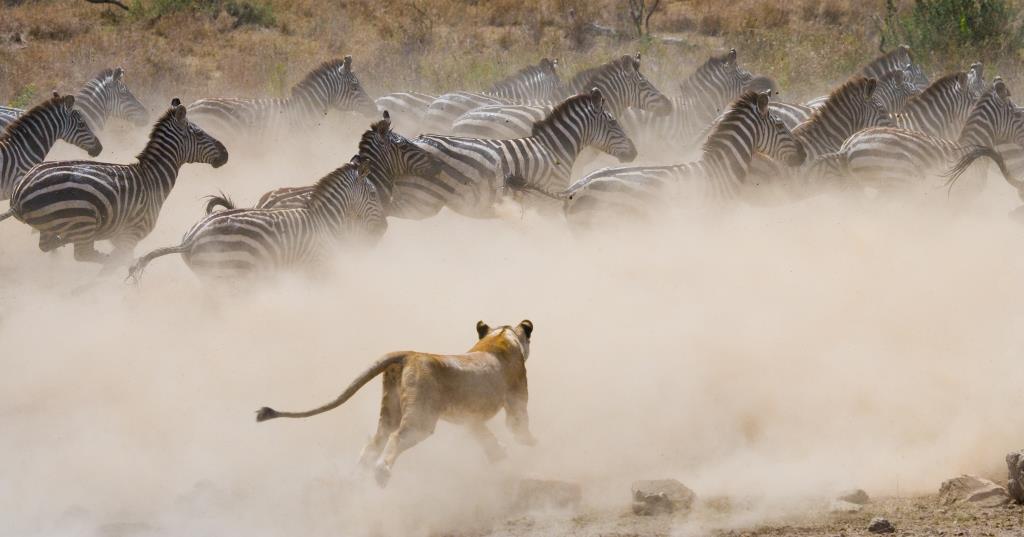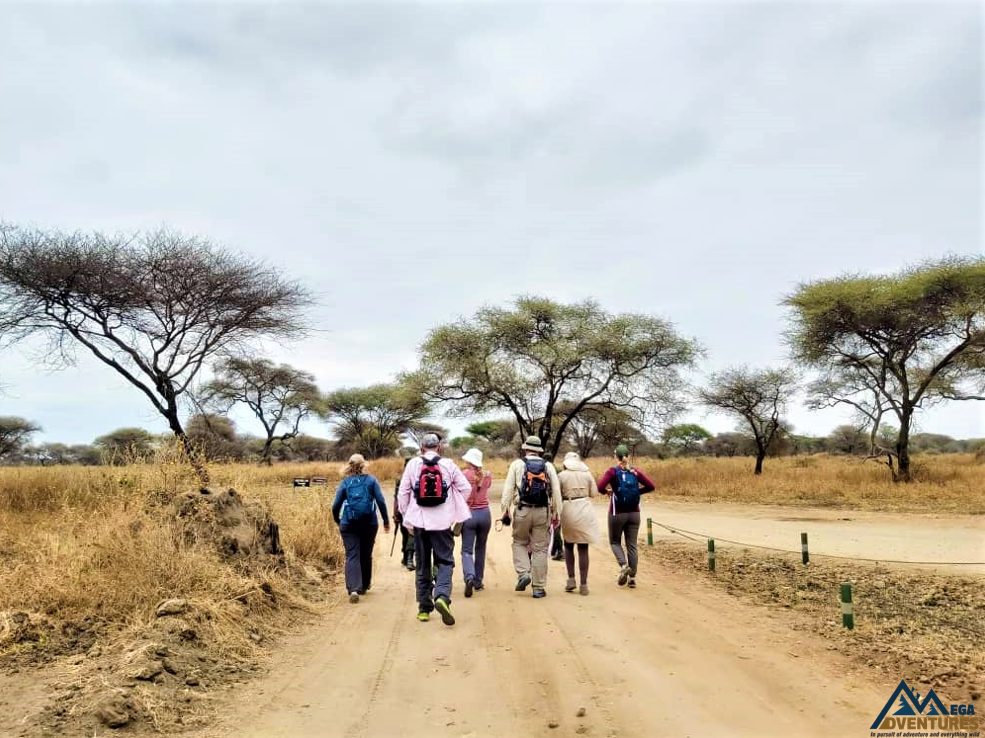Lake Natron is located northeast of the Ngorongoro Crater and forms part of Africa’s immense Great Rift Valley. Settled between rolling volcanic hills and deep craters, Lake Natron sits at the lowest point of the rift valley at 600 meters above sea level – and is probably the world’s most alkaline body of water.
Lake natron area is hot and often very dry and dusty – so certainly for the bolder traveler. But those who choose to include Lake Natron as part of their safari itinerary are satisfied with an area far off the beaten path and get relatively little tourism. It is also some of the most theatrical scenery in Tanzania, and the tour here is very worth it.
The transfer towards Lake Natron takes around three hours from Mto wa Mbu town beside Lake Manyara. It is hot on the day, but the landscape is increasingly dramatic, with the Rift Valley rising on your left-hand side. You will soon focus on looking around, and the views are spectacular. Drive deep into the green vegetation that gives way to a sparse, dusty landscape.
To the north of this path stands great mounds, the ruins of extinct volcanoes. These are soon dwarfed by the glimpse of the active Ol doinyo Lengai. To finally reach Lake Natron, you will drive around an imposing volcano and sometimes catch a glimpse of its smoking crown.
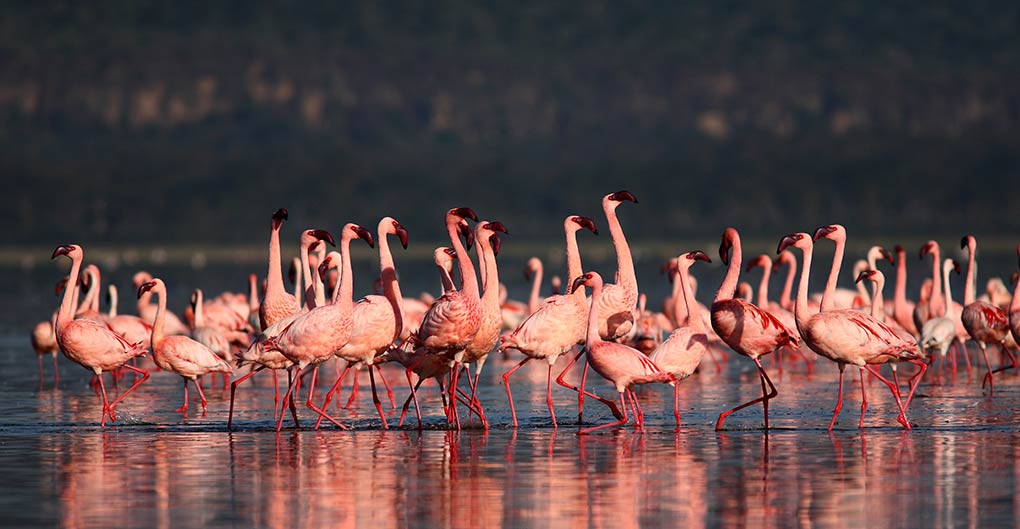
Wildlife of Lake Natron:
The area around Lake Natron is supported some of the wildlife, you might see the occasional zebra or giraffe, but this is one among many reasons to come here.
Lake Natron itself is home to a fascinating ecosystem that flourishes in this harsh environment. The lake consists of millions of Cyanobacteria, salt-loving microorganism that produces their food. As the lake increases in salinity, it also attracts more populations of various bacteria. The lake also hosts a vast number of blue-green alga with red pigments and Spirulina, on which a good number of Lesser Flamingoes feed on.
Lake natron is considered a very aggressive environment, and other organisms cannot live here. The levels of alkalinity become so concentrated at a period that they almost approach that of straight ammonia. Very few predator species can live here, making it a safe breeding ground for the flamingoes.
Climate:
Lake Natron has a tropical savanna climate (with dry winter). The area receives irregular seasonal rainfall, mainly between December and May. Temperature at the lake often range between 24°C to over 40 ° C.
Best time to visit:
Lake Natron is accessible all year round for travellers.
Accessibility:
Lake Natron national park is accessible by road or by air and travellers can visit any time of the year. Flying over the lake offers the special experience with the view of lake serene beauty from the ground.
Accommodation:
Campsites, Lodges, and tented camps of various budgets are available.
Activities:
Walking safari is the making activity in the Lake Natron area. You can walk across the baked mud to the shores of the lake, in which algae and zooplankton thrive, which attracts the flamingos that line the lake’s shore.
Look back at the fascinating view of Ol doinyo Lengai standing tall among rolling hills and flat plains. Its ash-grey color and smoking top remind you that this is still very much an active volcano. The walk around lake natron is best done early in the morning or late afternoon, escaping the heat of the day.
Explore the water fall:
One can include a walk to explore the waterfall when visiting Lake Natron, it is a great experience. The Ngare Sero Waterfall is in the Lake Natron area, below the foot of Ol Doinyo Lengai Mountain. Visitors always add the visit to Waterfalls as part of an extended stay in the region including a Lake Natron stay and/or climbing Ol Doinyo Lengai (Mountain of God).
Hominid foot prints tour:
Walk to hominid footprints provides a unique opportunity to enrich a fact-finding trip to northern Tanzania. A place where researchers have catalogued as a rare find of well-preserved human footprints left in the wet volcanic mud between 5,000 and 19,000 years ago. It’s the only site in Africa with many ancient Homo sapiens footprints, making it a unique site that tell the story of humankind’s earliest days. For best experience a Hominid foot prints tour is done in conjunction with a sundowner.
Take the challenge to hike to the Ol doinyo Lengai to its summit (Not for everybody):
Ol Doinyo Lengai, a sacred “Mountain of God” in the Maa language (Maasai Language), an active volcanic mountain positioned in the Gregory Rift, south of Lake Natron. Ol Doinyo Lengai is part of the volcanic system of the East African Rift valley.
From its summit crater you will have majestic views in the north of the hot barren salt flats of Lake Natron stretch into the distance with a pink colored flamingo covering the grounds, past lies the Kenyan border. From the east the view is dominated by Mount Kilimanjaro and west the forested escarpments and hills comprising the western slopes of Great African Rift Valley. And from the south is the Crater Highlands of Ngorongoro.
The Ol doinyo Lengai climb is so demanding due to the day time heat, steep and unstable slopes of ash and crumbly rocks and lack of water. An early morning climb is recommended and the best approach is climbing from the west where the morning sun can be avoided for a while.

